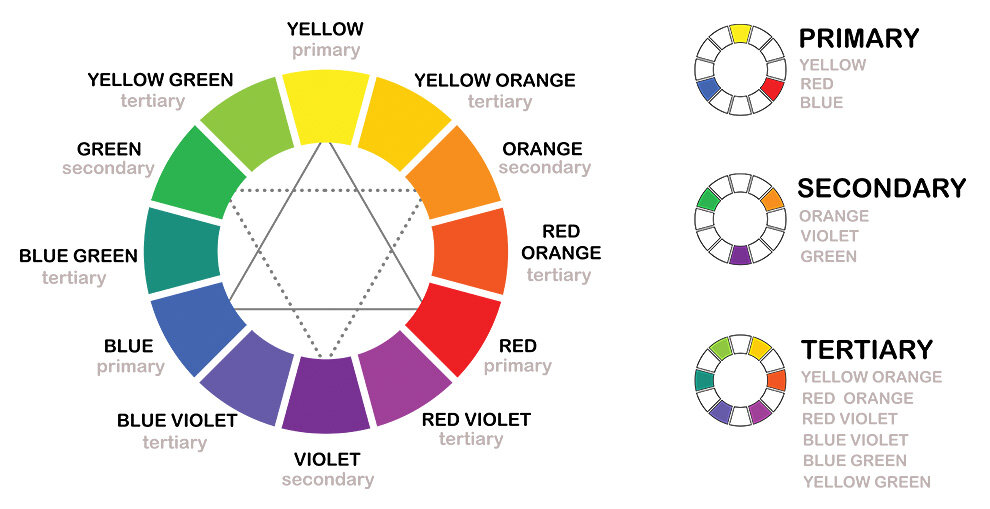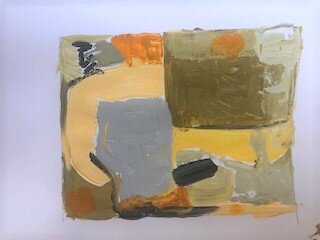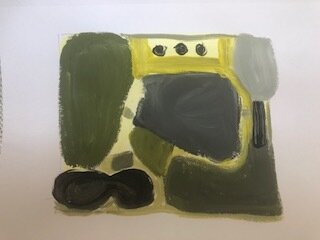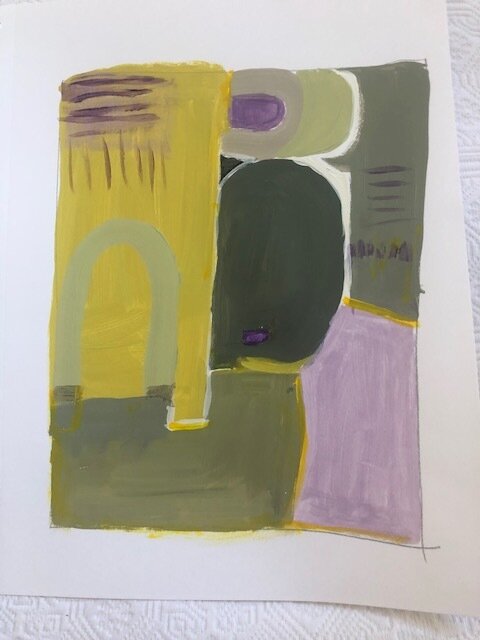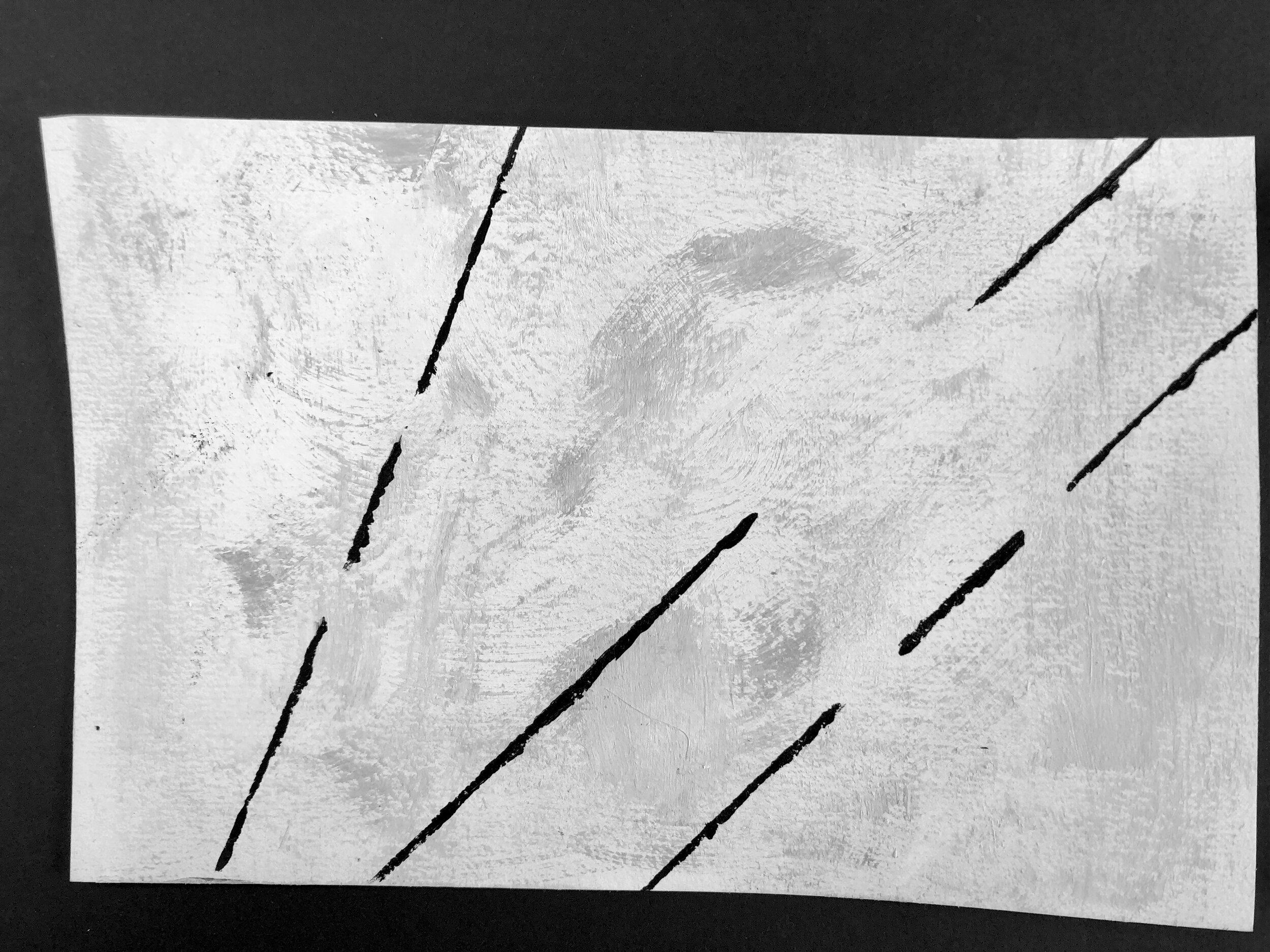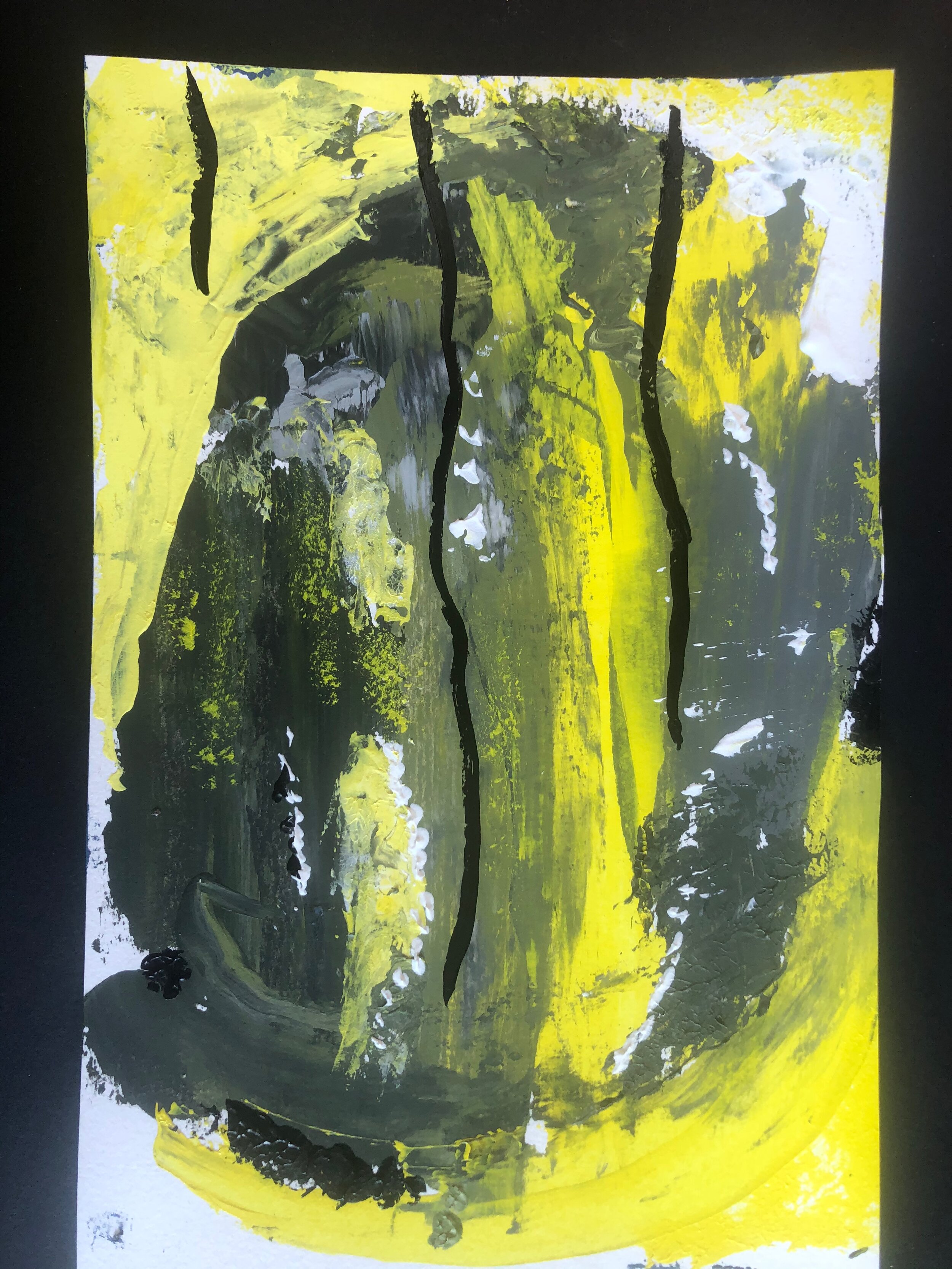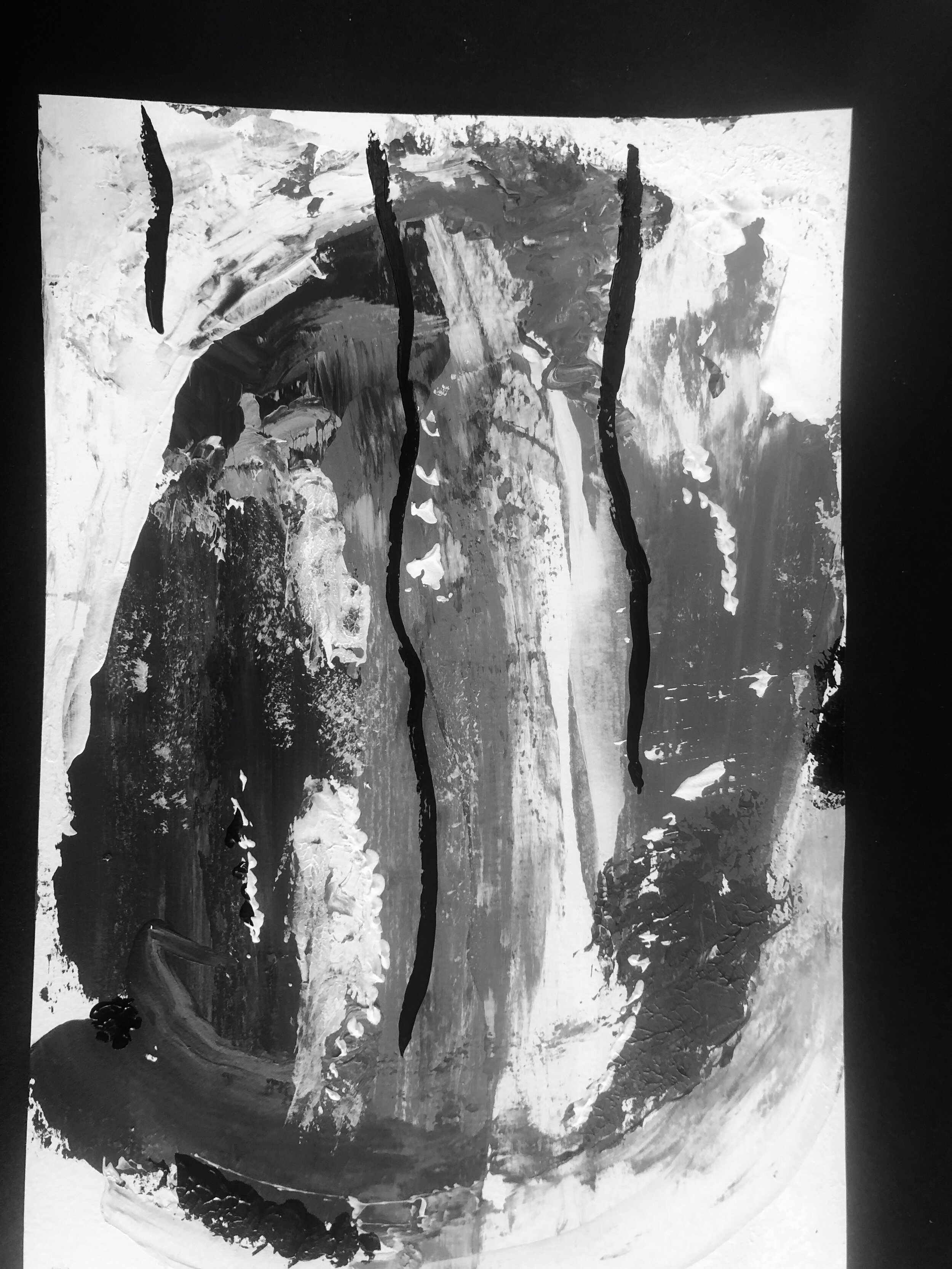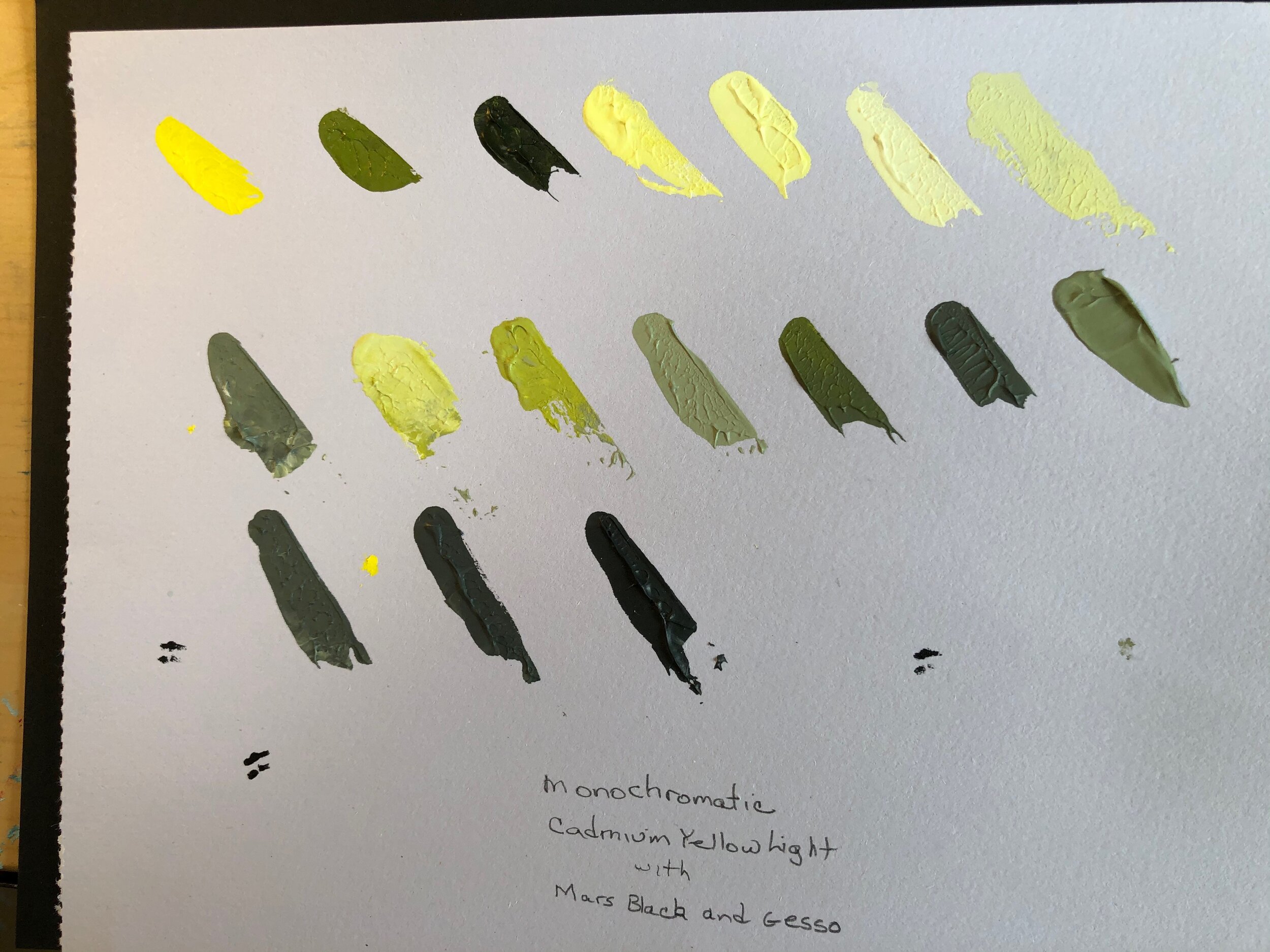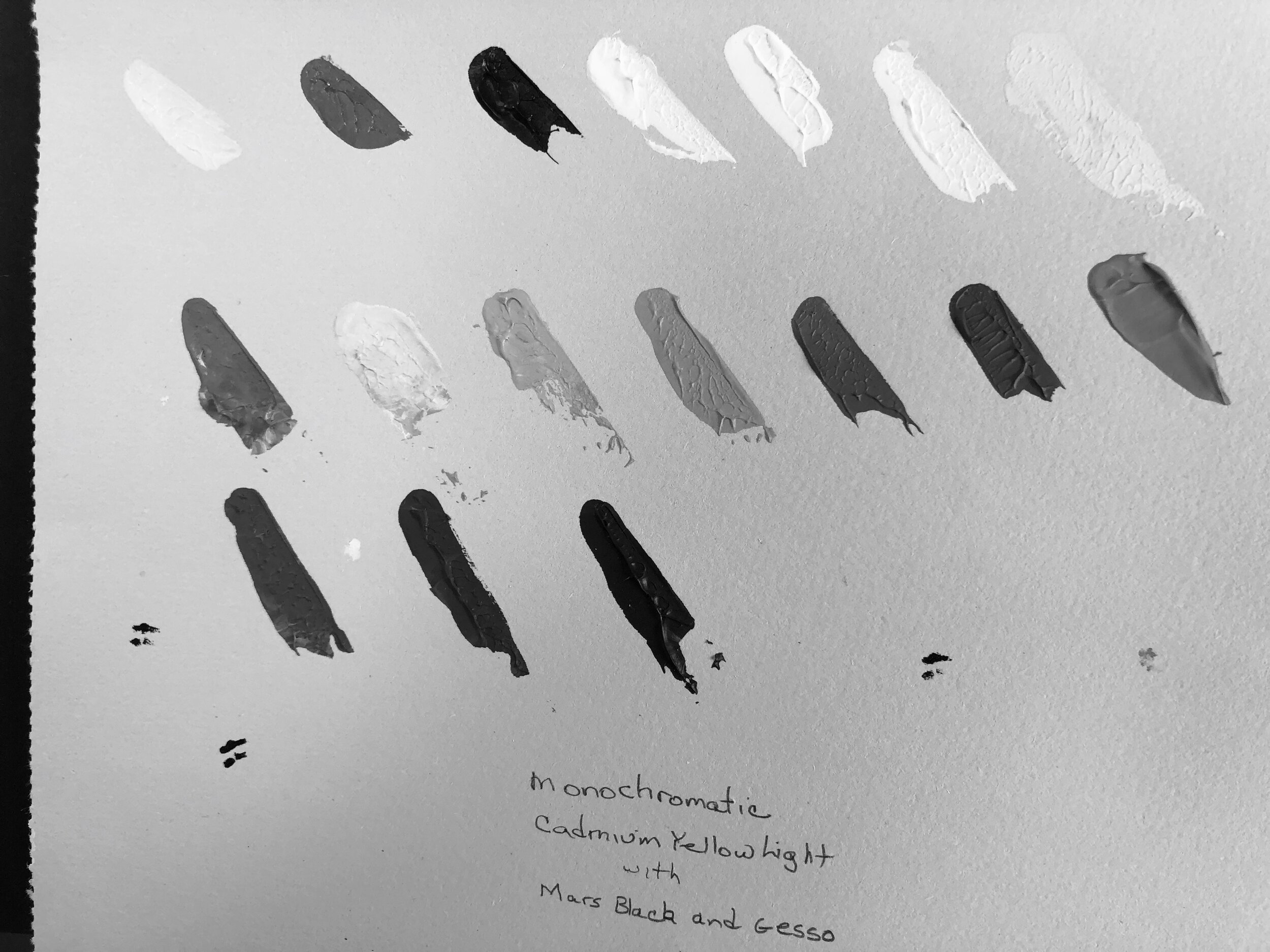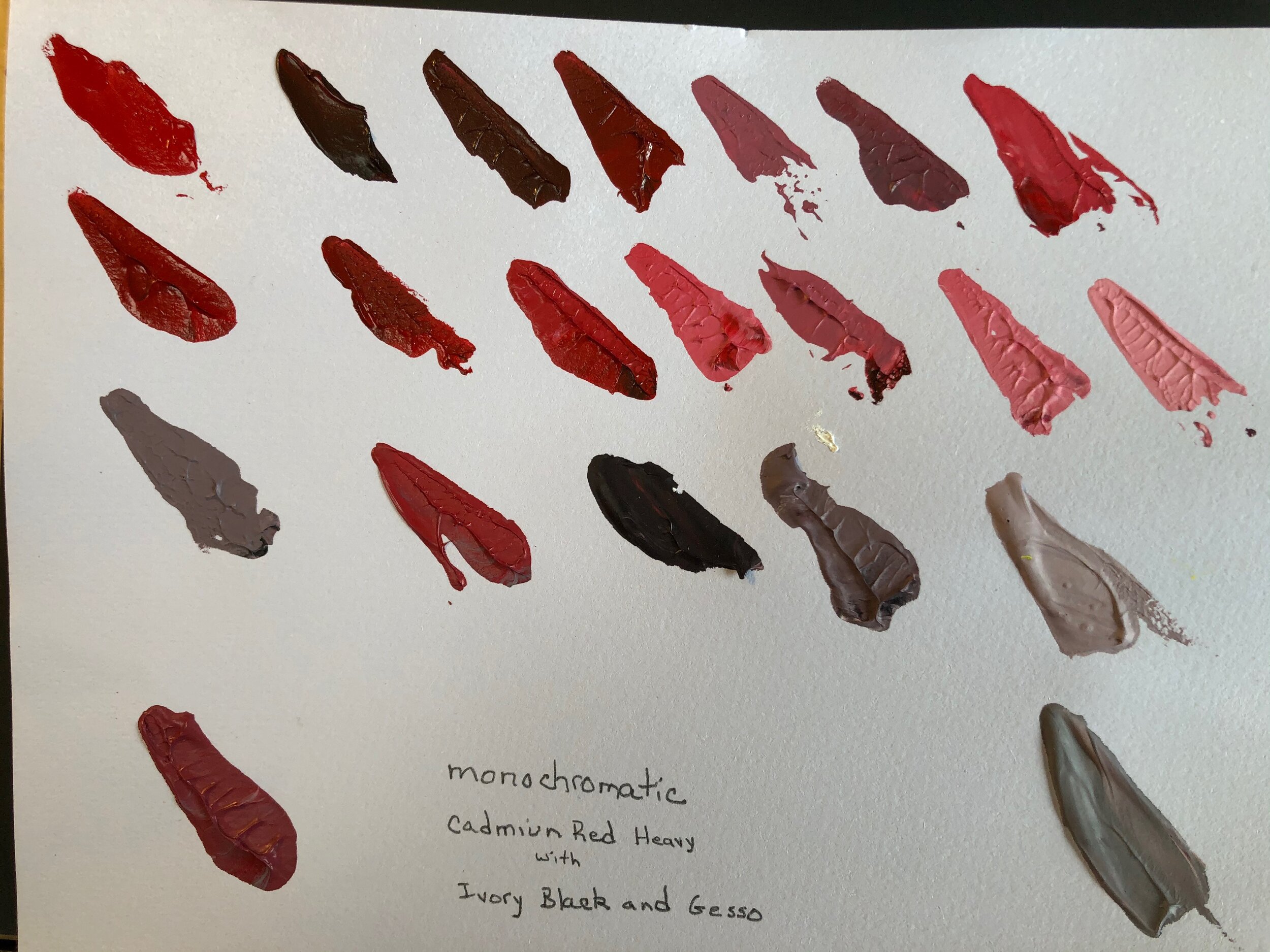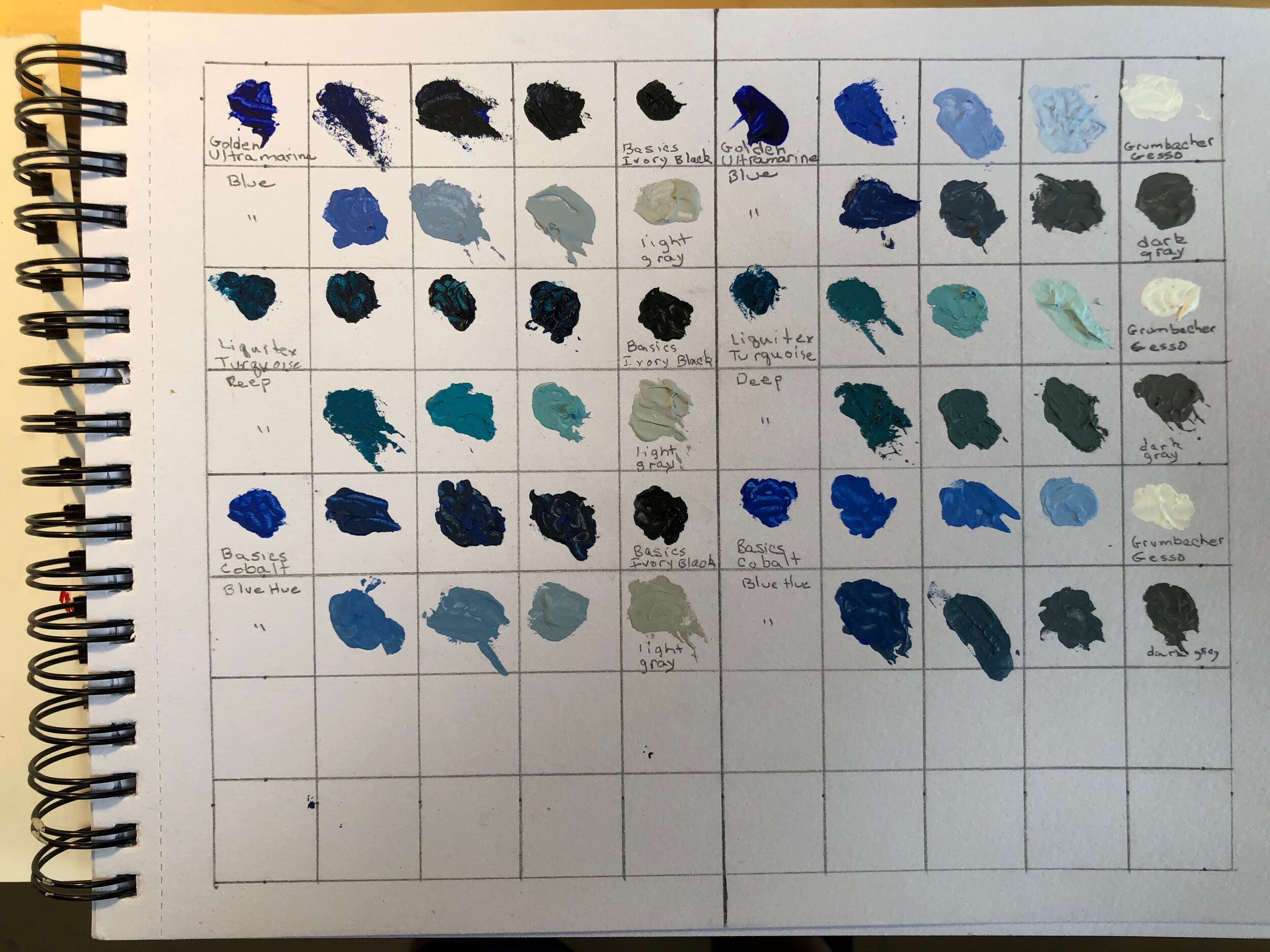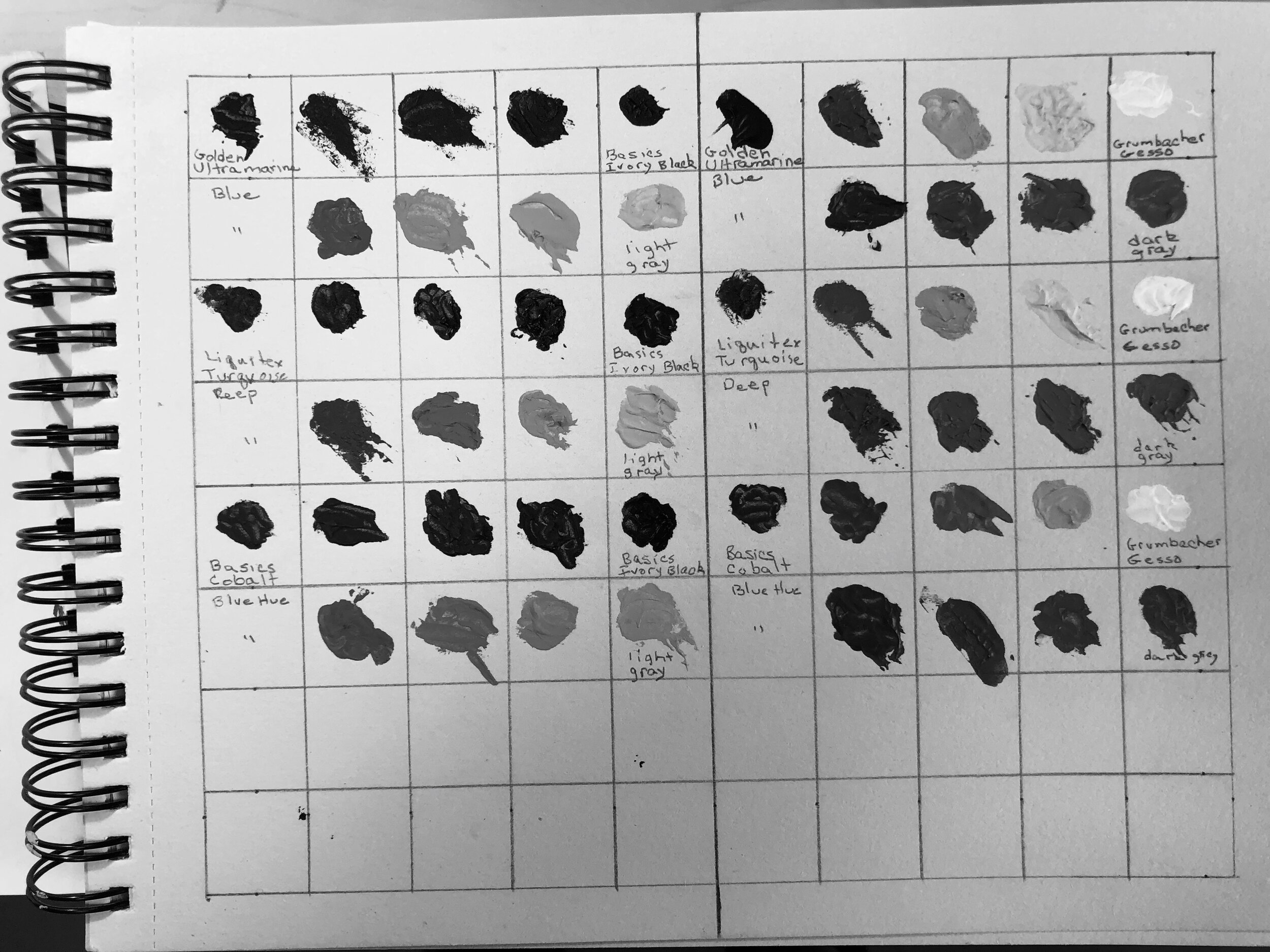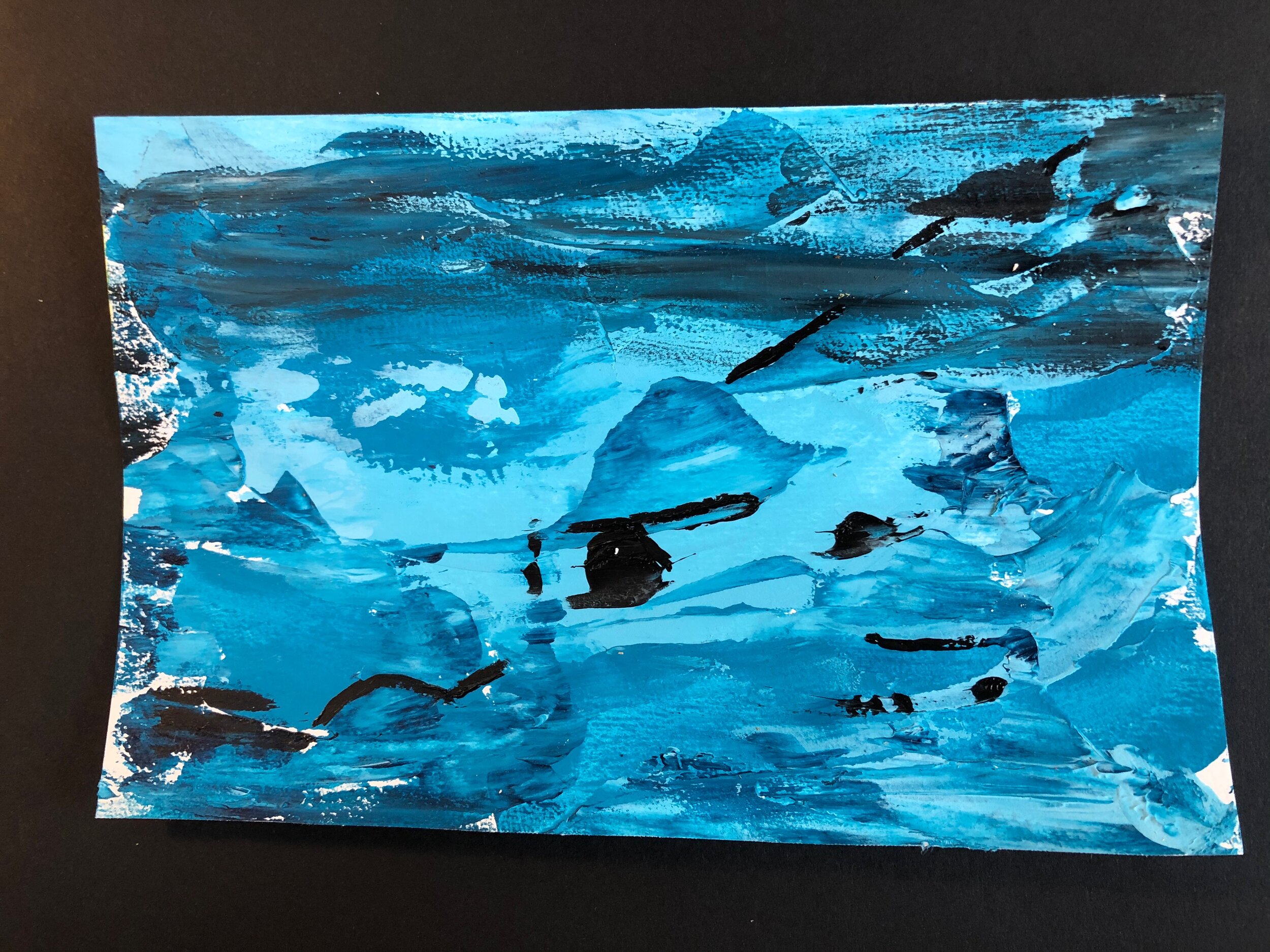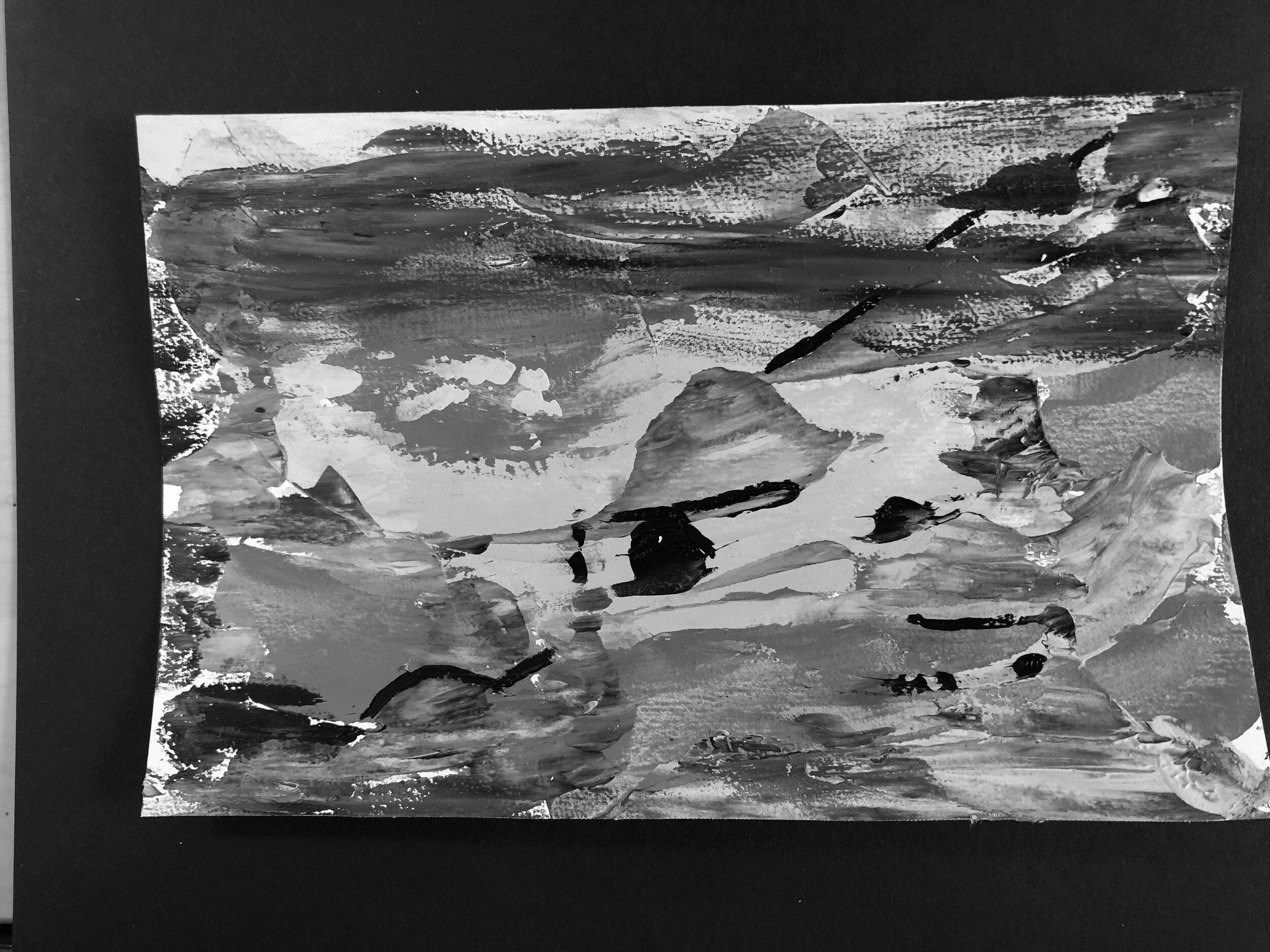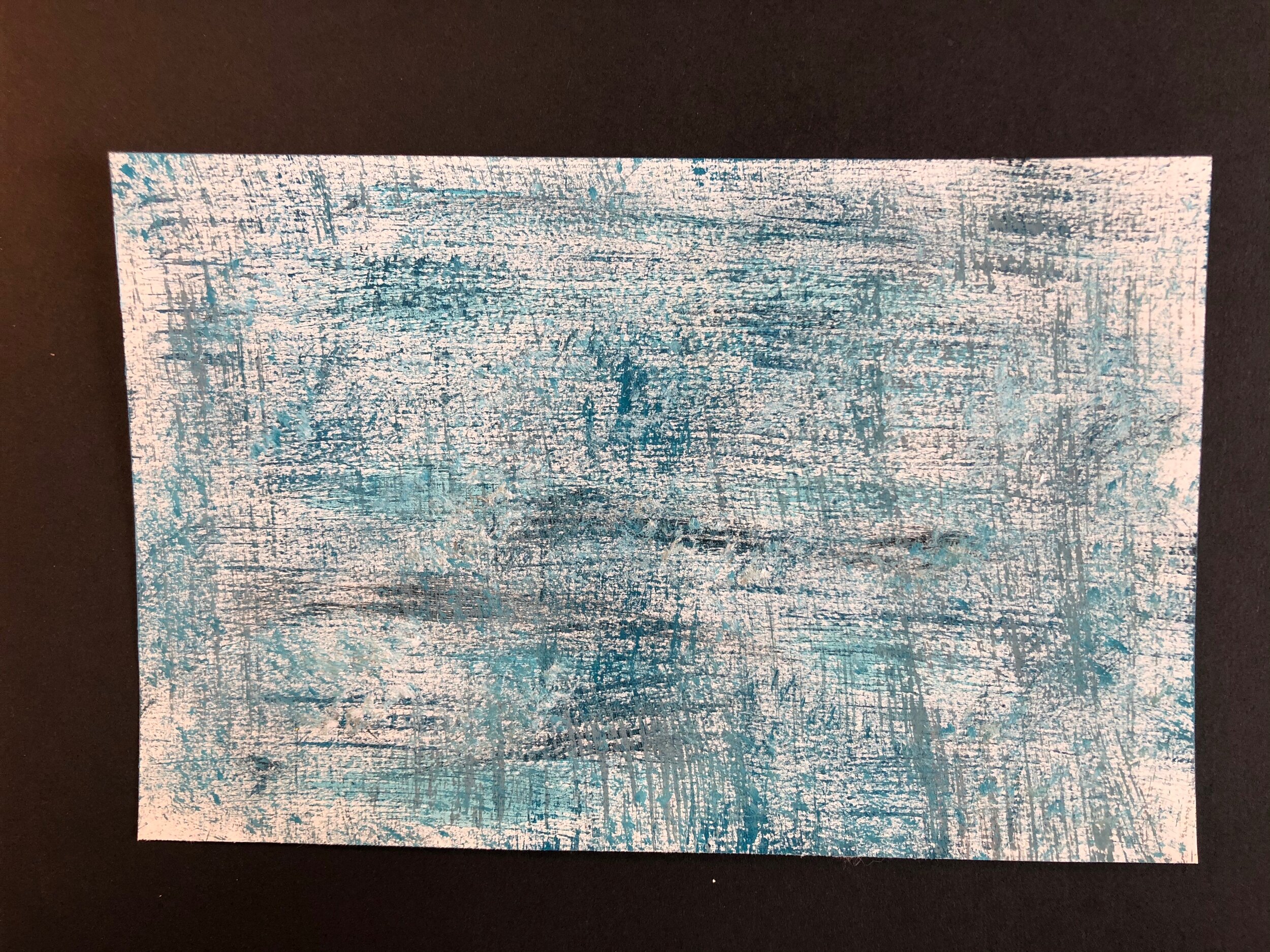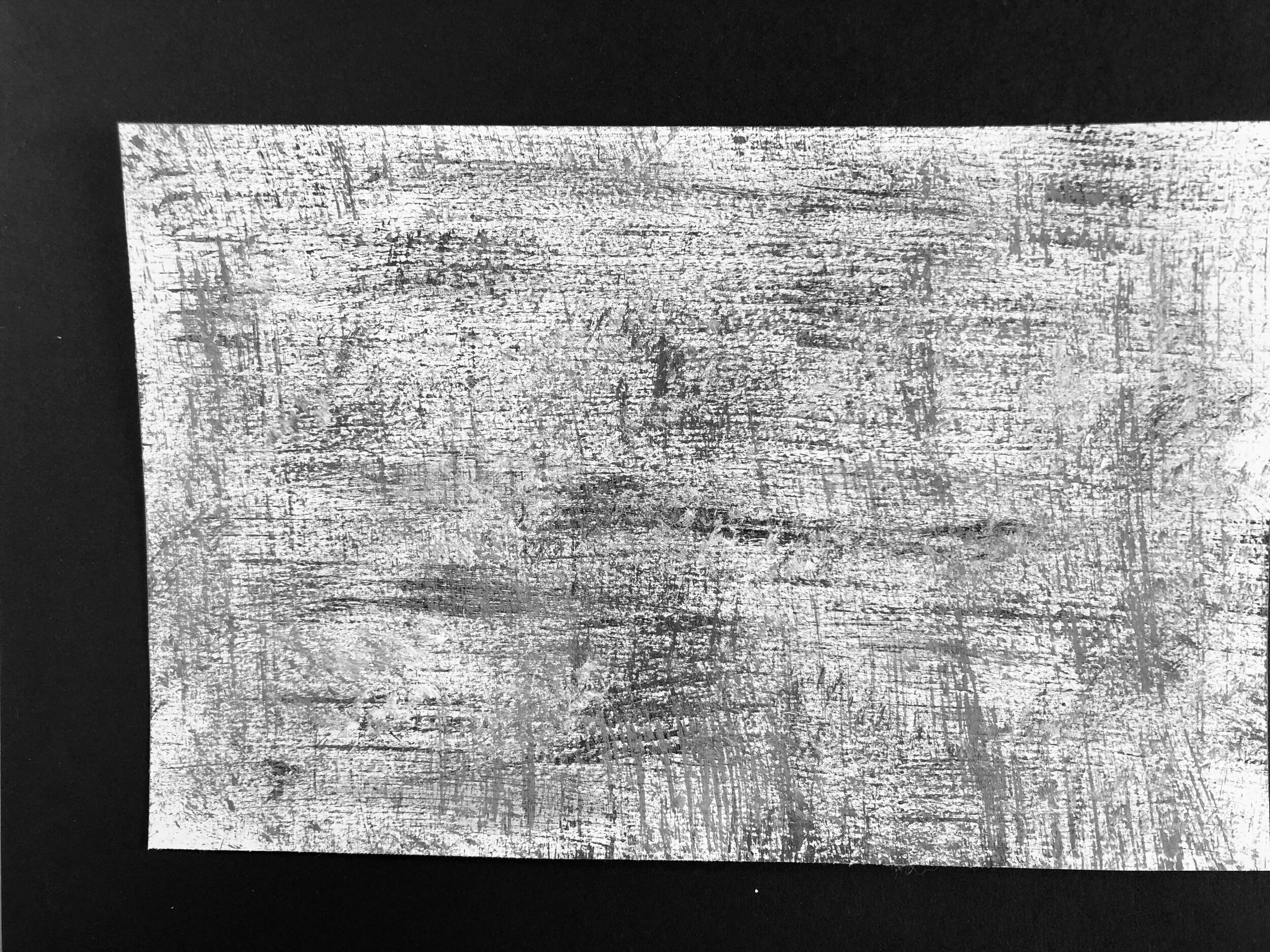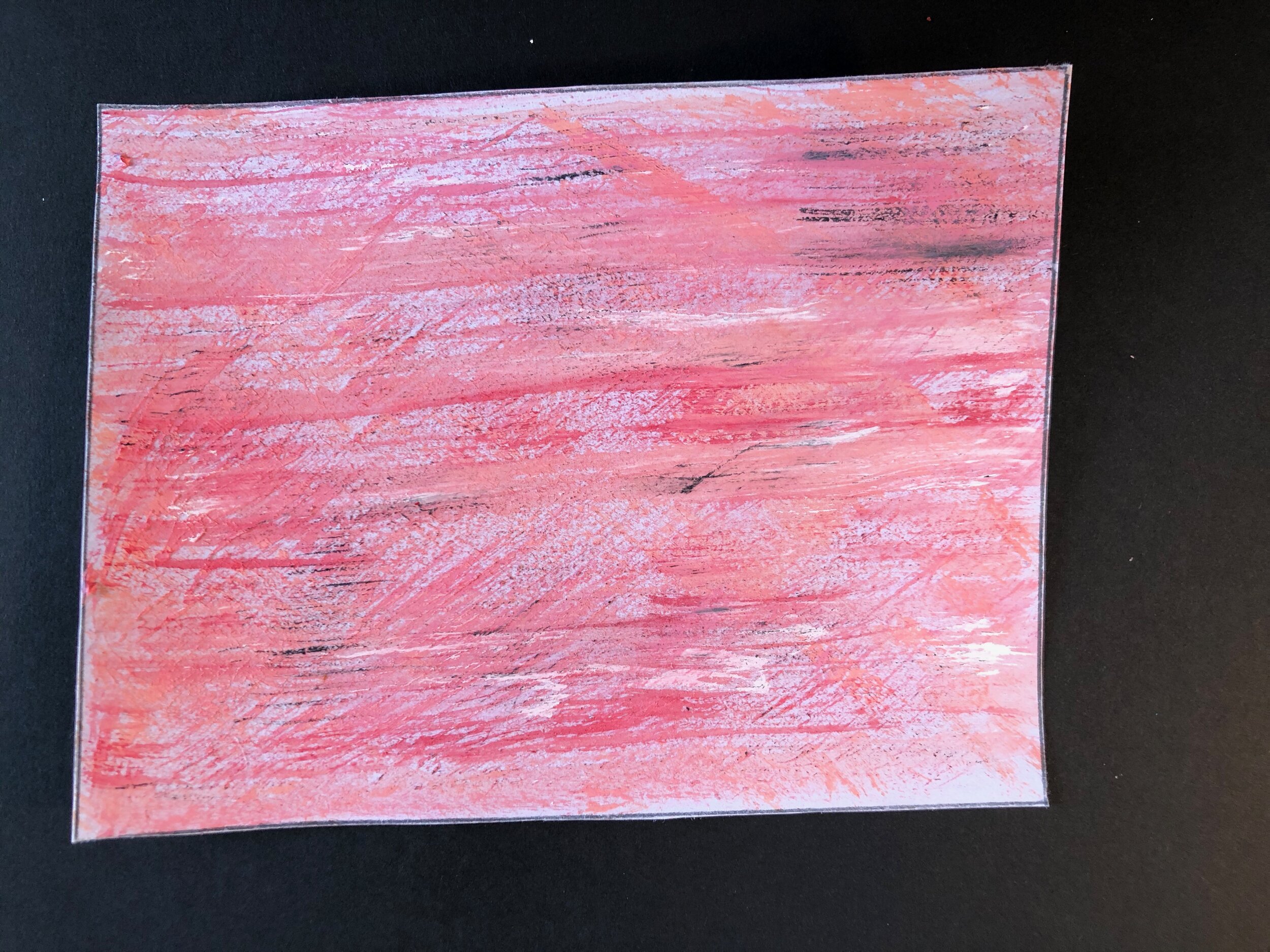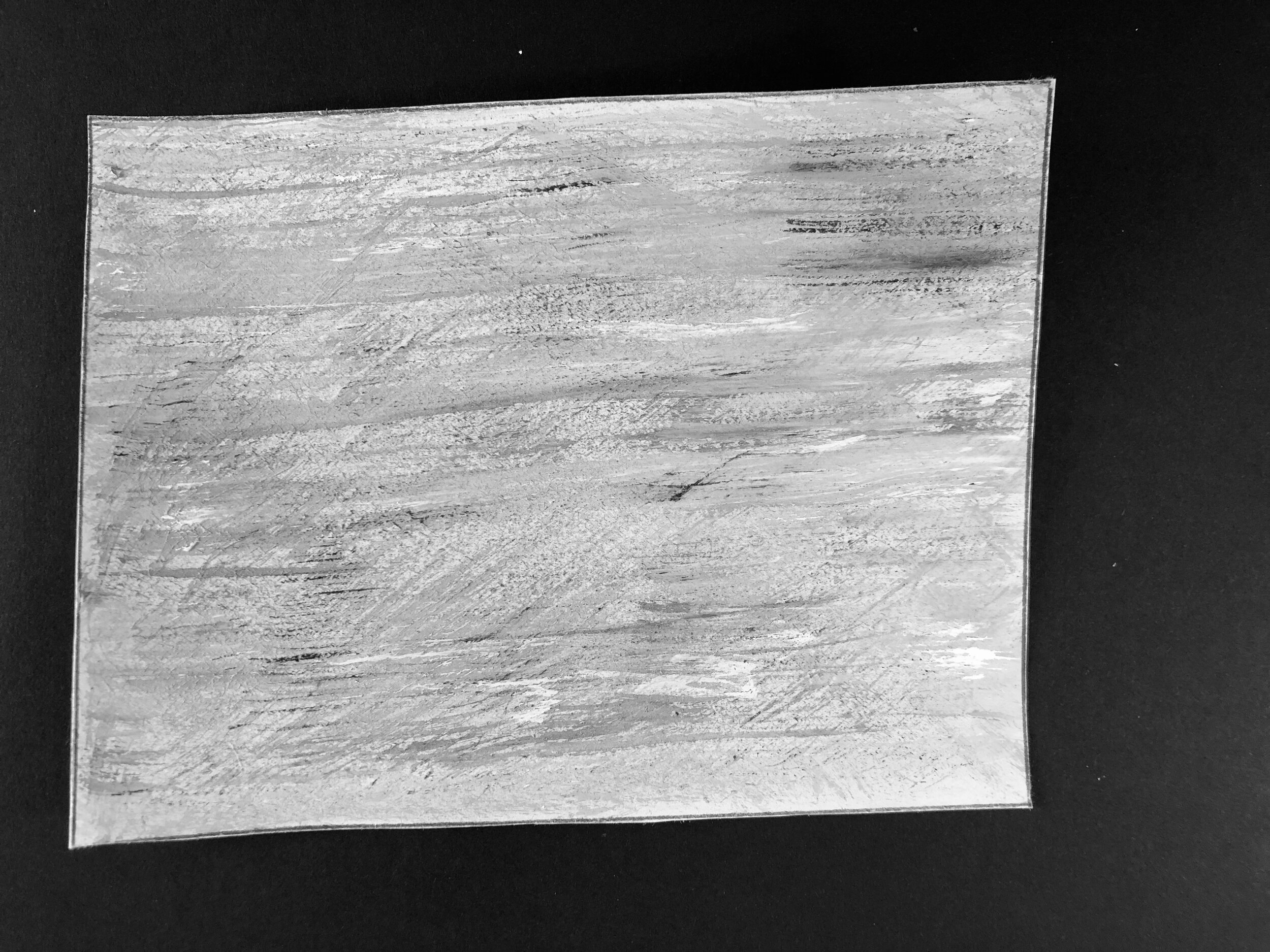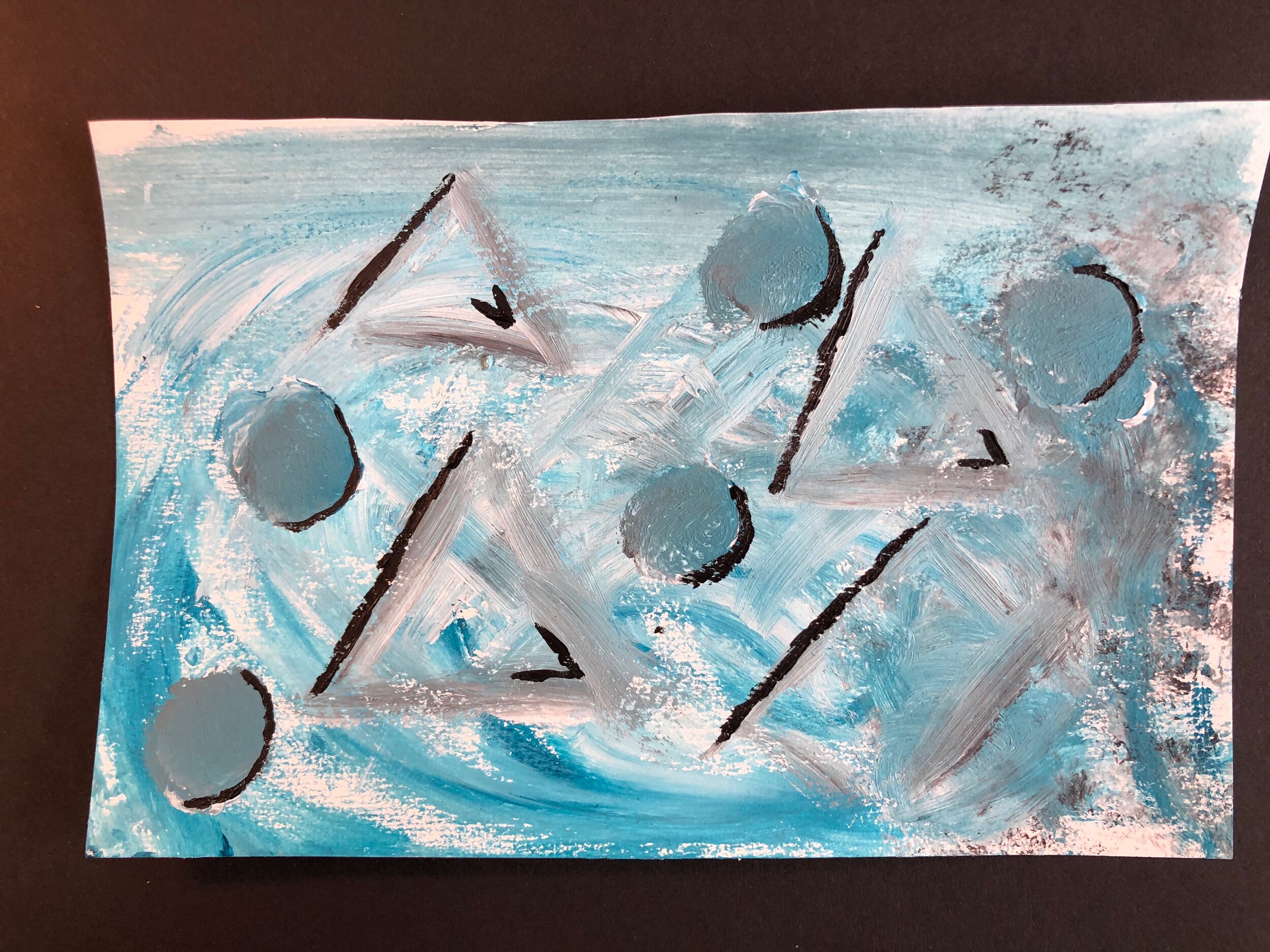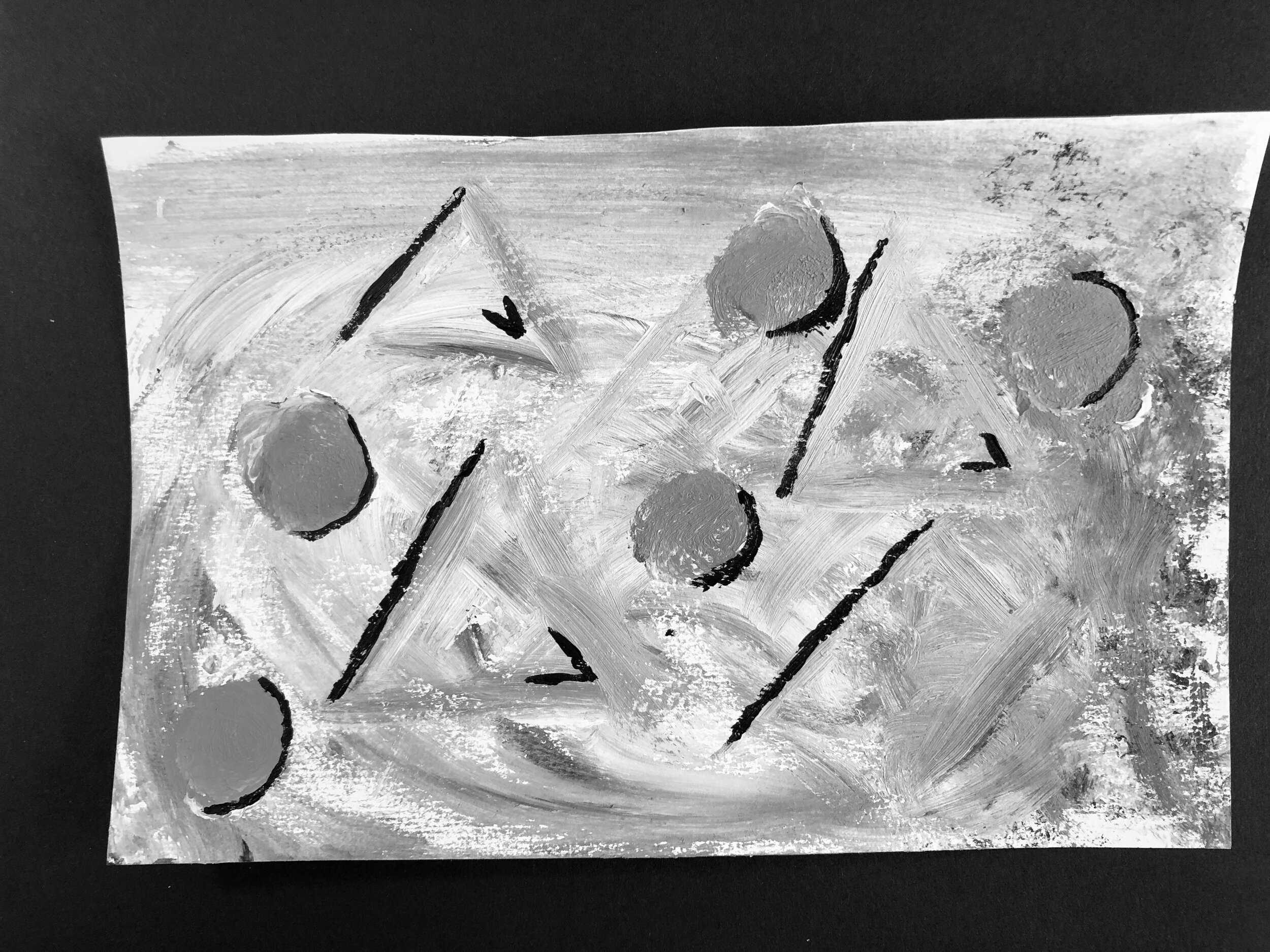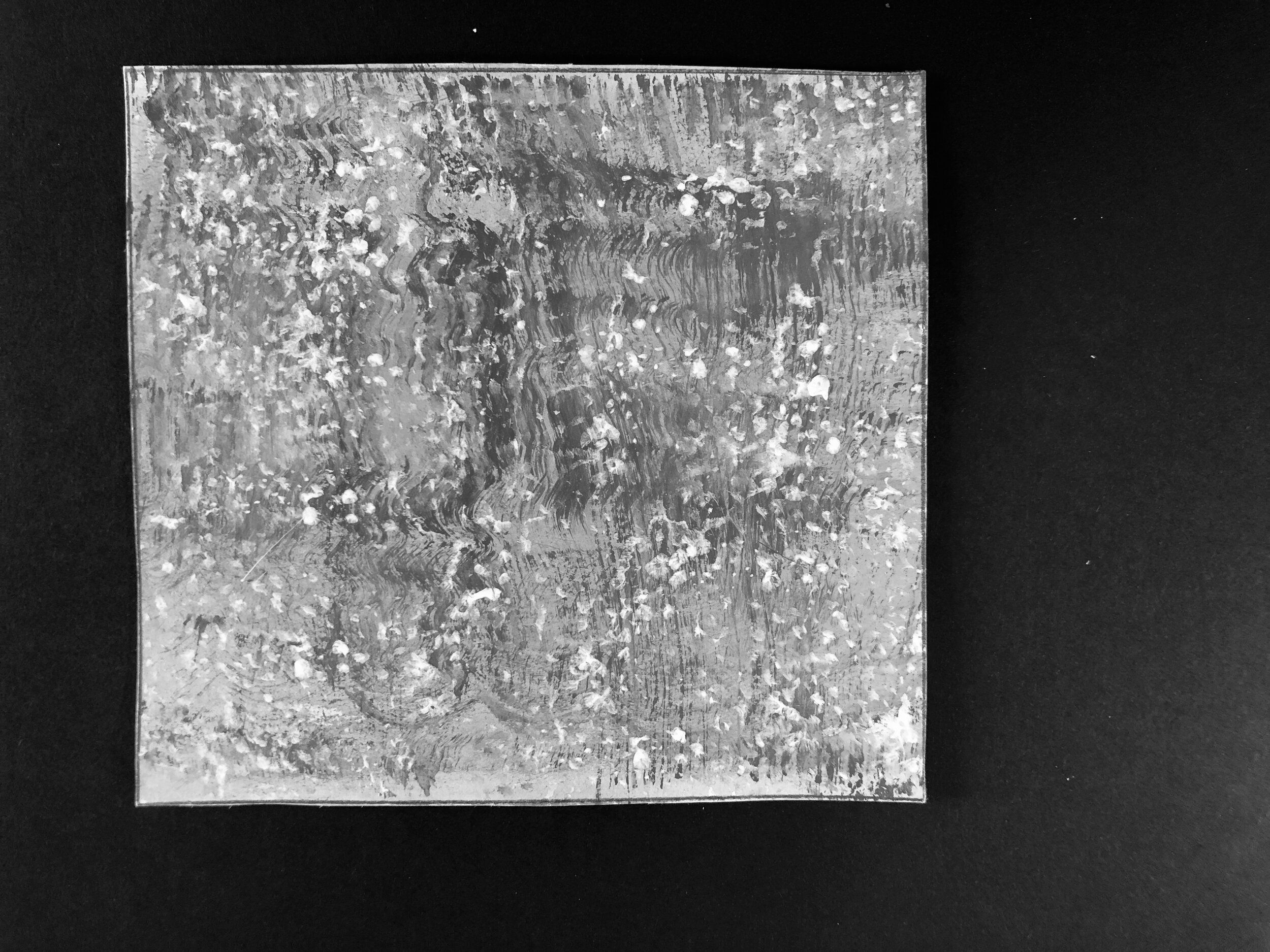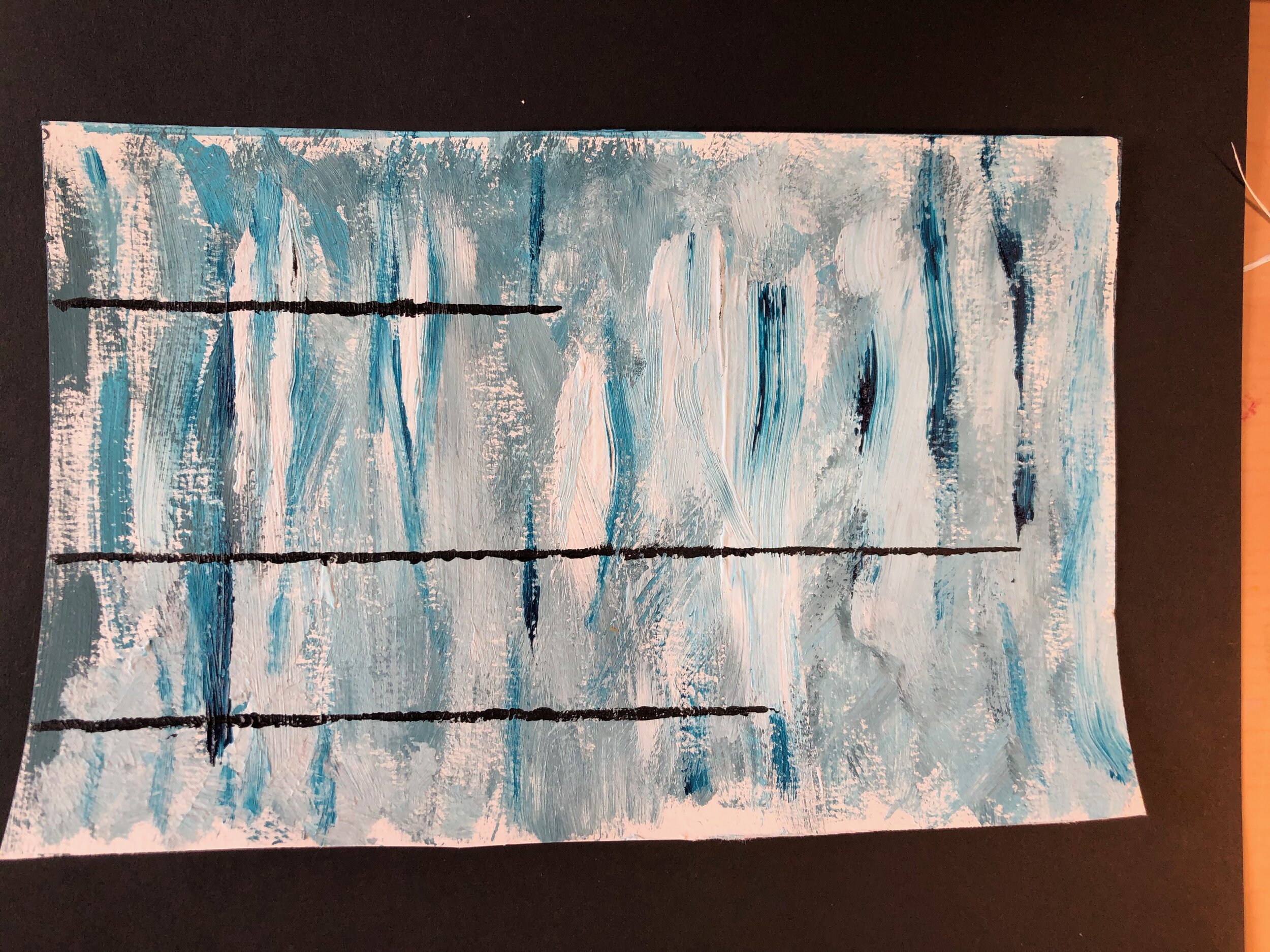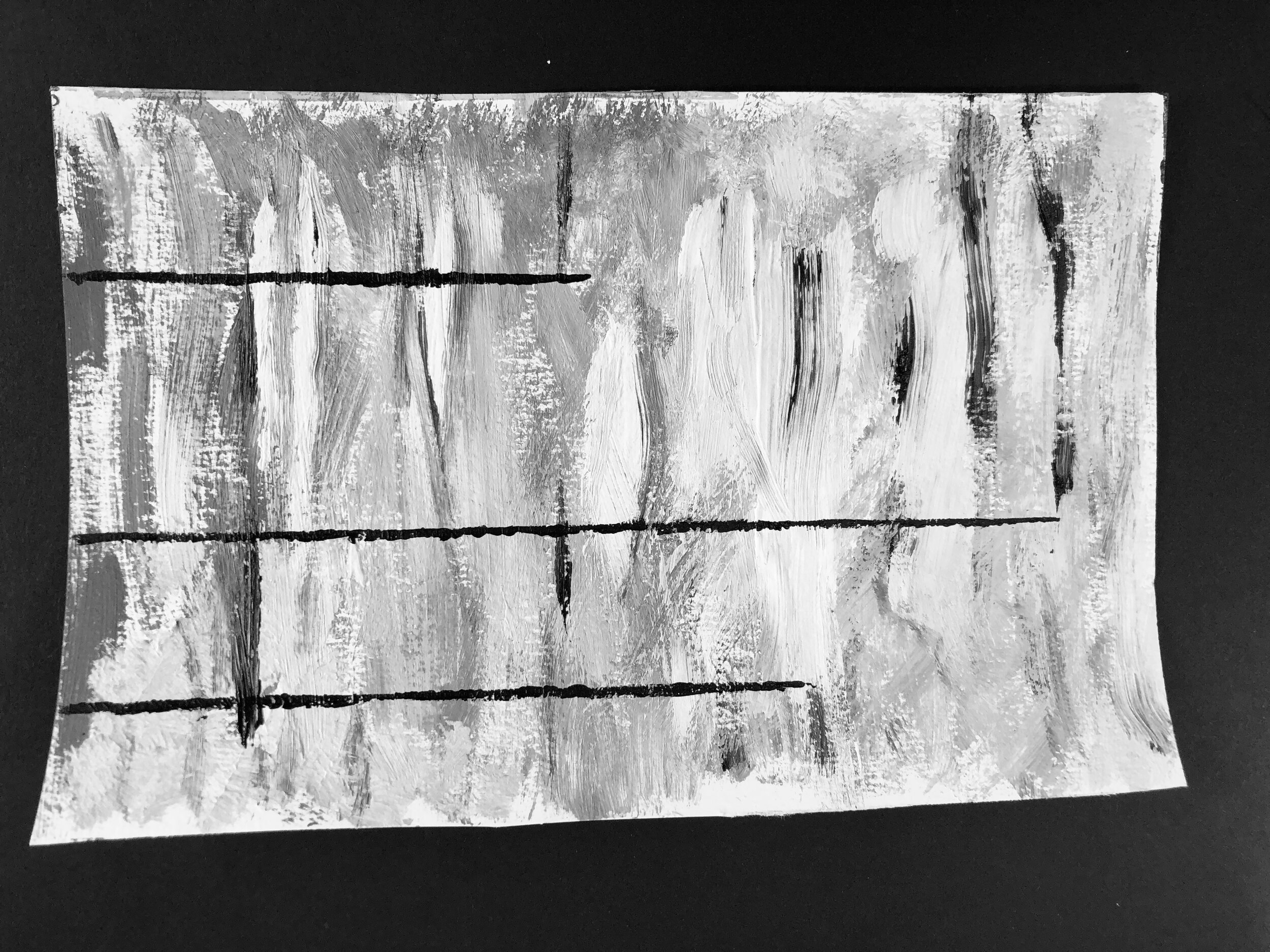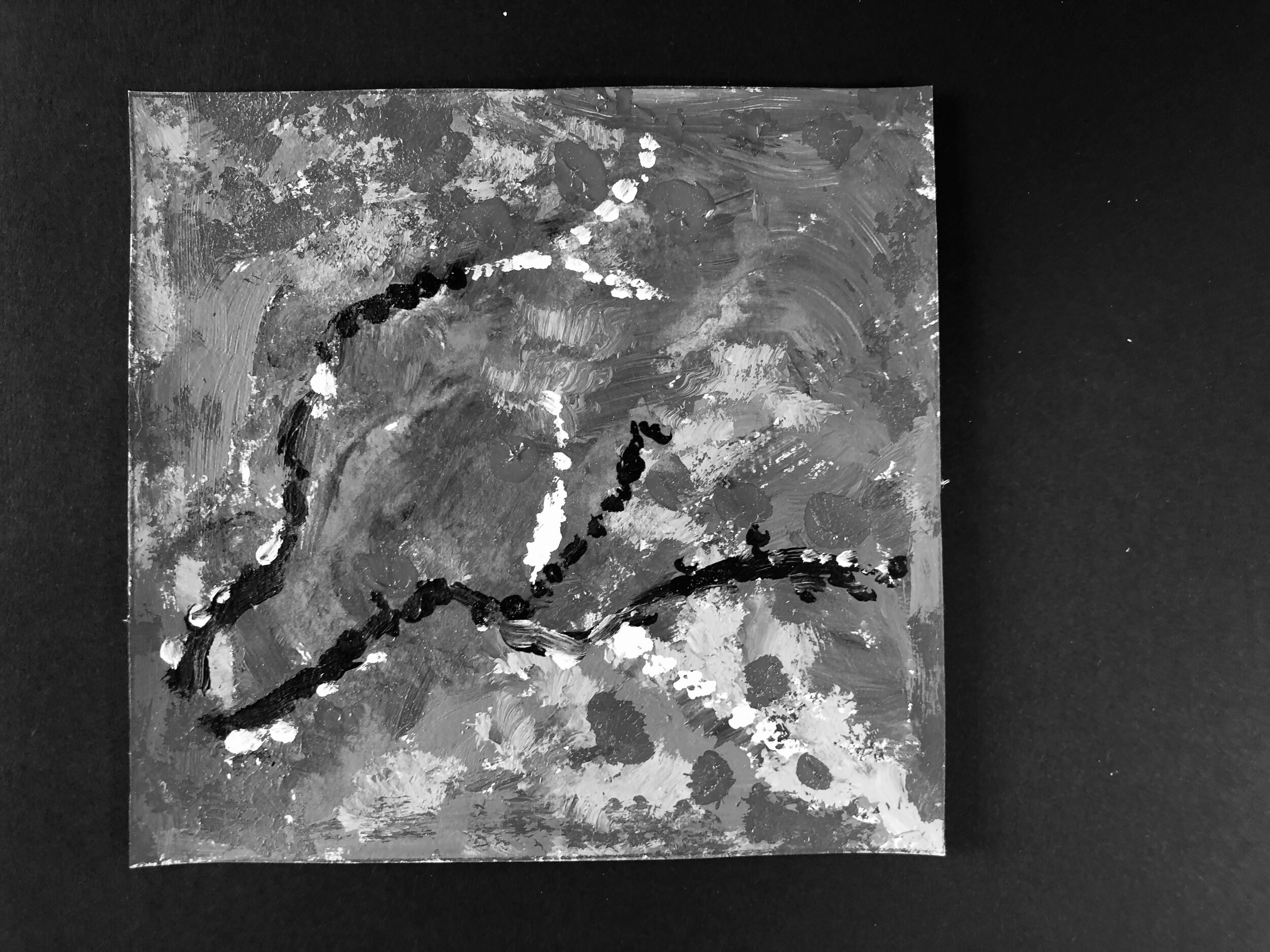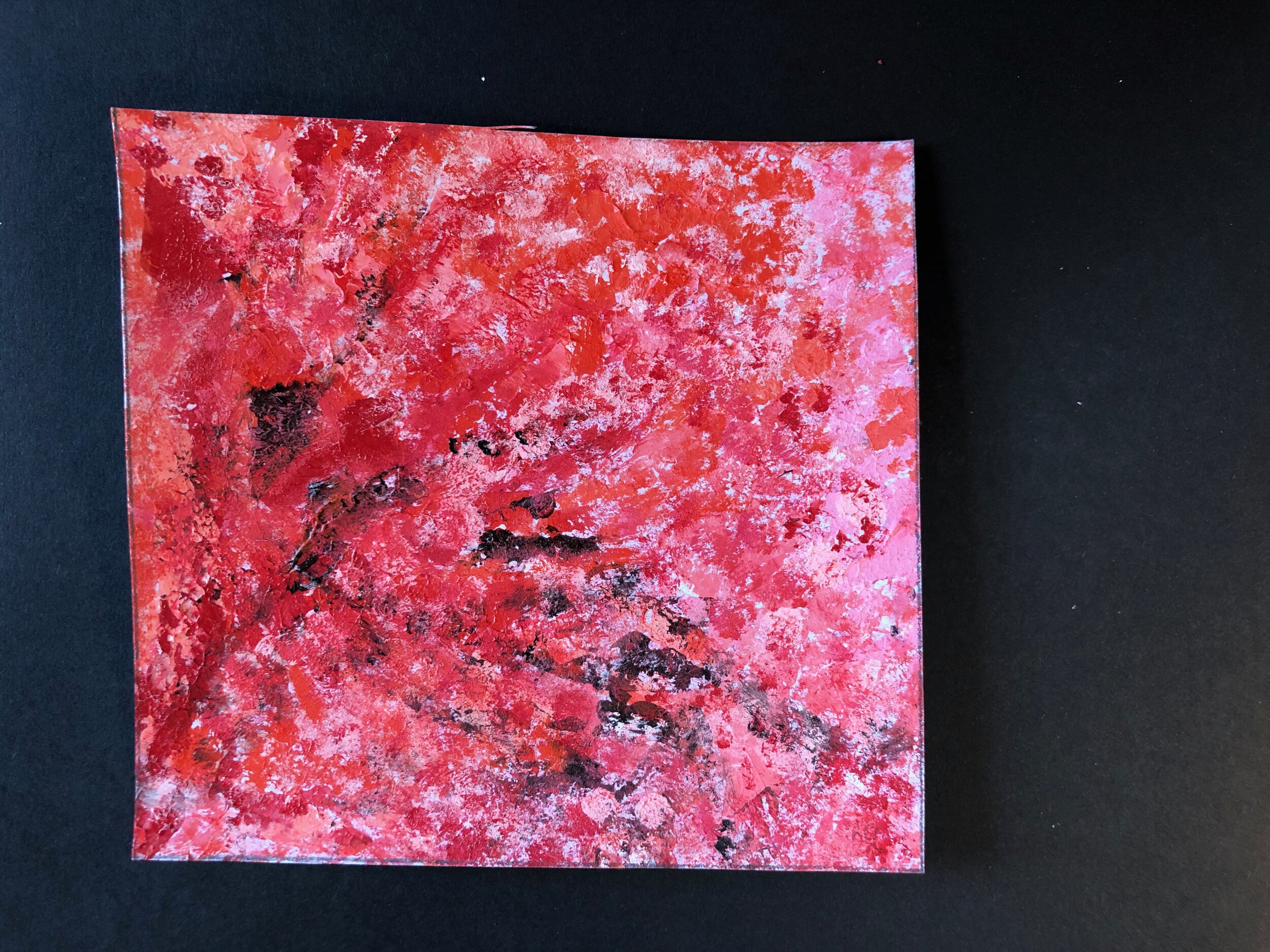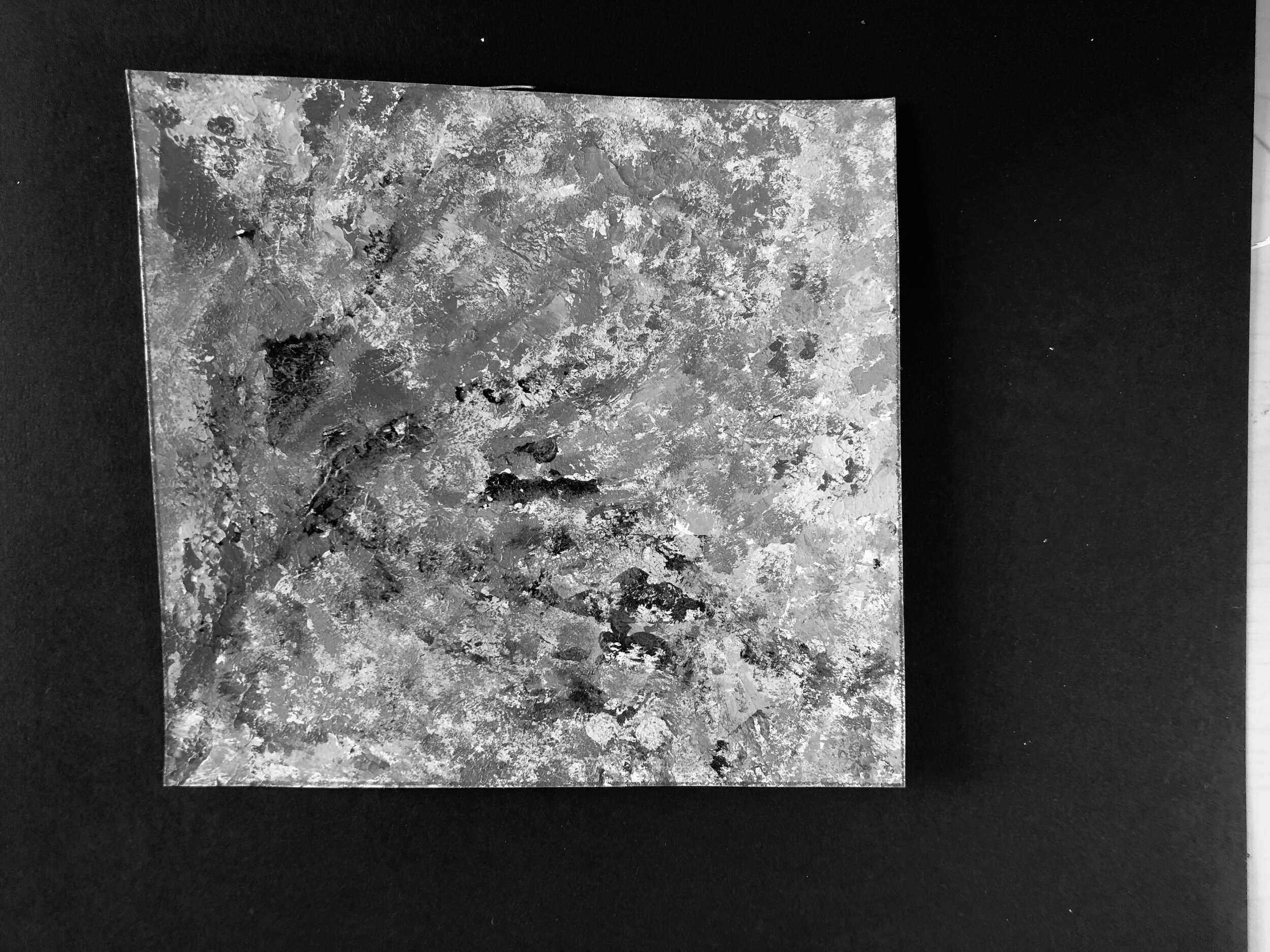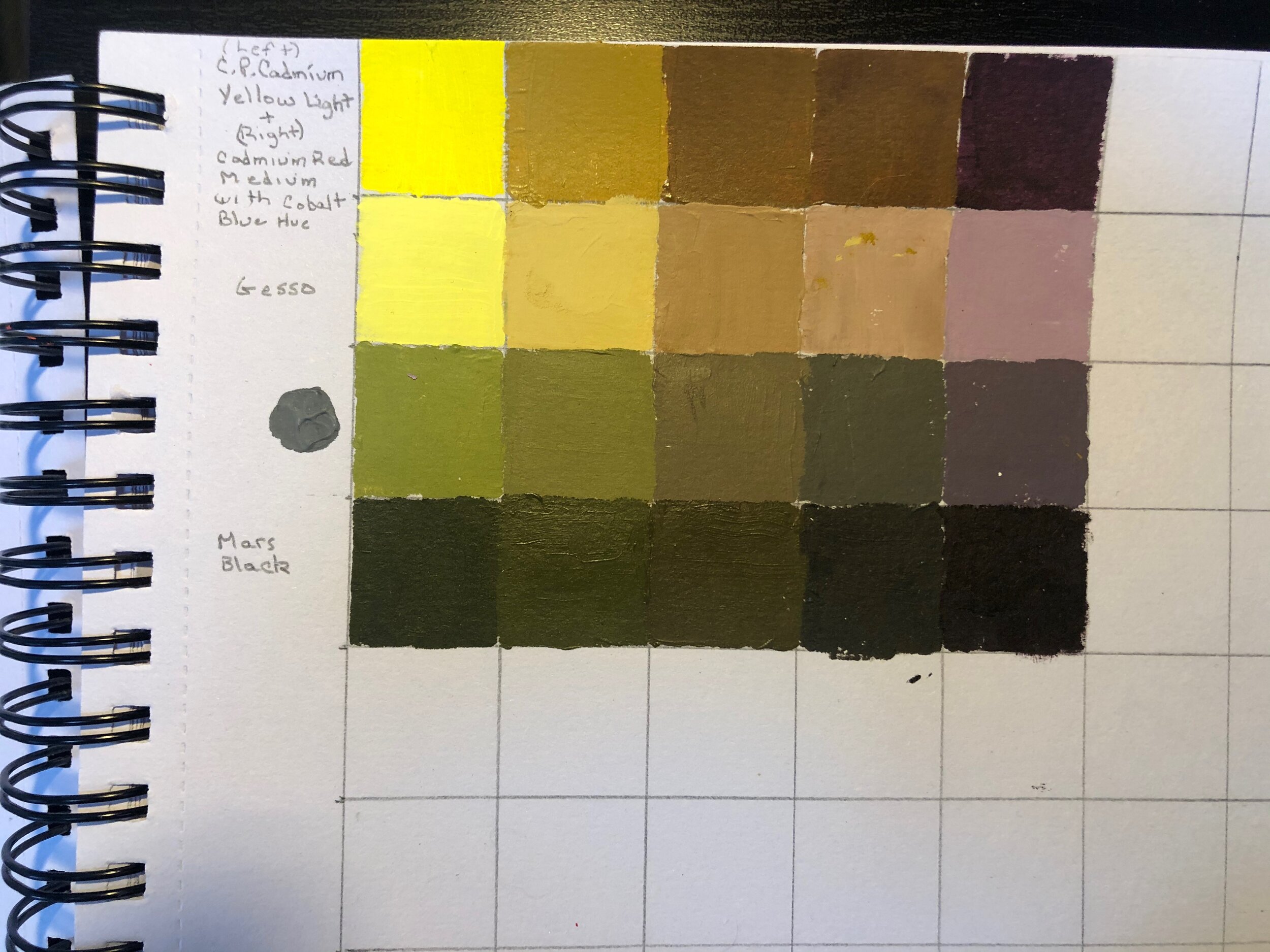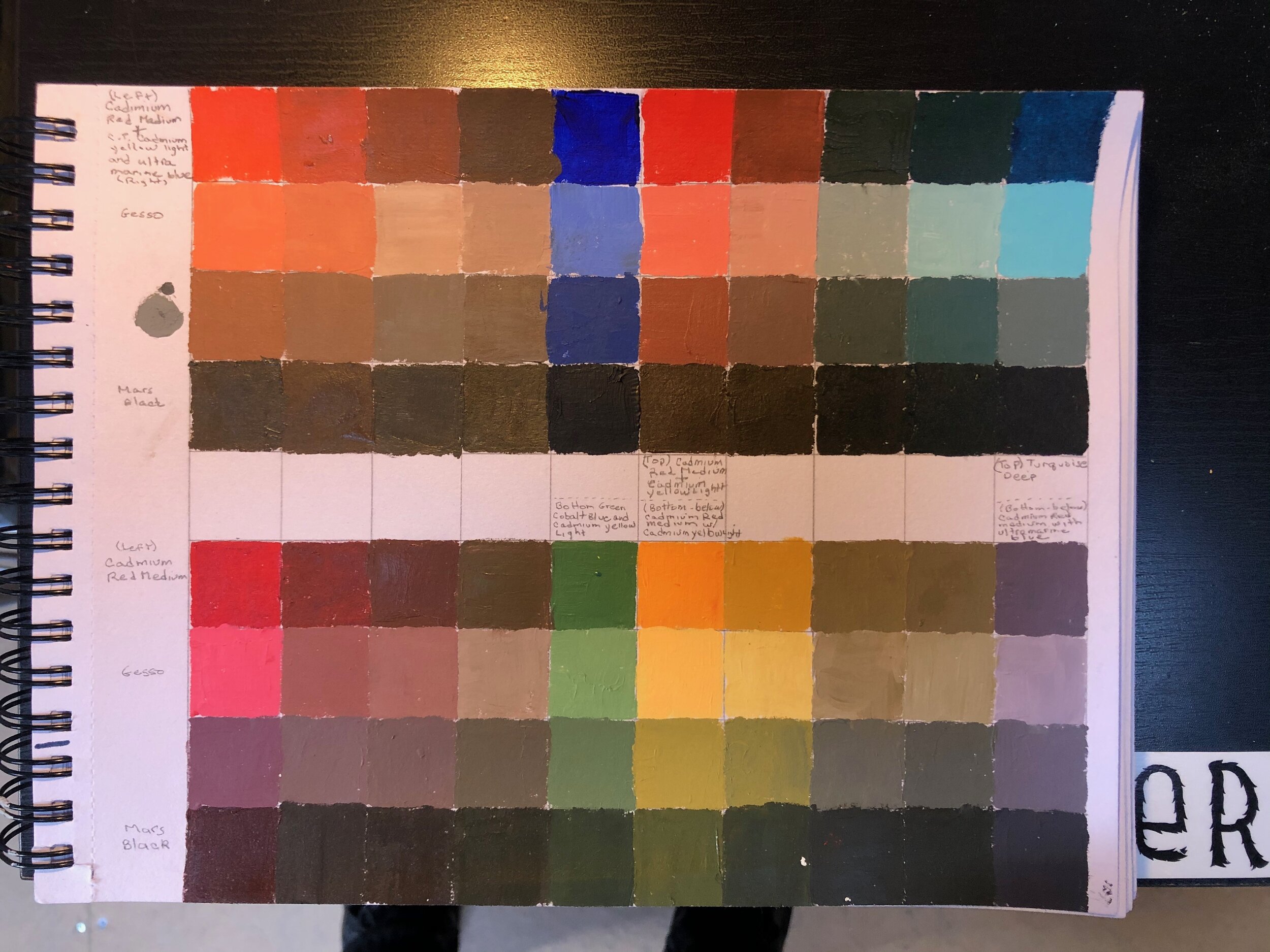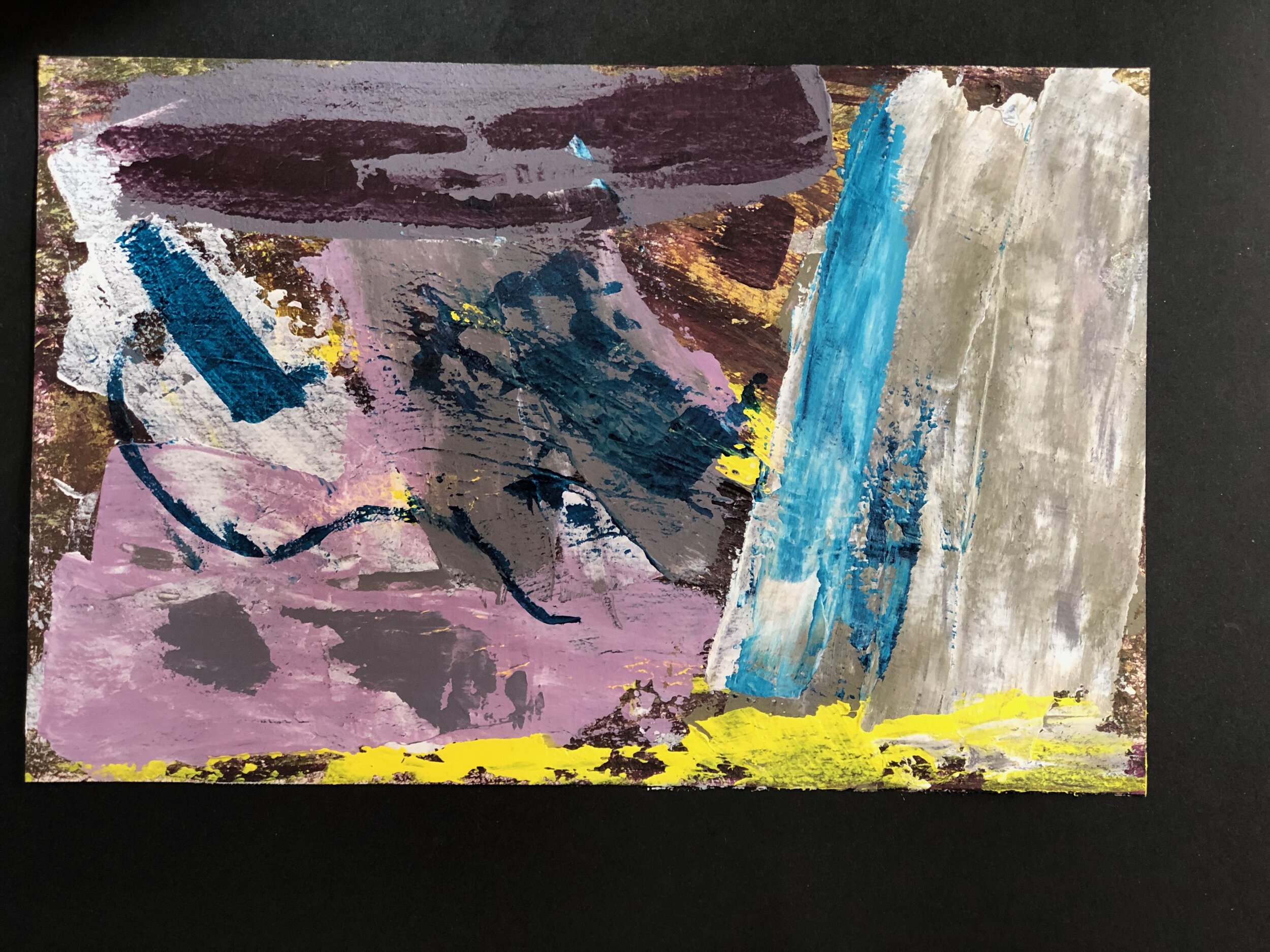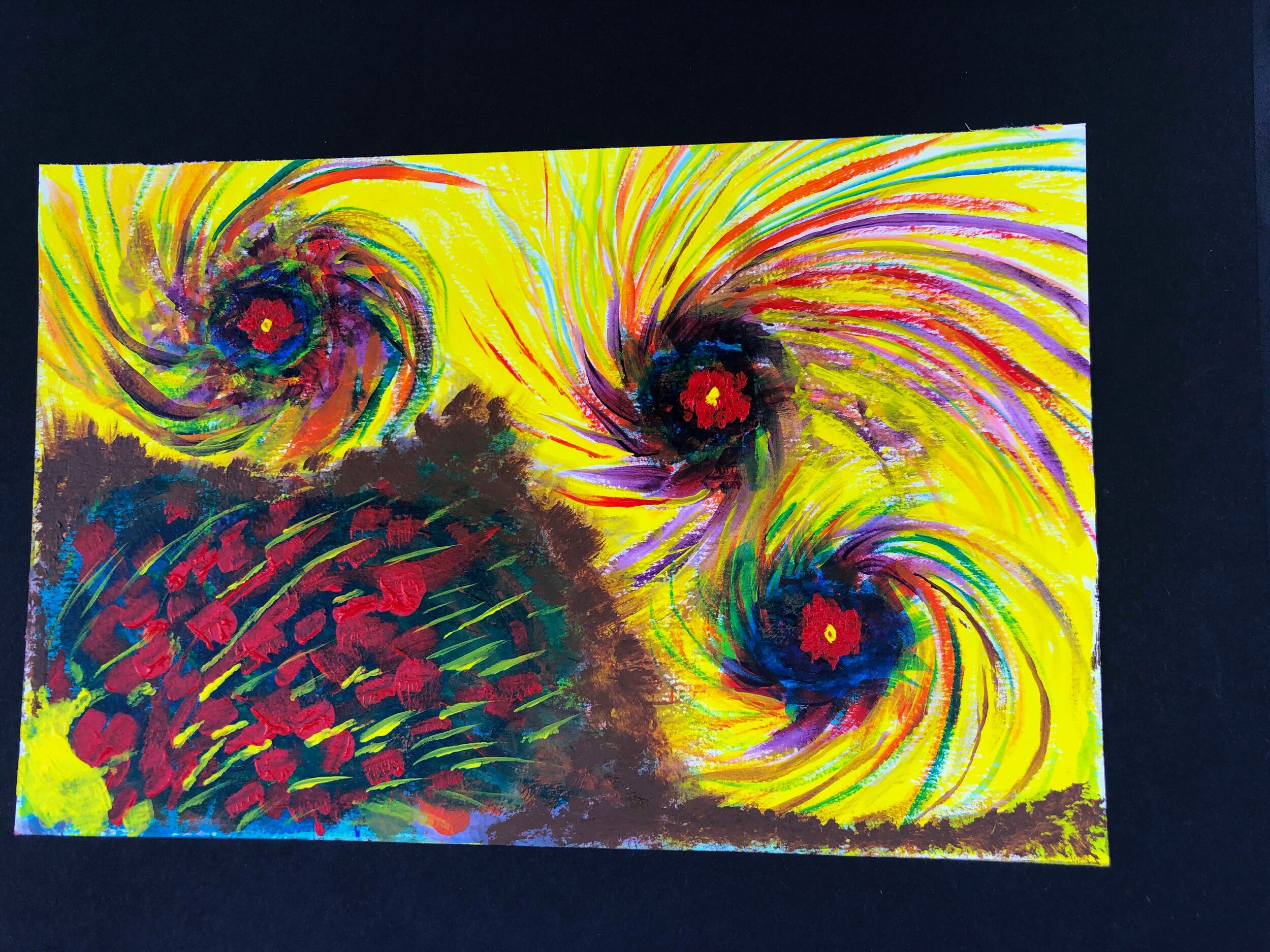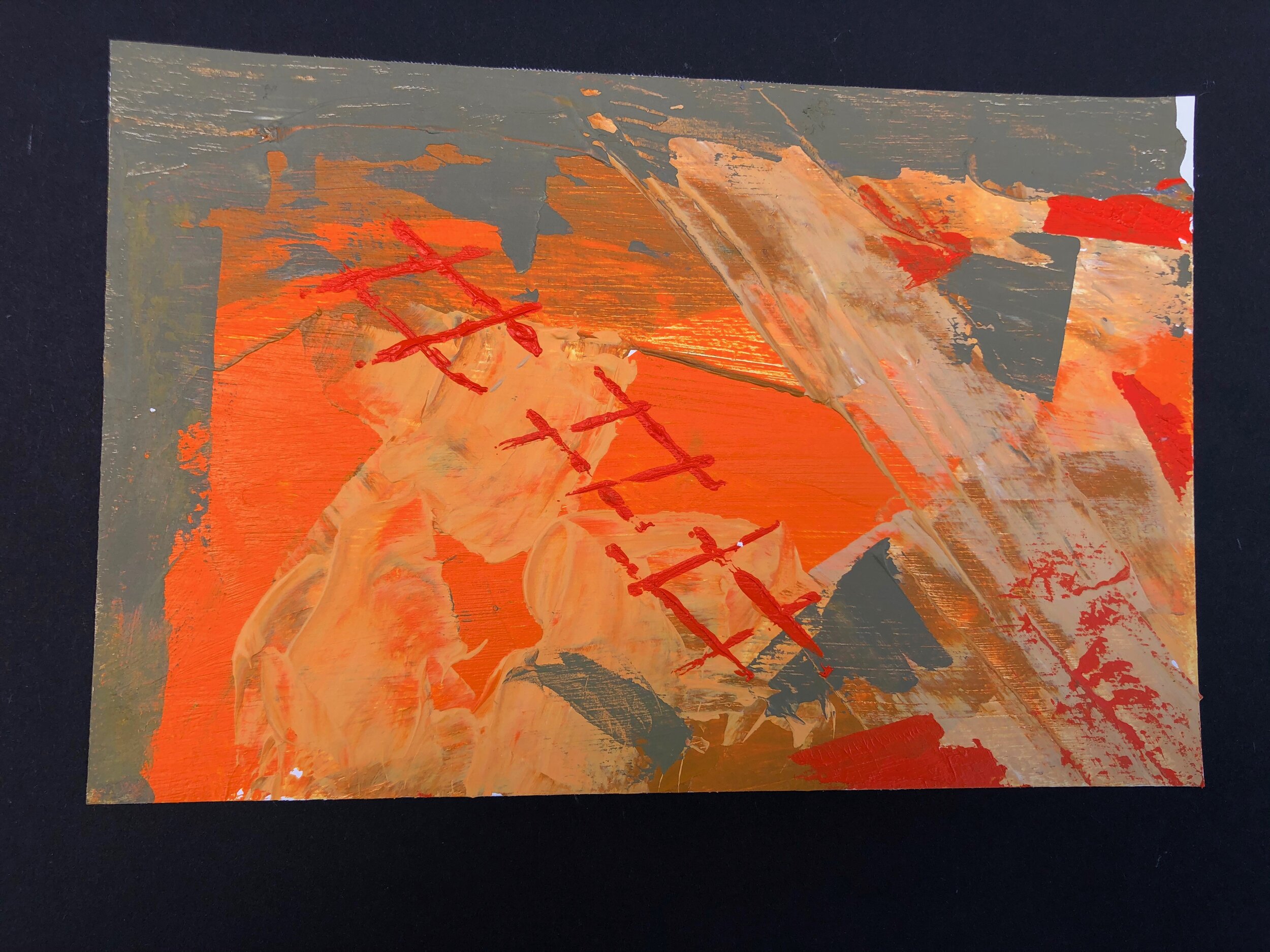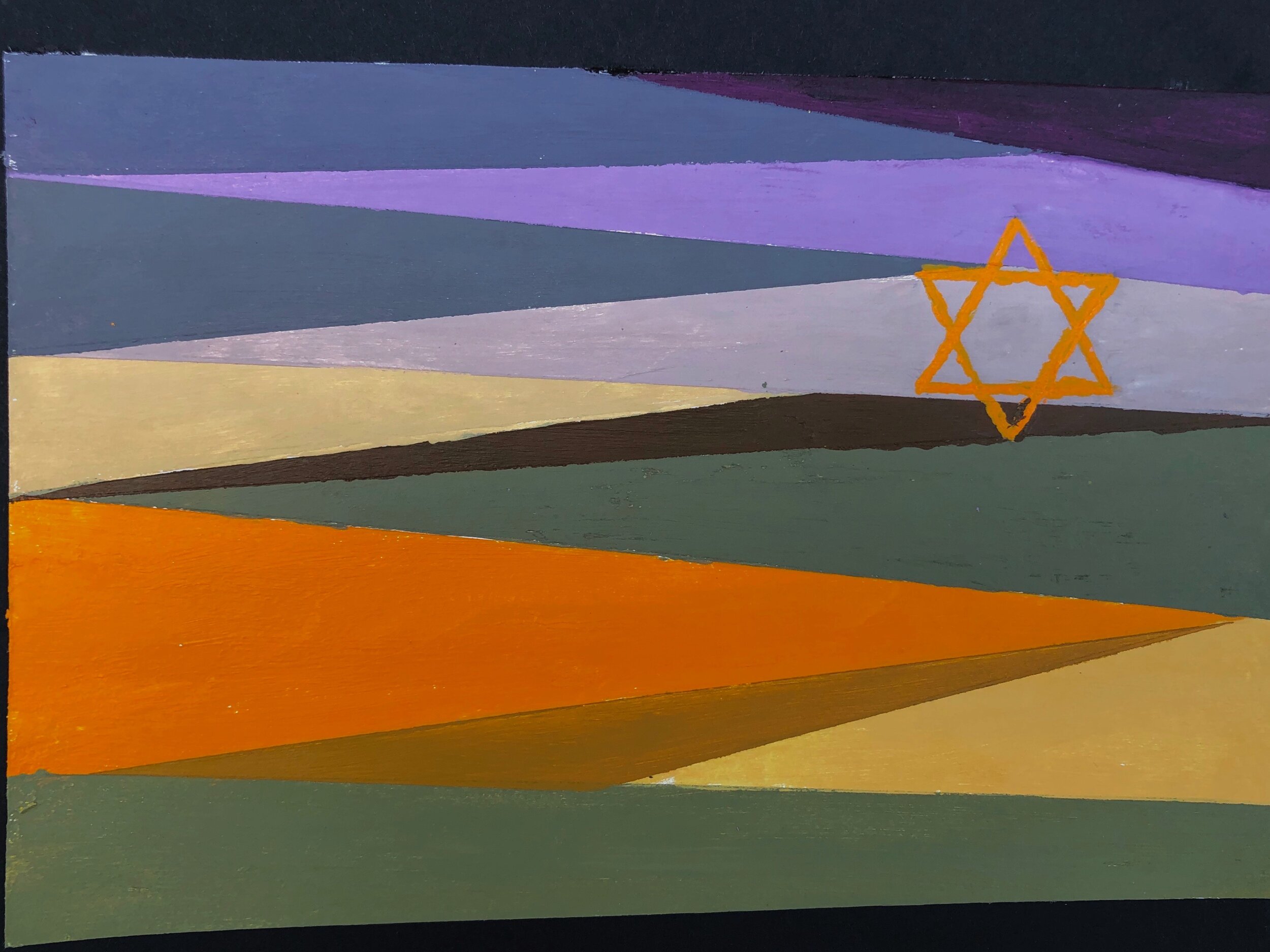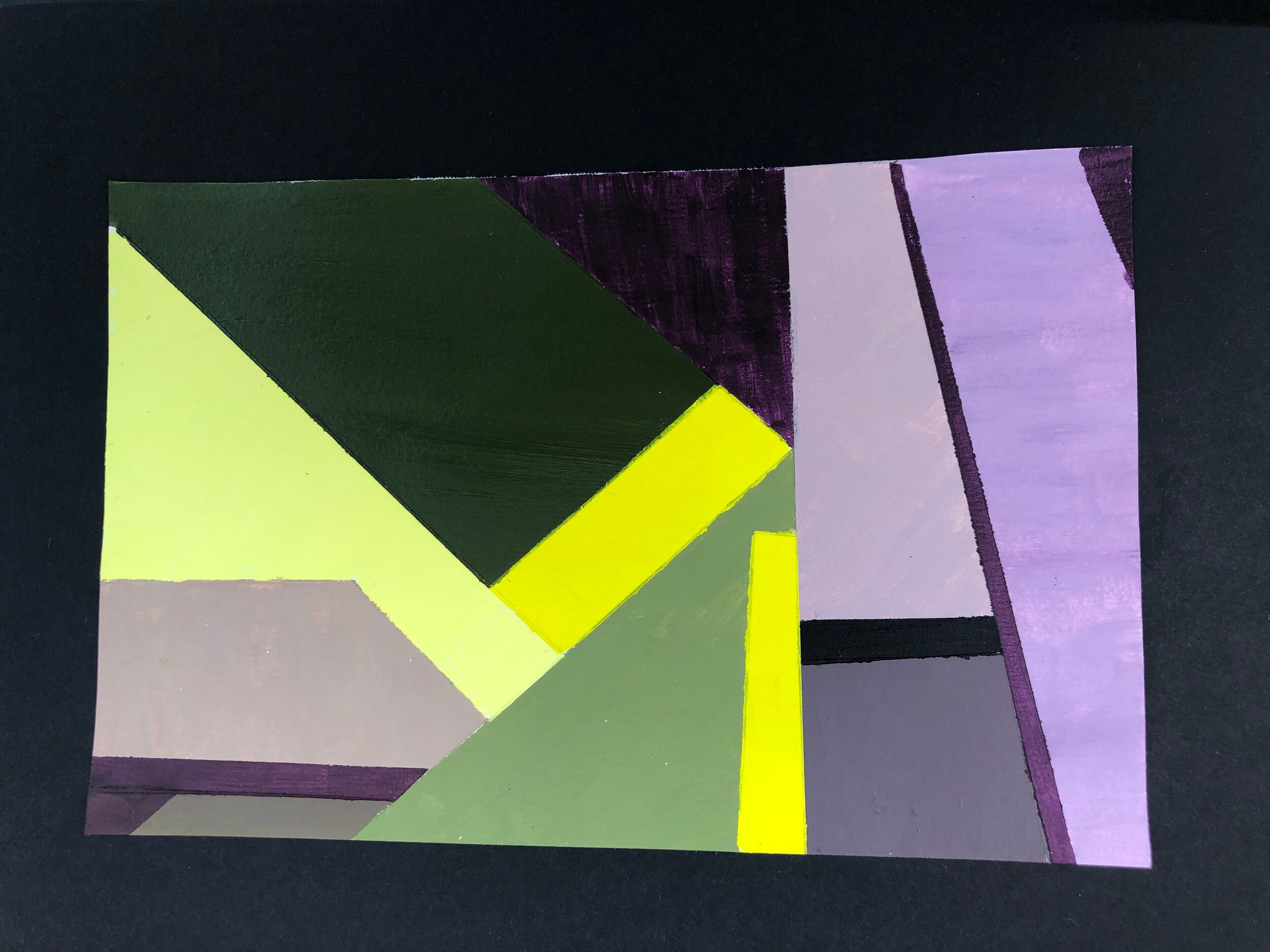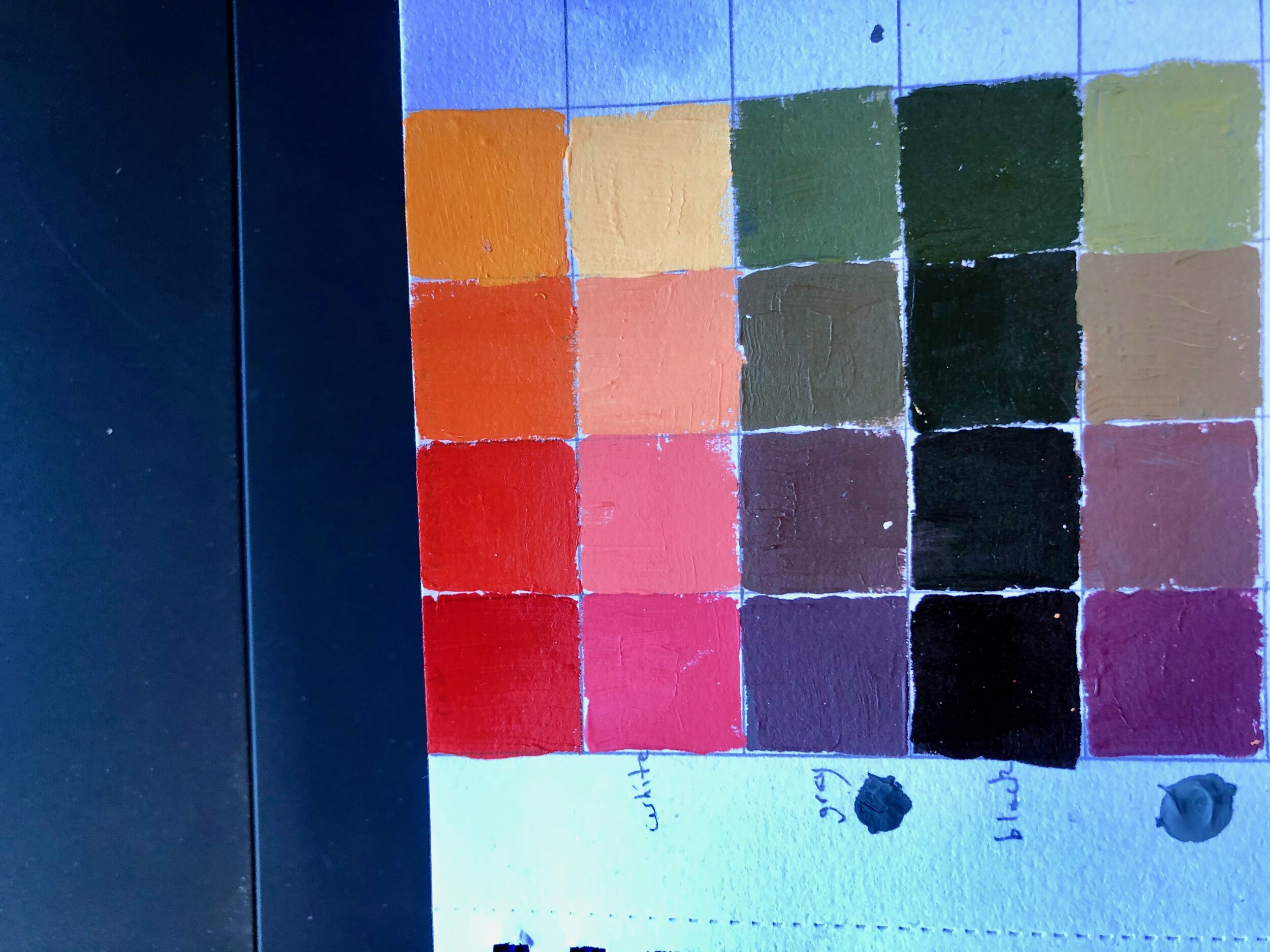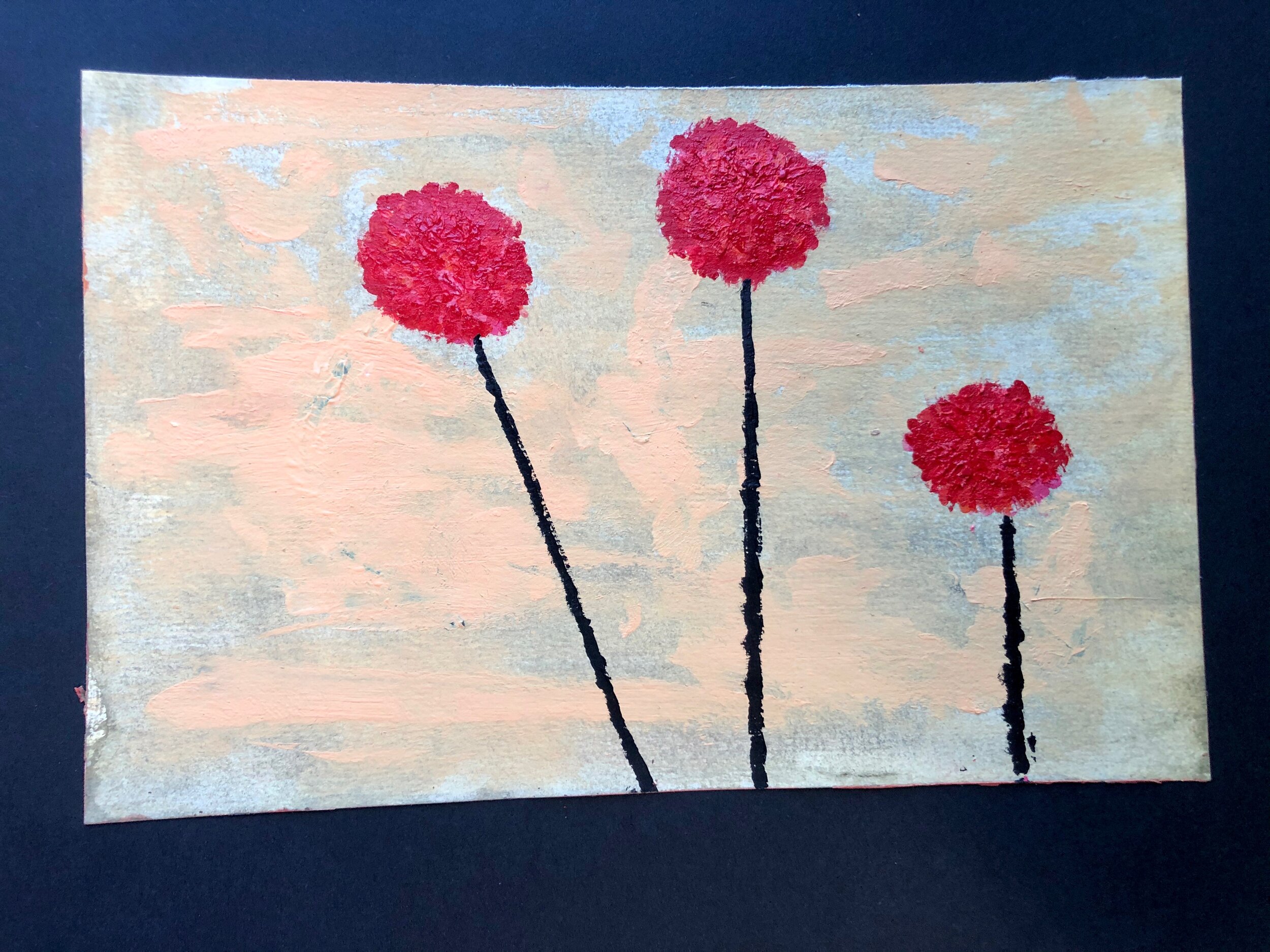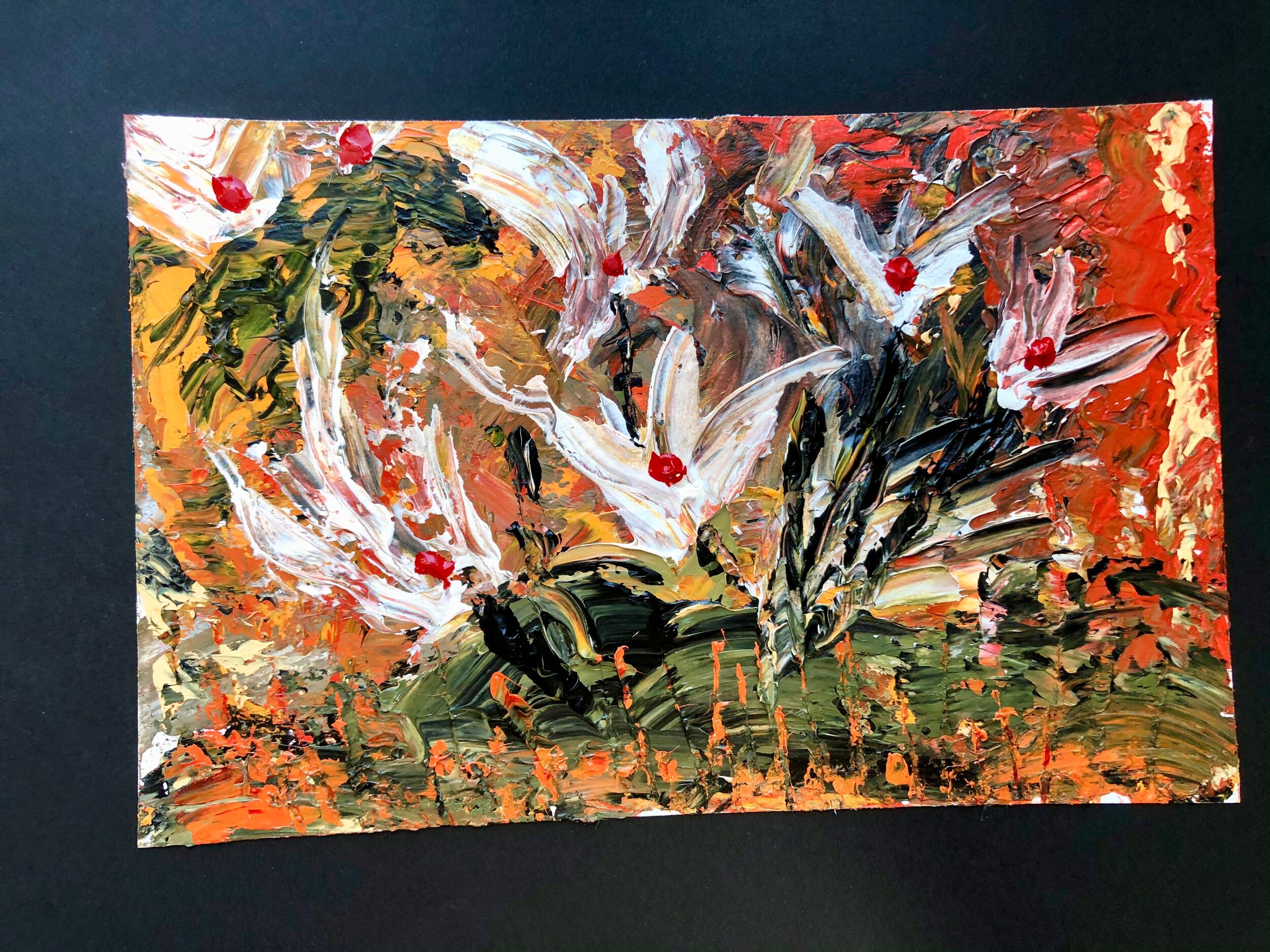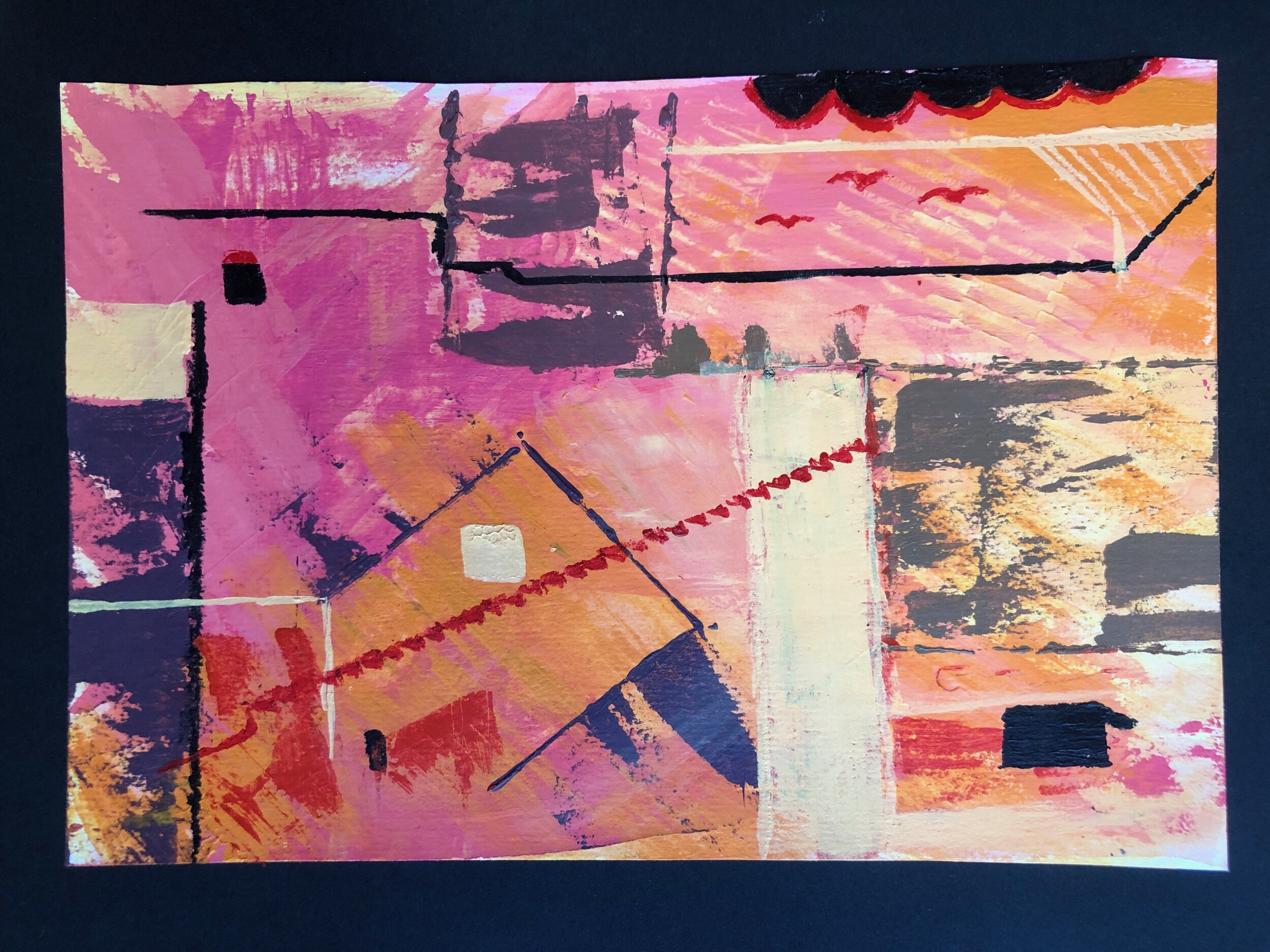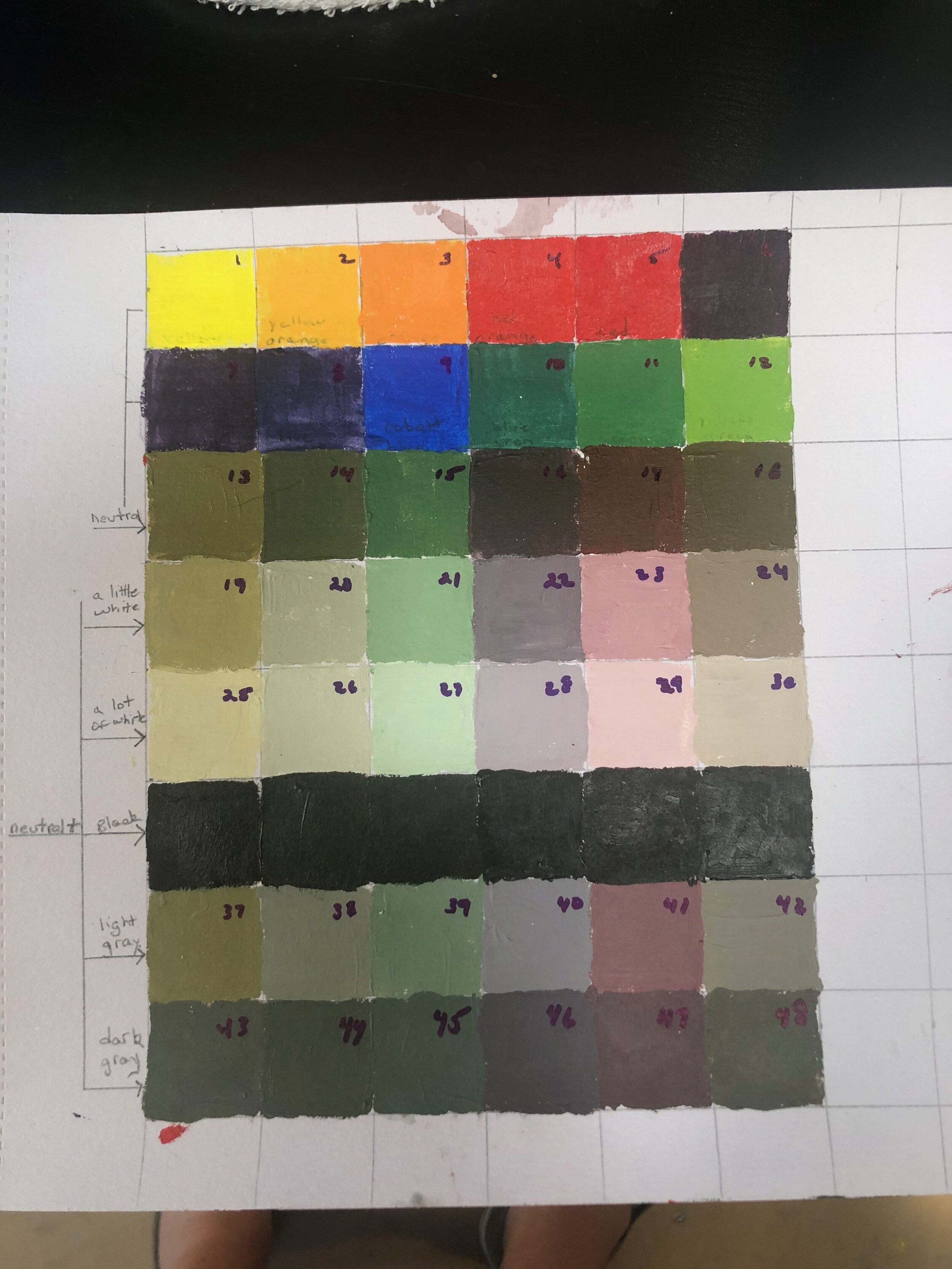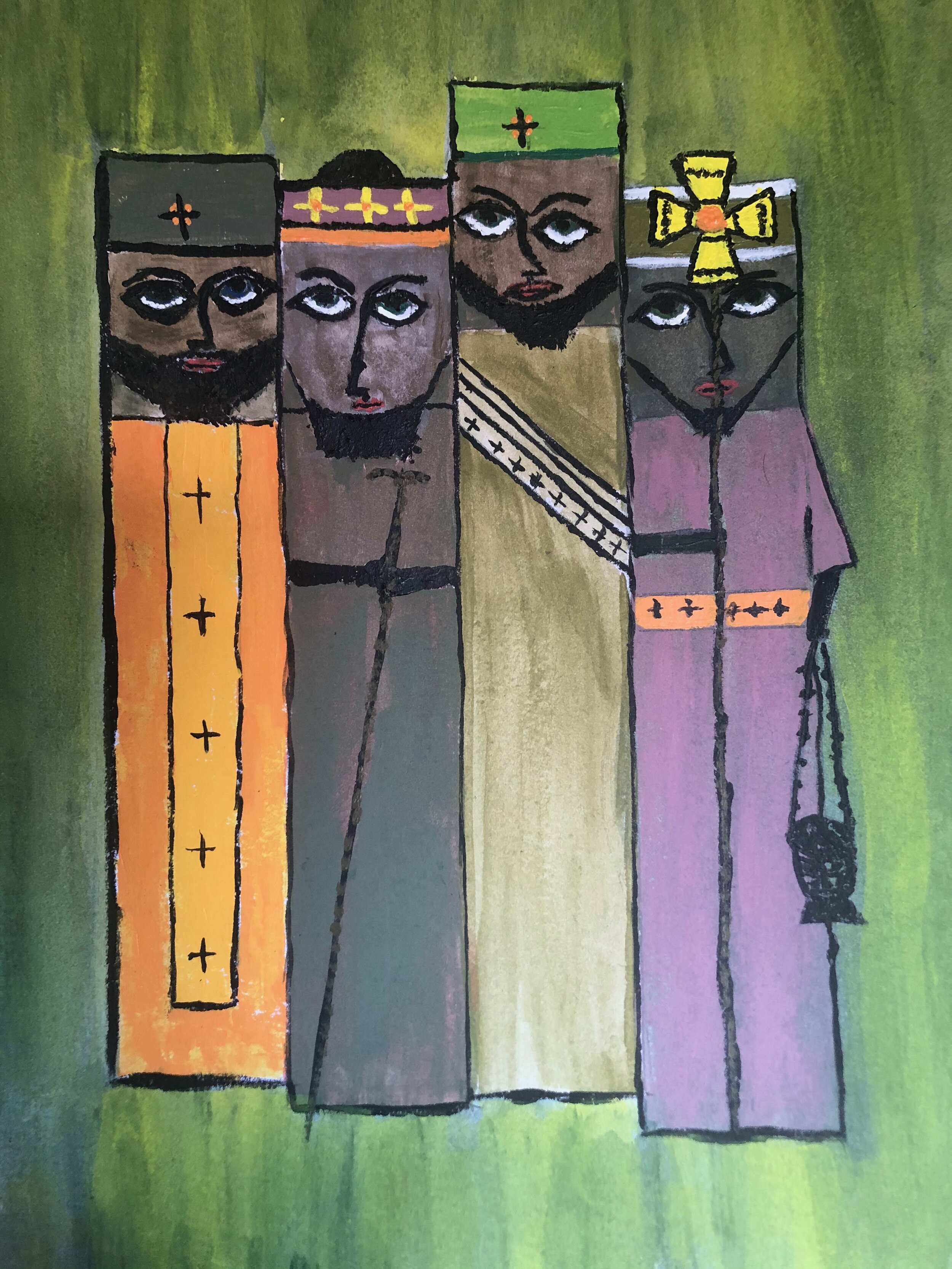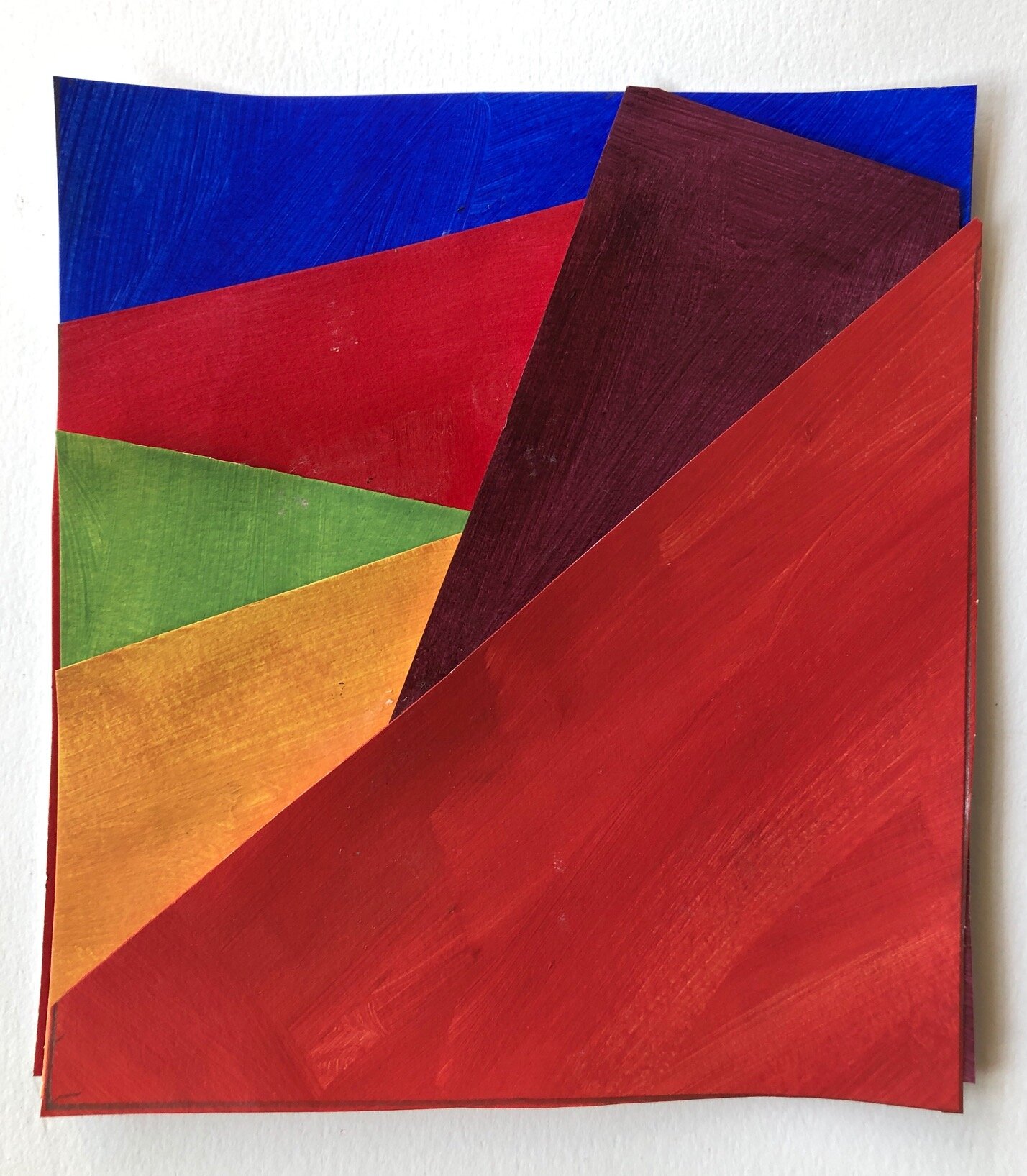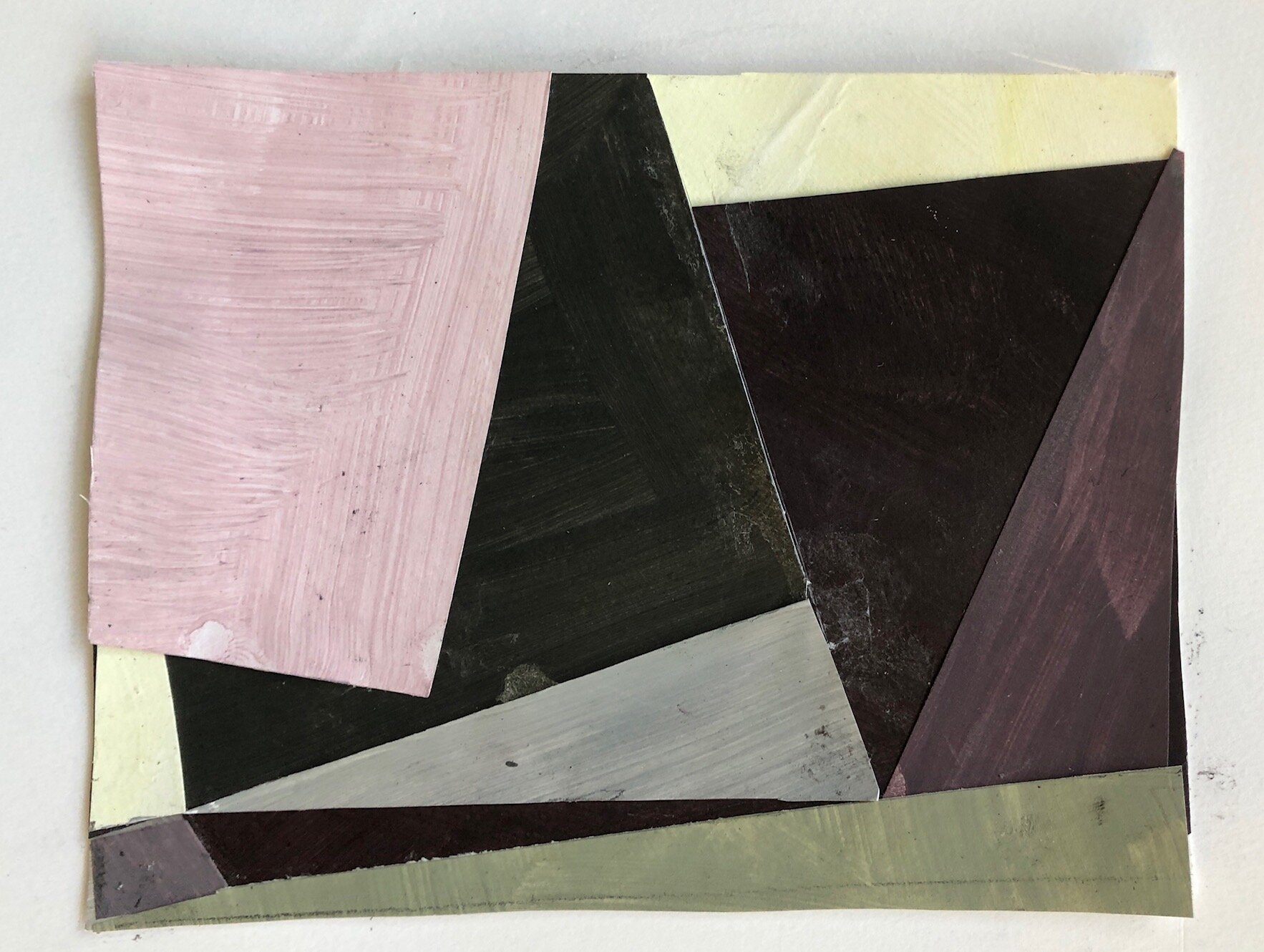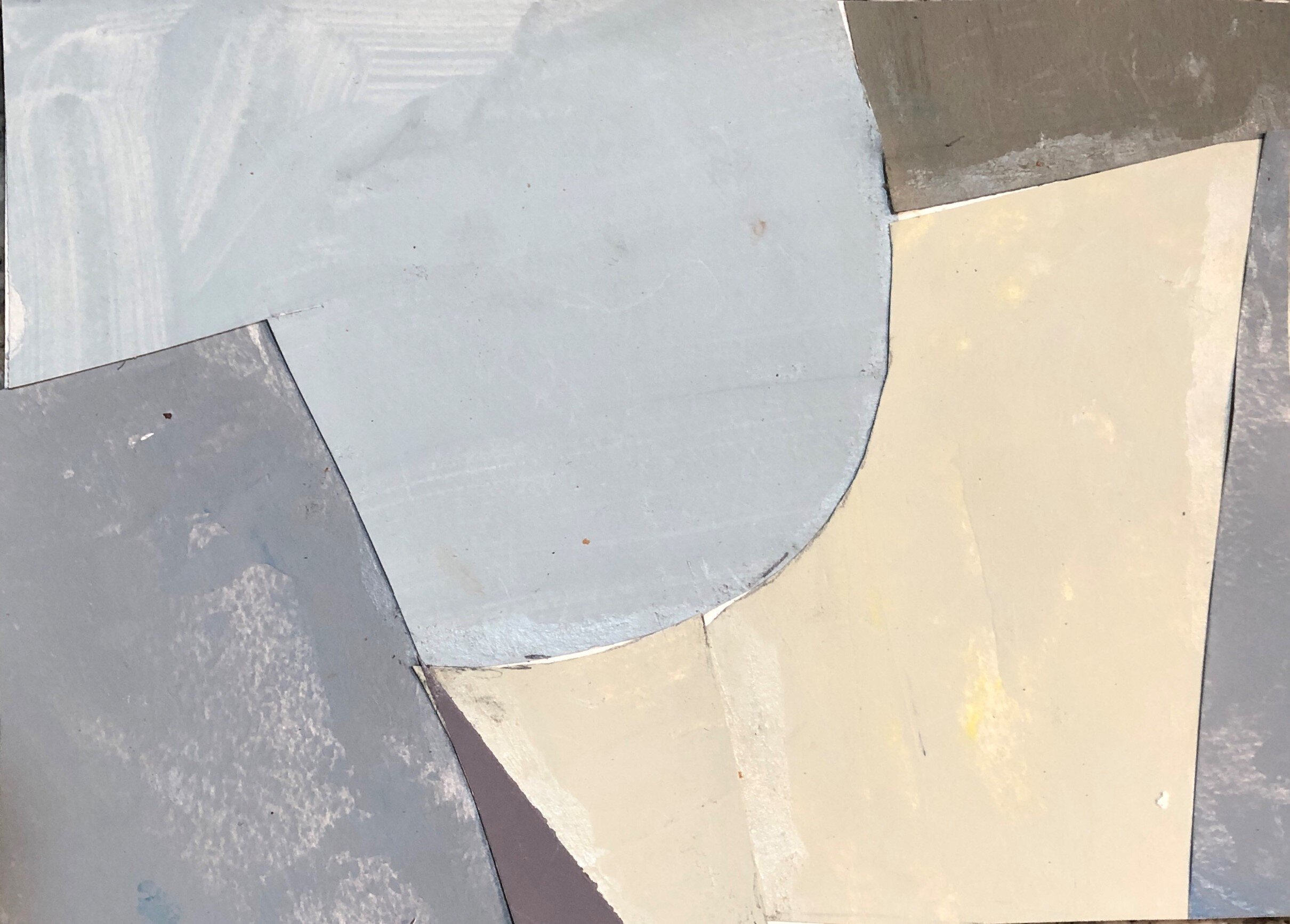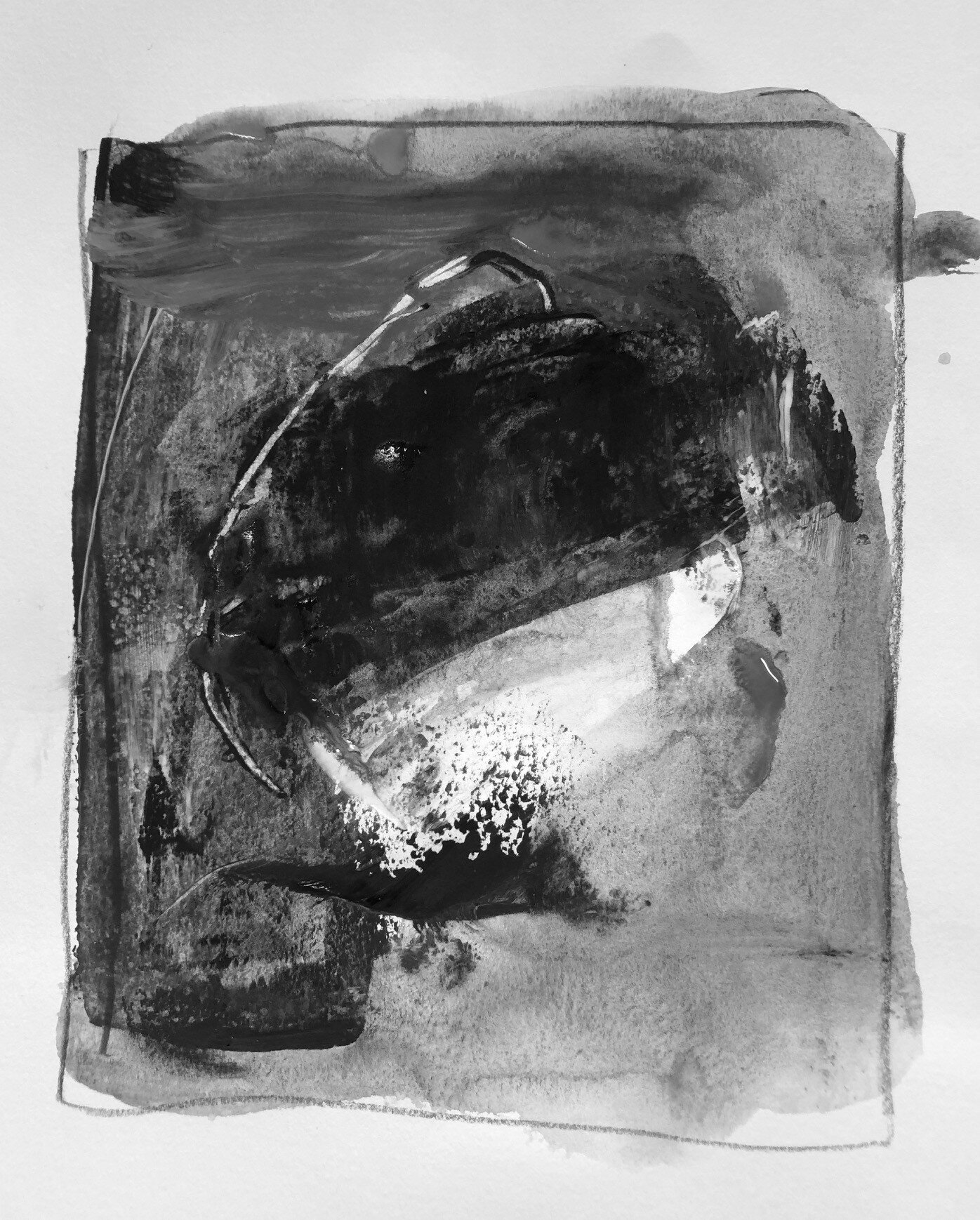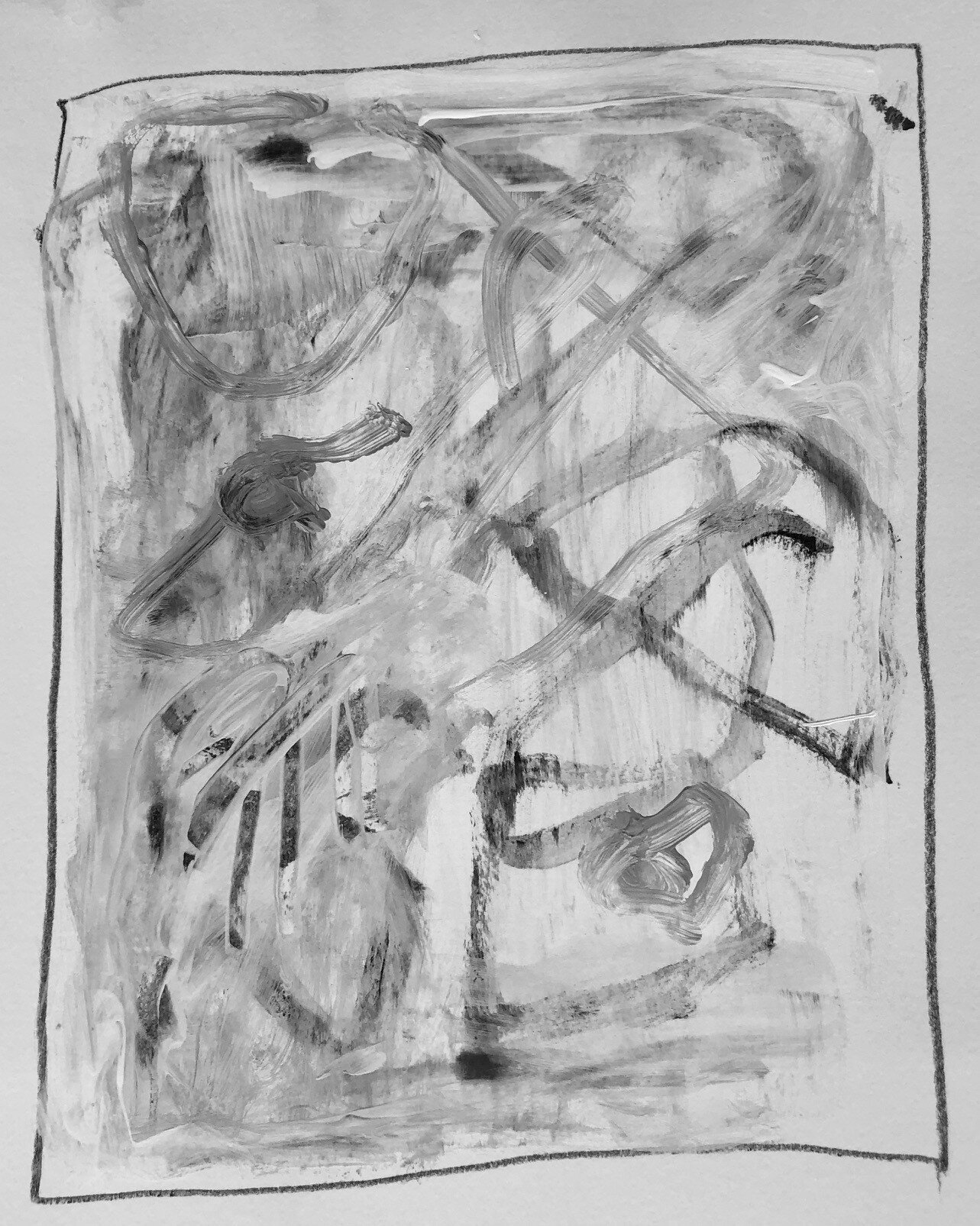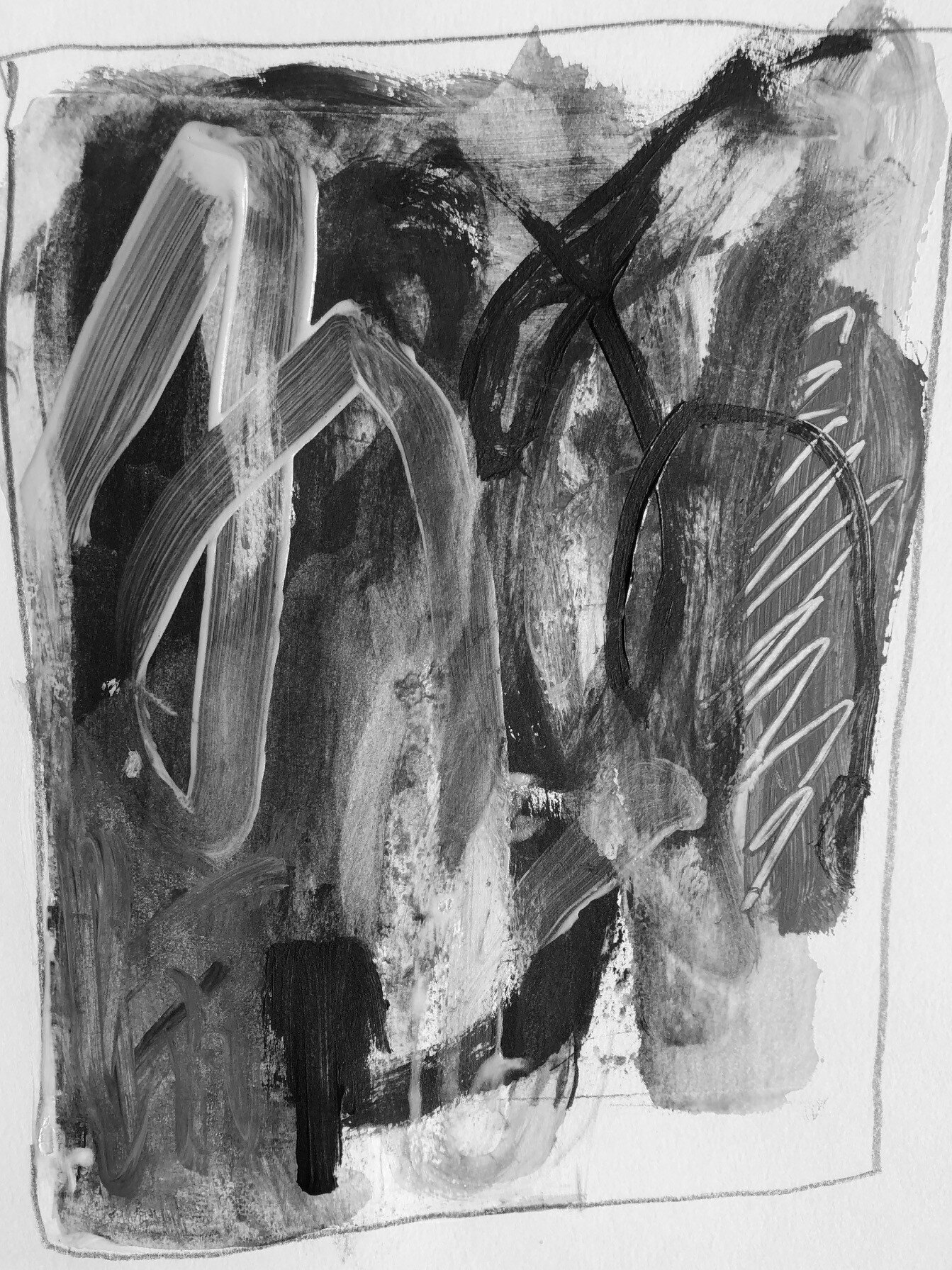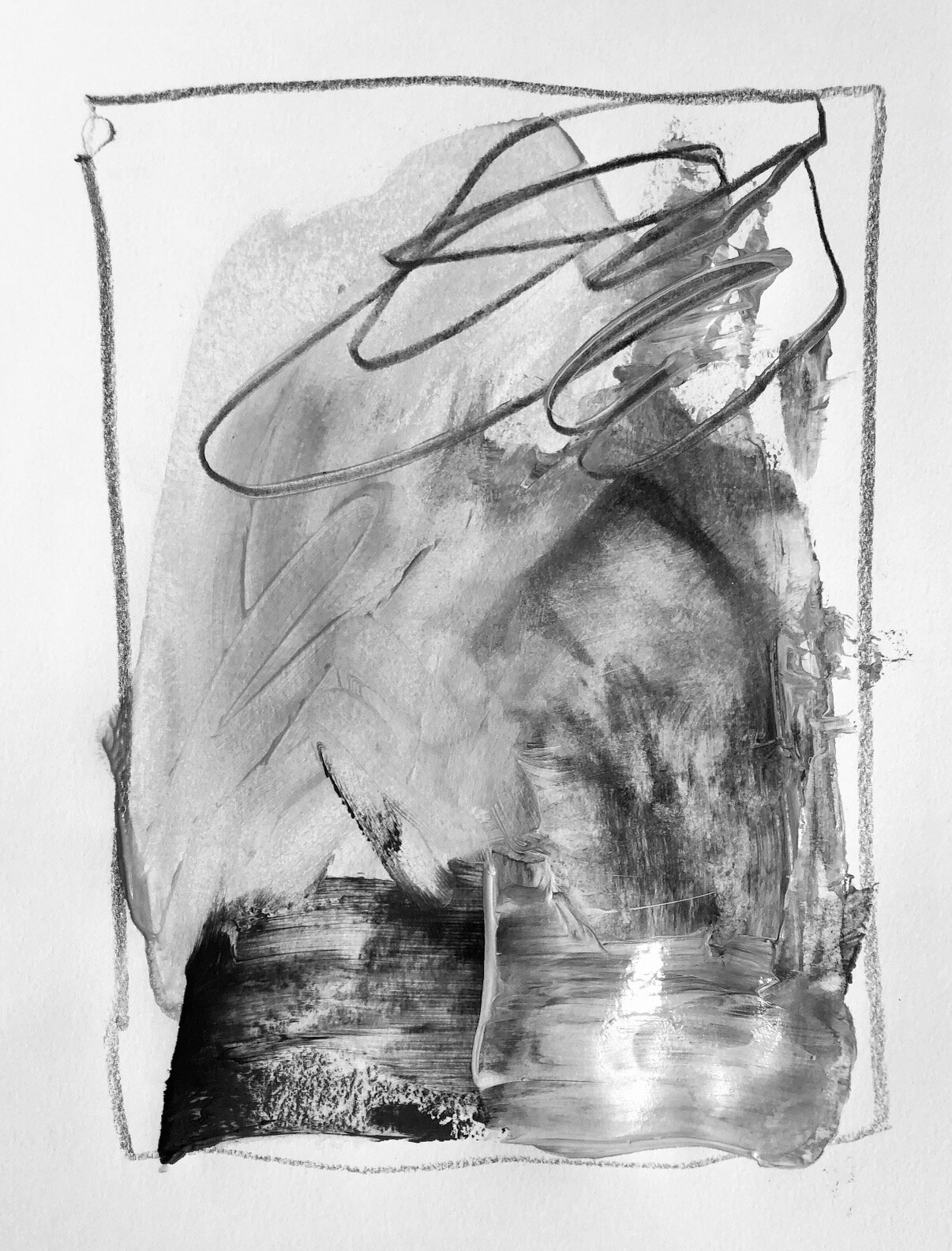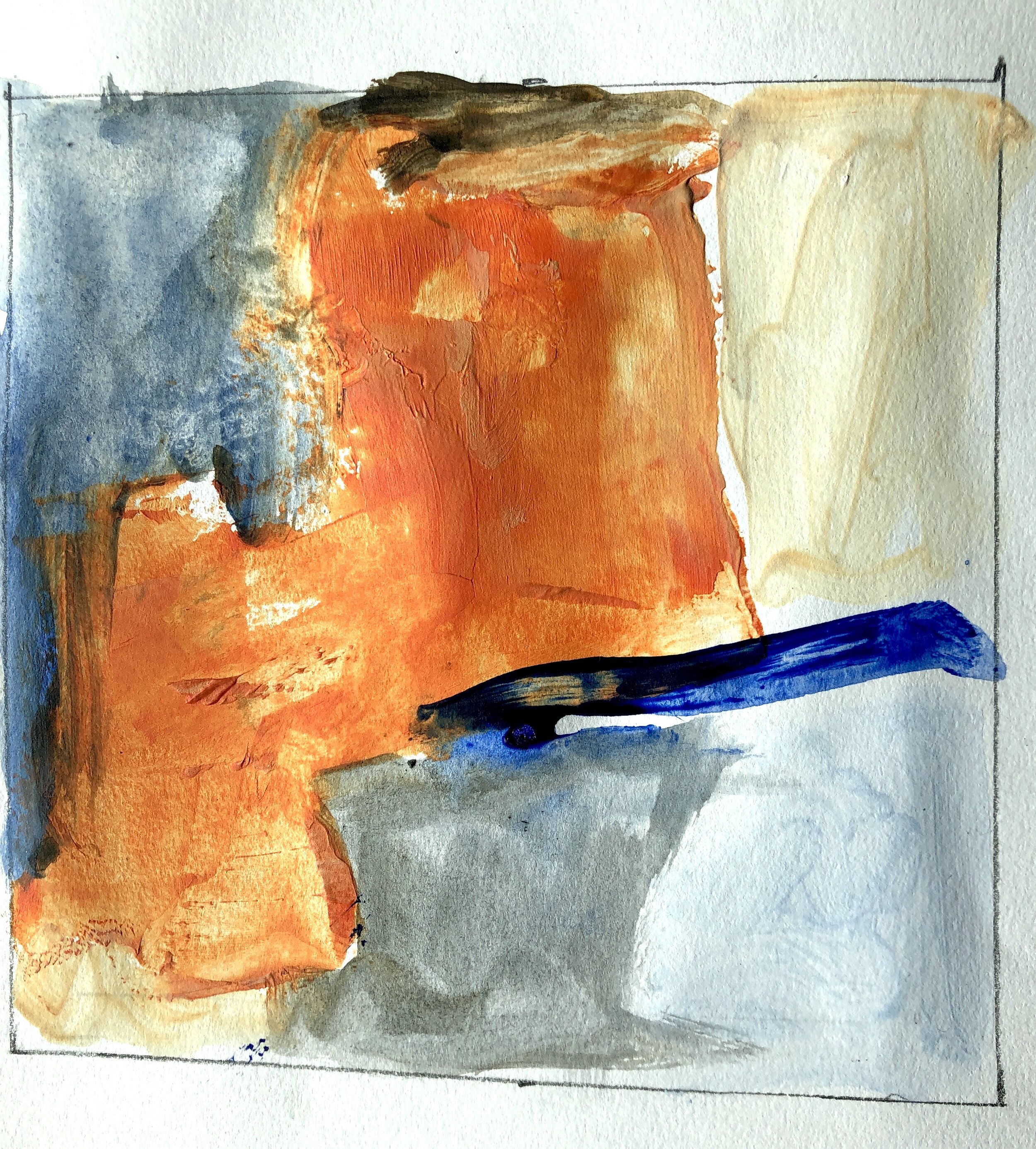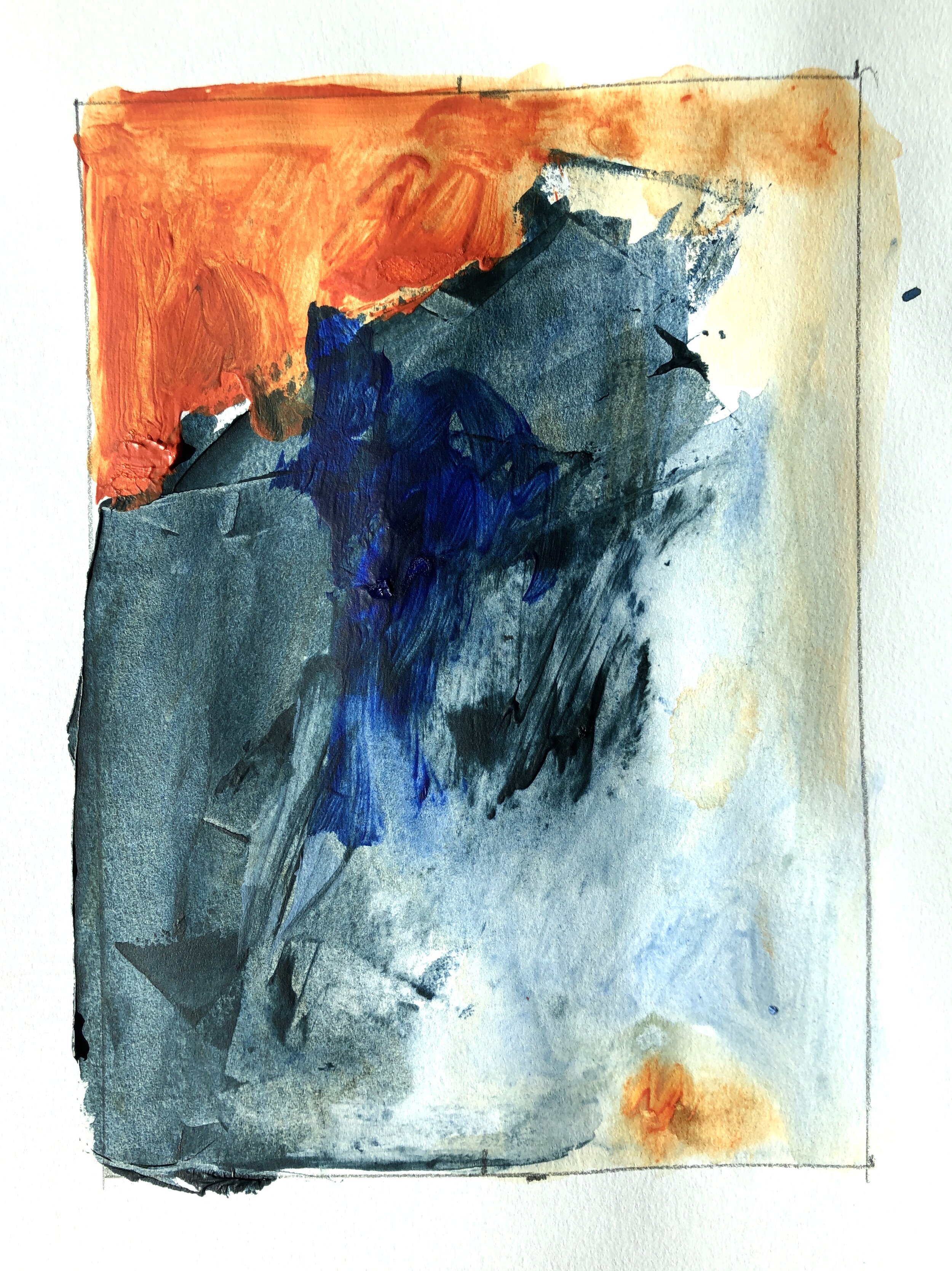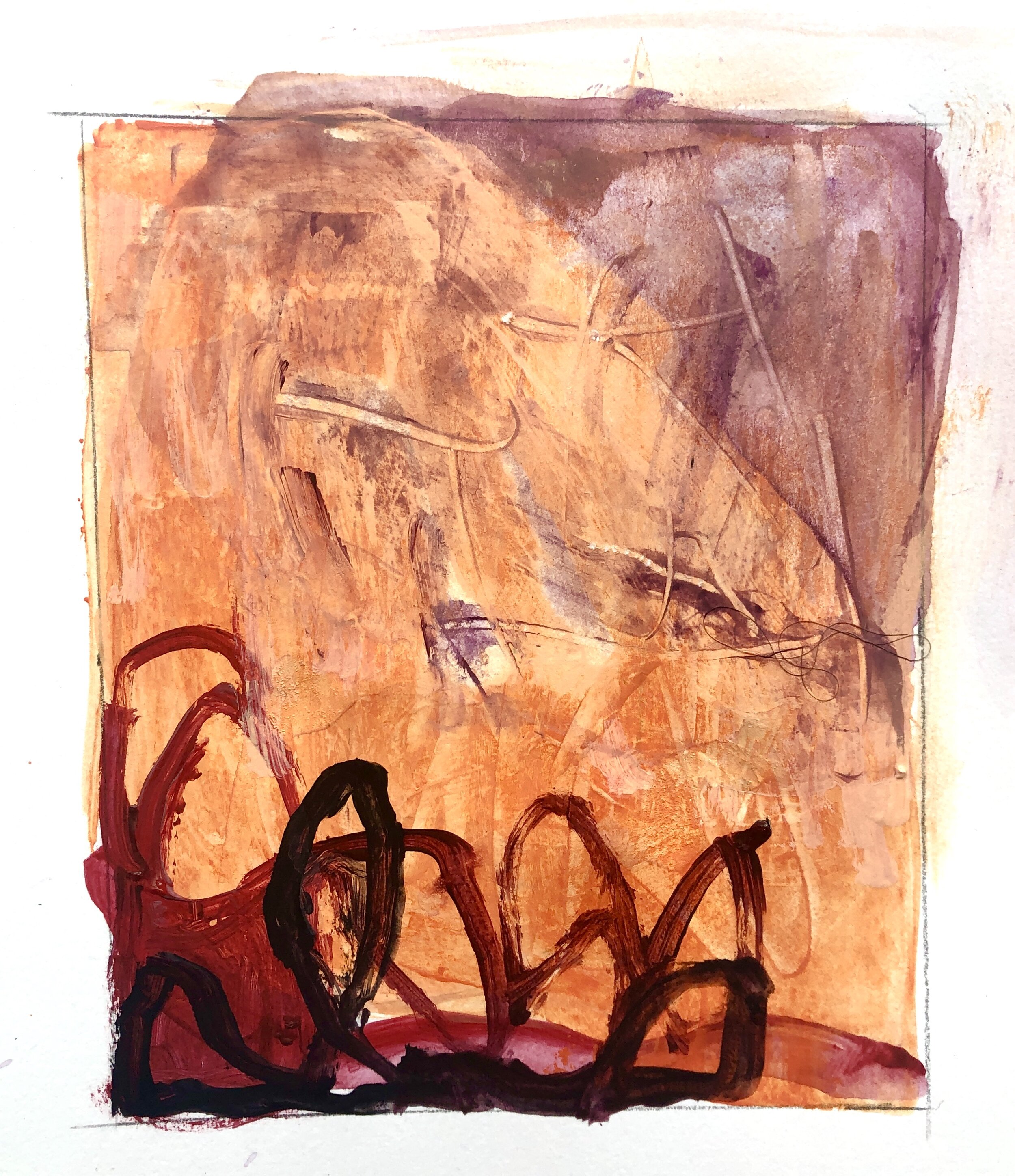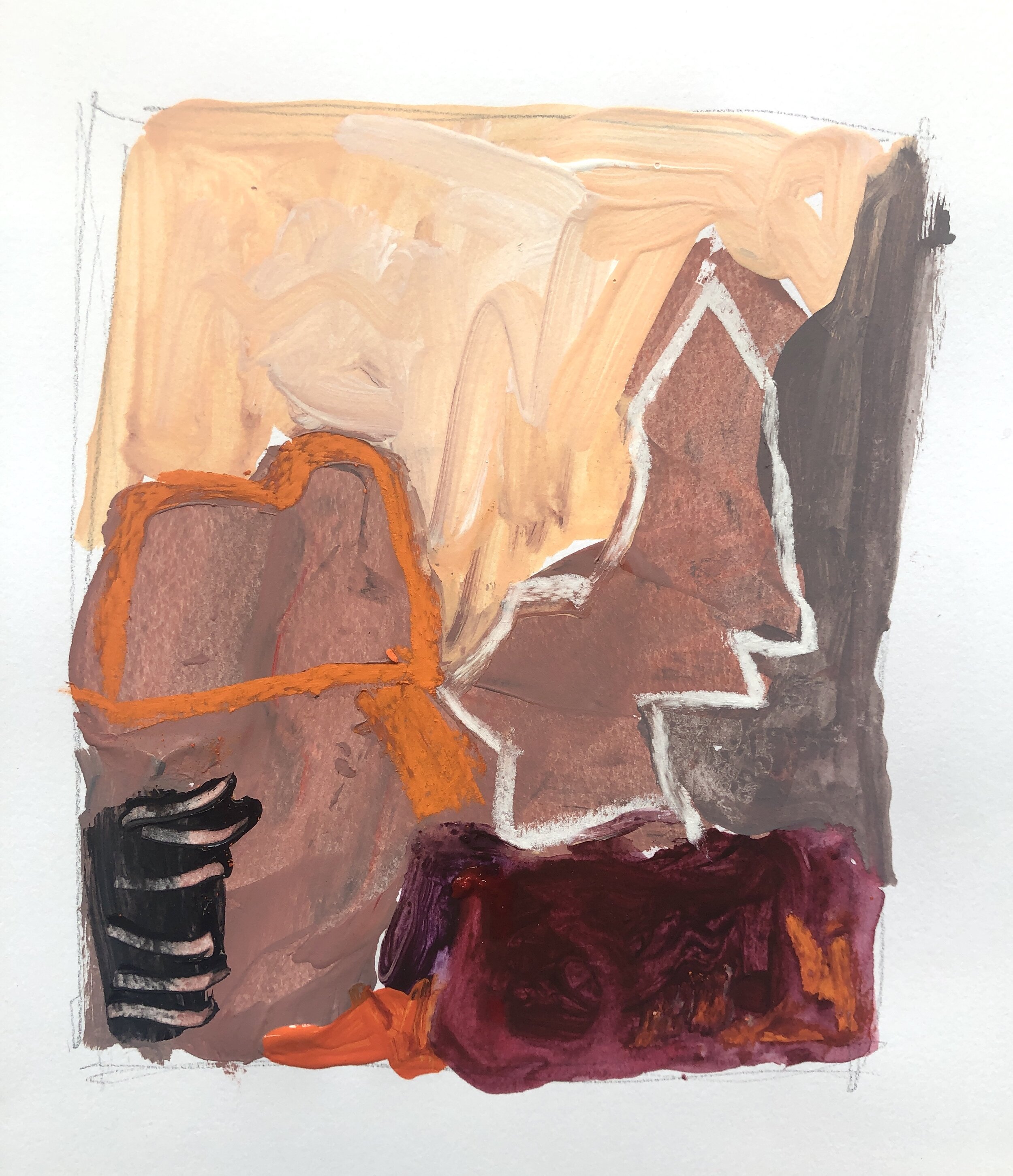
COLOR 1 - COURSE
Week #1 Color terminology, Color Wheel, Chromatic Greys, Tints and Shades
EXERCISES FOR APRIL 28, 2020
Week #1 – Hue, Saturation and Value
Exercise #1: Saturated hues and color wheel
Materials: Palette knife, tubes of acrylic paints --- cobalt blue, cadmium red medium, cadmium yellow light, or if you prefer, ultramarine blue and/or alizarin crimson, your workbook and a glue stick.
1. Create a color wheel such as the one above by mixing the secondary and tertiary colors that are midway between. Make a note of the primary colors you used for your color wheel.
2. Make 5.5” x 8” (approx. size) swatches of each of the colors on the color wheel.
3. In Total, you will have 12 swatches. Using the swatches you created, make a collage composition using 6 or more of these saturated hues.
4. You may want to make a second collage composition using as few or as many of the prismatic or saturated hues from your swatches as you choose.
Exercise #2: Chromatic Grays: Muted colors----wide range of values and hues
Materials: Palette knife, tubes of acrylic paints as in above, white, mars black, 6 pieces of paper 5.5” x 8.5” (approximate size), glue stick, workbook, ruler, pencil
1. Make two piles of greys by mixing black and white together. One gray will be light, one will and one a dark value.
2. Taking the lighter gray, mix a hue into the grey so that you can just see the color. The color will appear grey with overtones of the hue. This is called a chromatic gray. Paint a swatch. Repeat another time with this light gray with a different hue.
3. Repeat the above process with the dark gray and two different hues. You may want to mix a secondary or tertiary hue and then add a small amount to the gray. Paint two swatches, each with a different hue. MAKE THE HUES DIFFERENT ON EACH SWATCH.
You should have 4 swatches; each mixed with gray and a unique hue.
4. Using Titanium white make 2 swatches of 2 different hues using different amounts of white to give a range of tint values. MAKE THESE HUES DIFFERENT FROM ALL OTHER HUES ABOVE. DON’T FORGET YOU CAN MAKE SECONDARY AND TERTIARY COLORS AND THEN ADD WHITE.
5. Using Mars black make 2 swatches of 2 different hues using different amount of black to give different shade values. Note: it takes very little black and a lot more white to make colors shift in value. MAKE THESE HUES DIFFERENT FROM ALL OTHER HUES ABOVE.
If you use some of the same hues, it is okay. There is no right or wrong. These color exercises are for you to learn to see how very different hues can be harmonious when they are mixed with white and black.
In Total, you will have 8 swatches that contain a hue plus either black, white, light grey or dark grey.
6. Make a collage composition approx.. 5” x 7” in your workbook using 6 of these swatches. You can rip, cut the papers and then glue them down into your workbook.
7. Make a second collage using as many or as few of the chromatic greys.
8. Make a final collage using as many or as few hues from ALL of your 20 swatches.
Click on the PDF below to download Supplies and resources:
April 28 First Class Slide show - color wheel - Hue, Value, Saturation
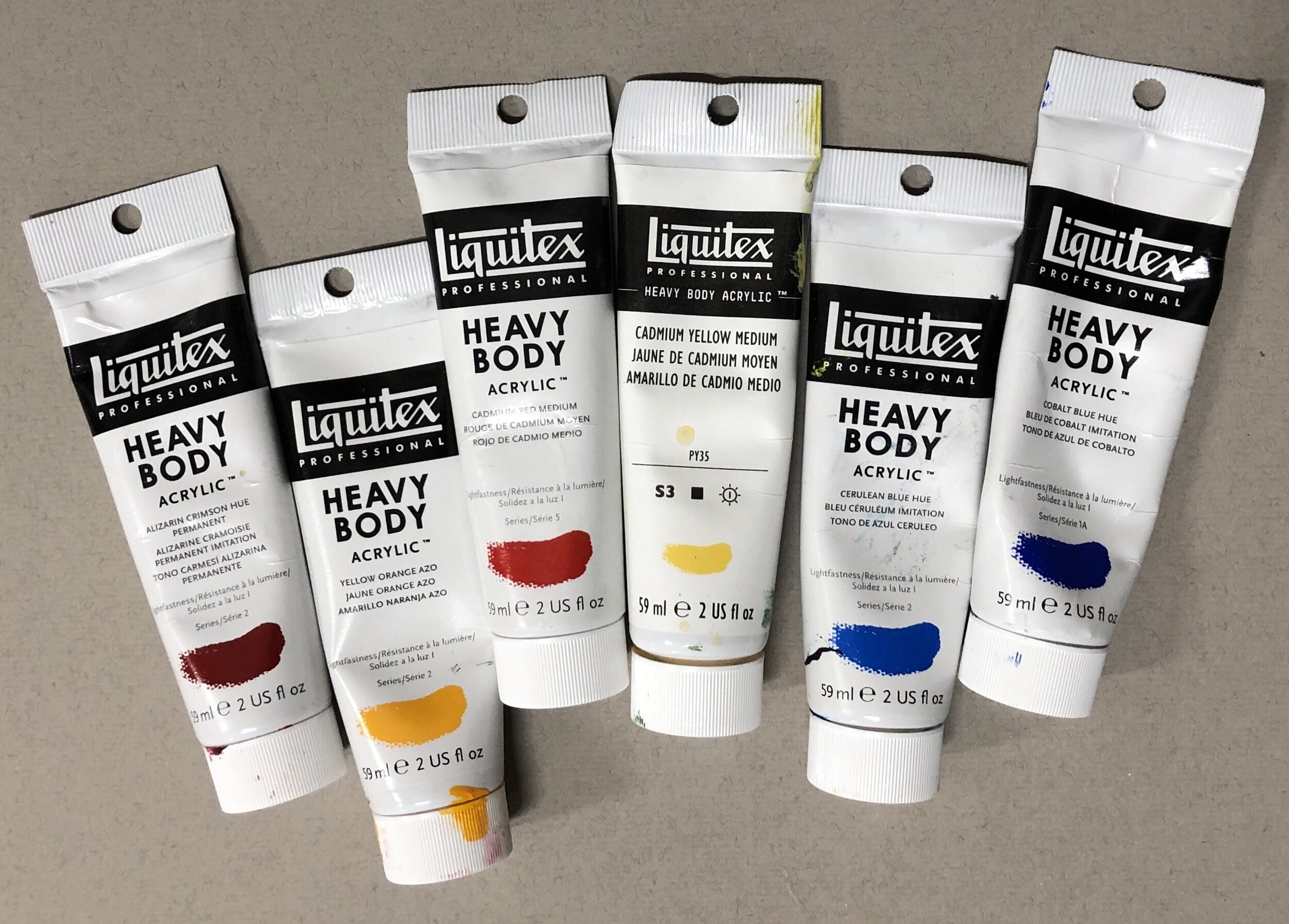
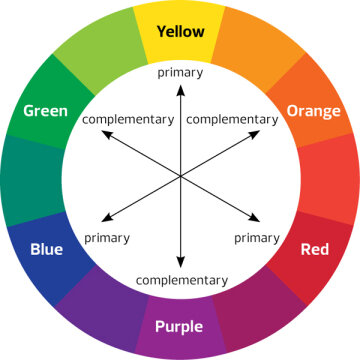
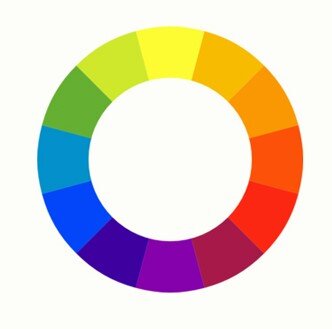
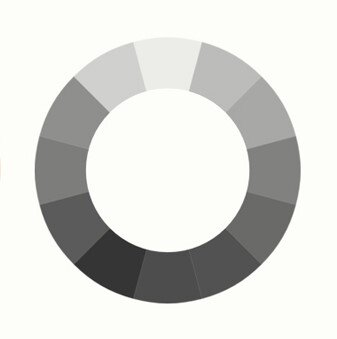
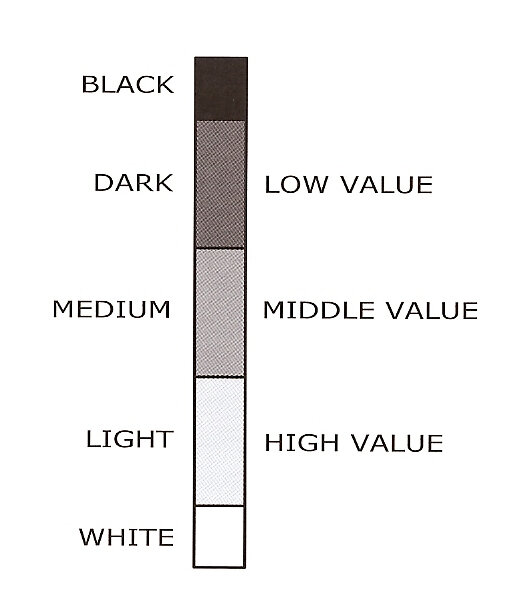
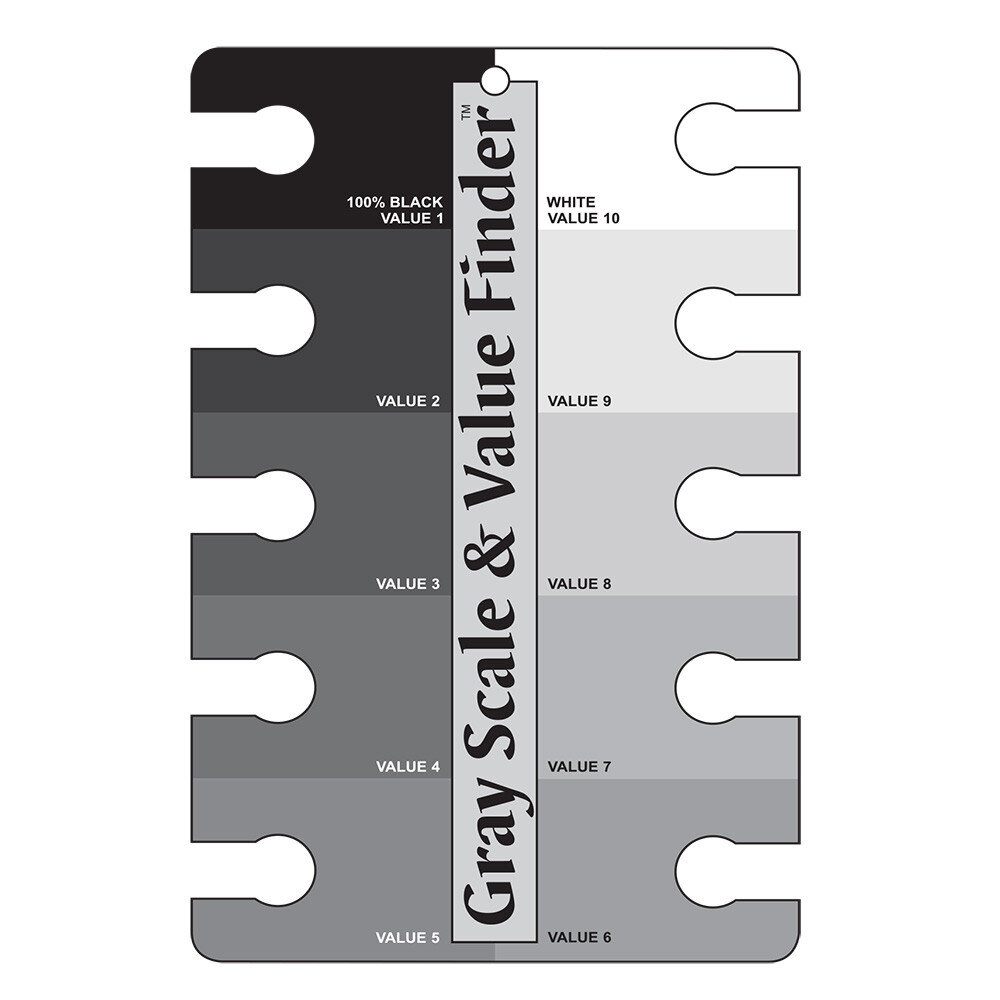
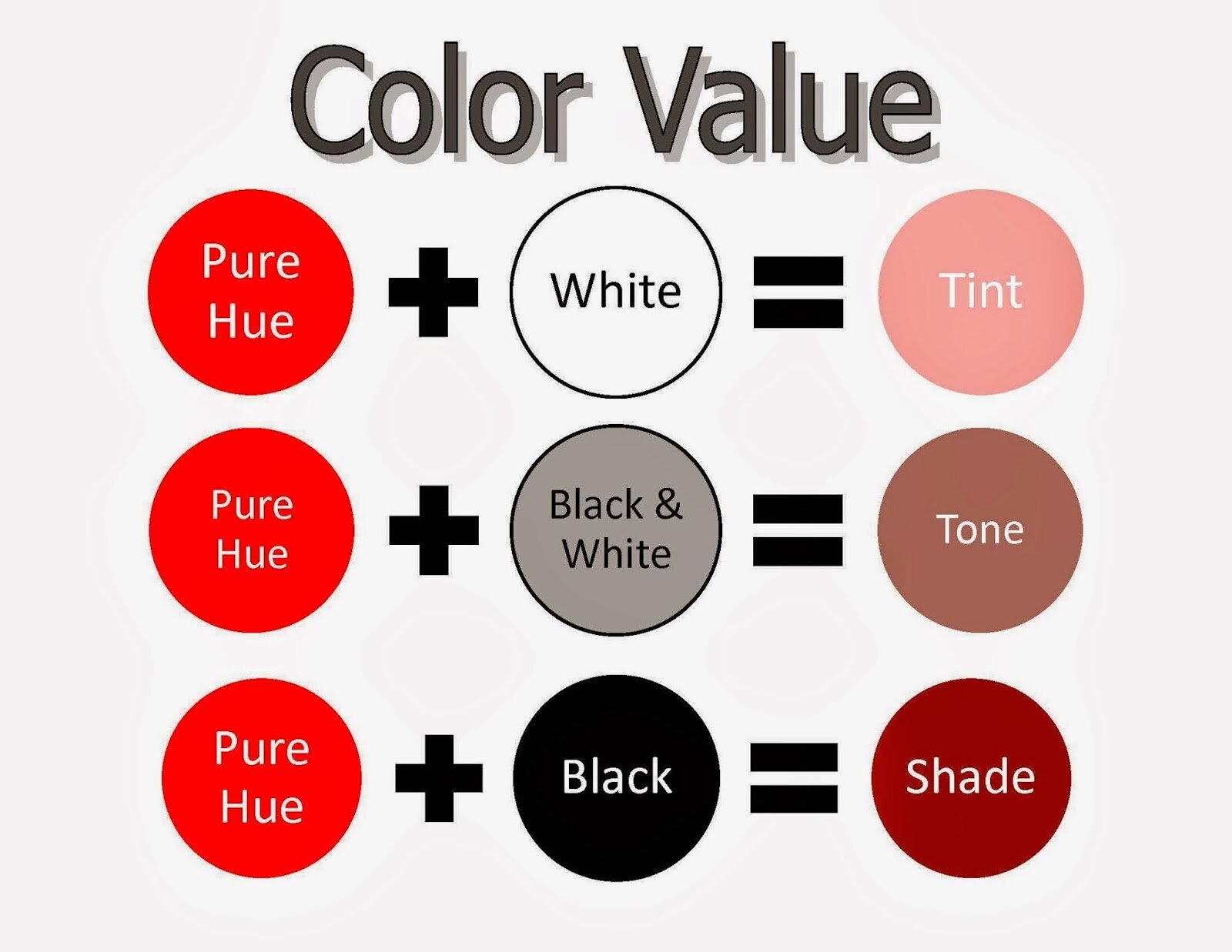
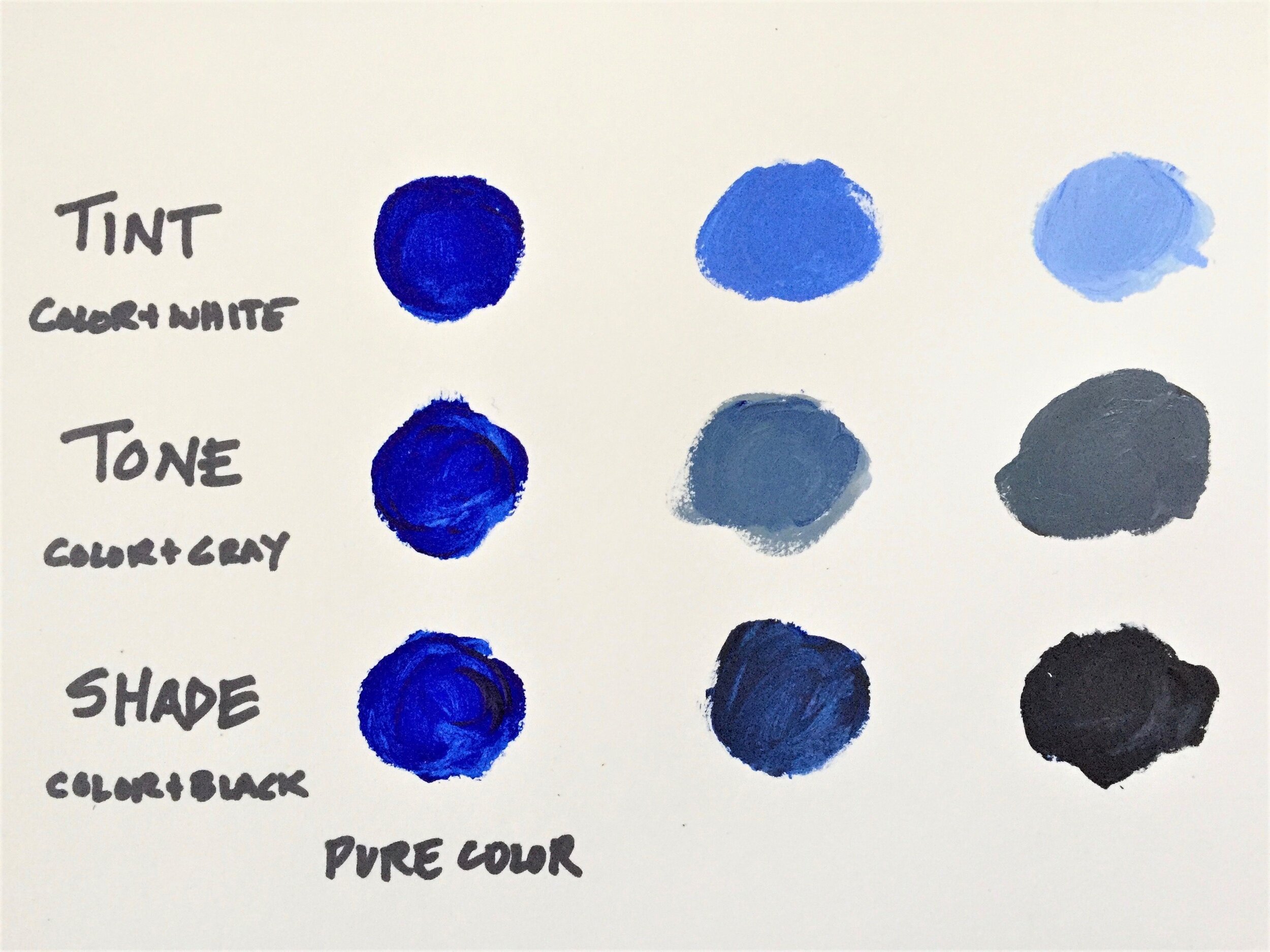
MAY 5 SECOND CLASS SLIDE SHOW - monogamous
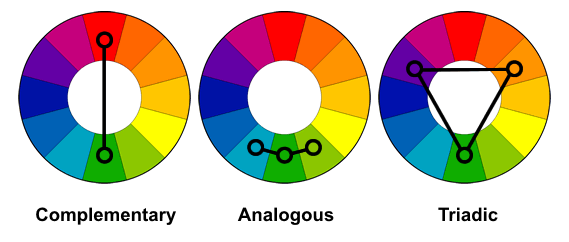






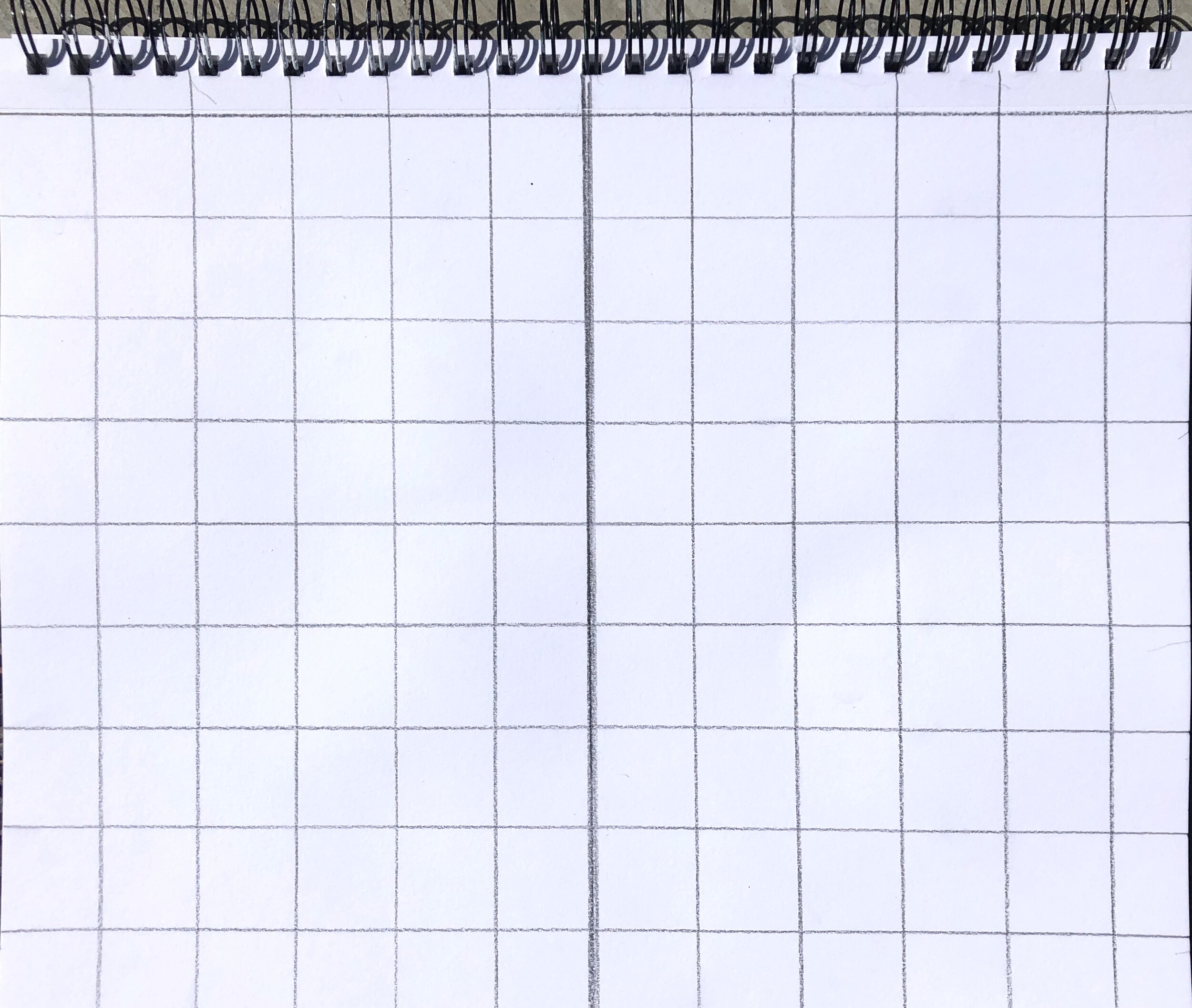



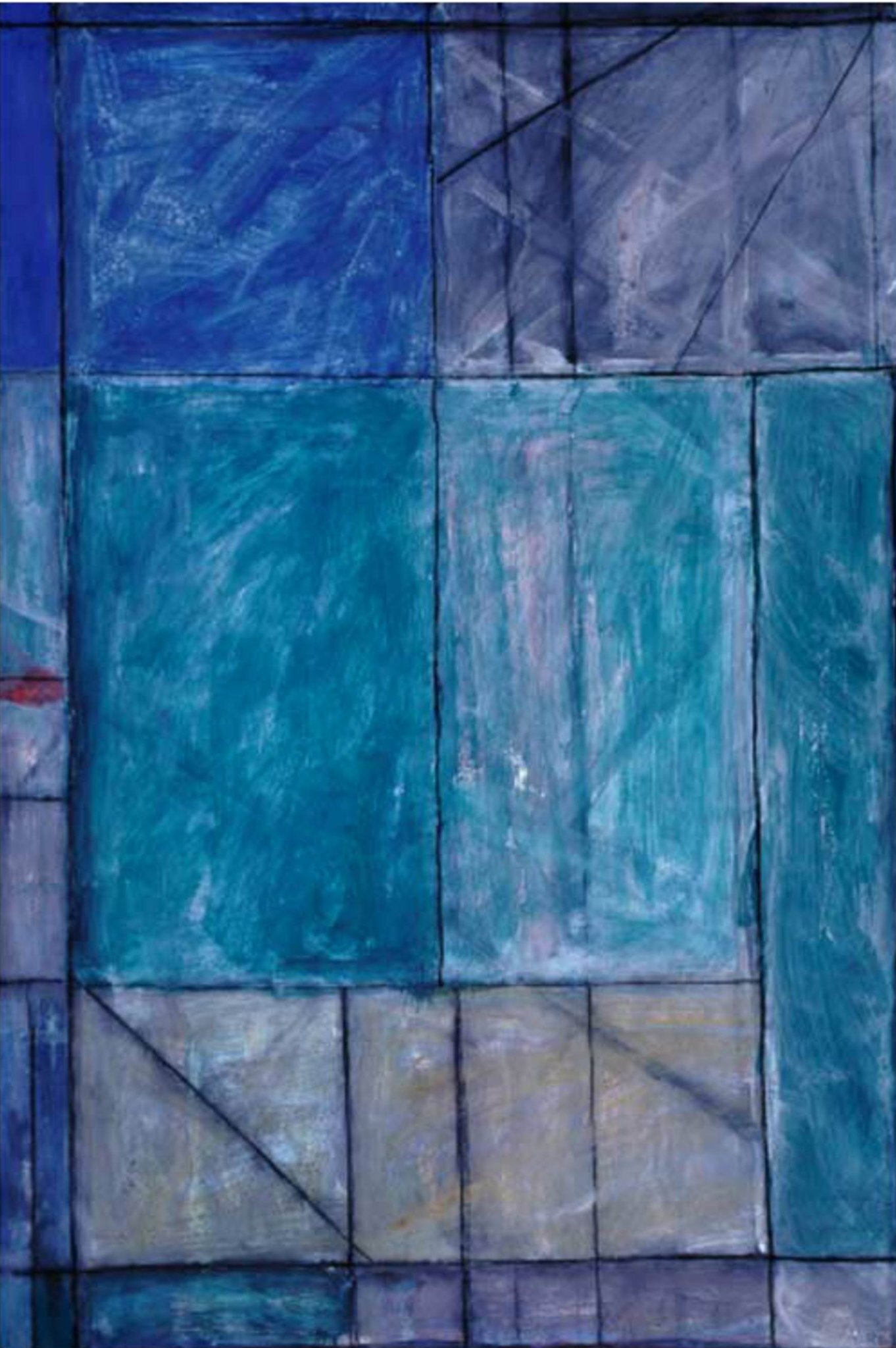
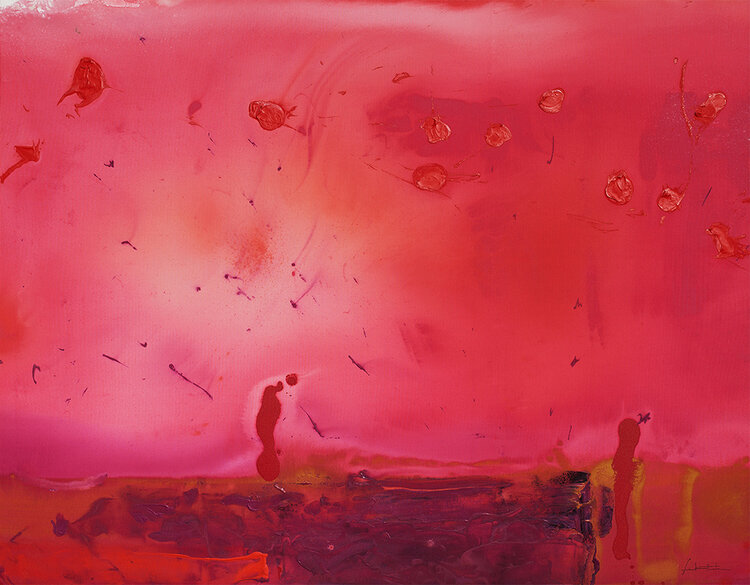

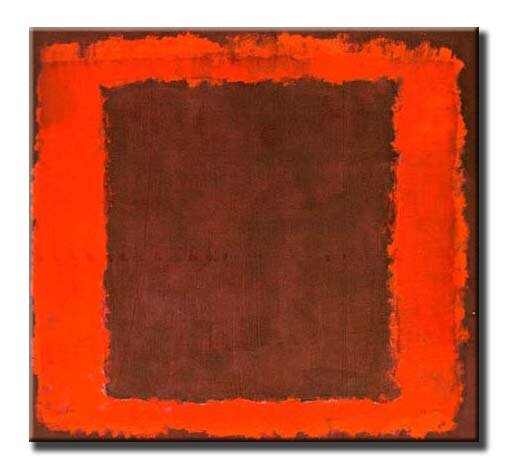
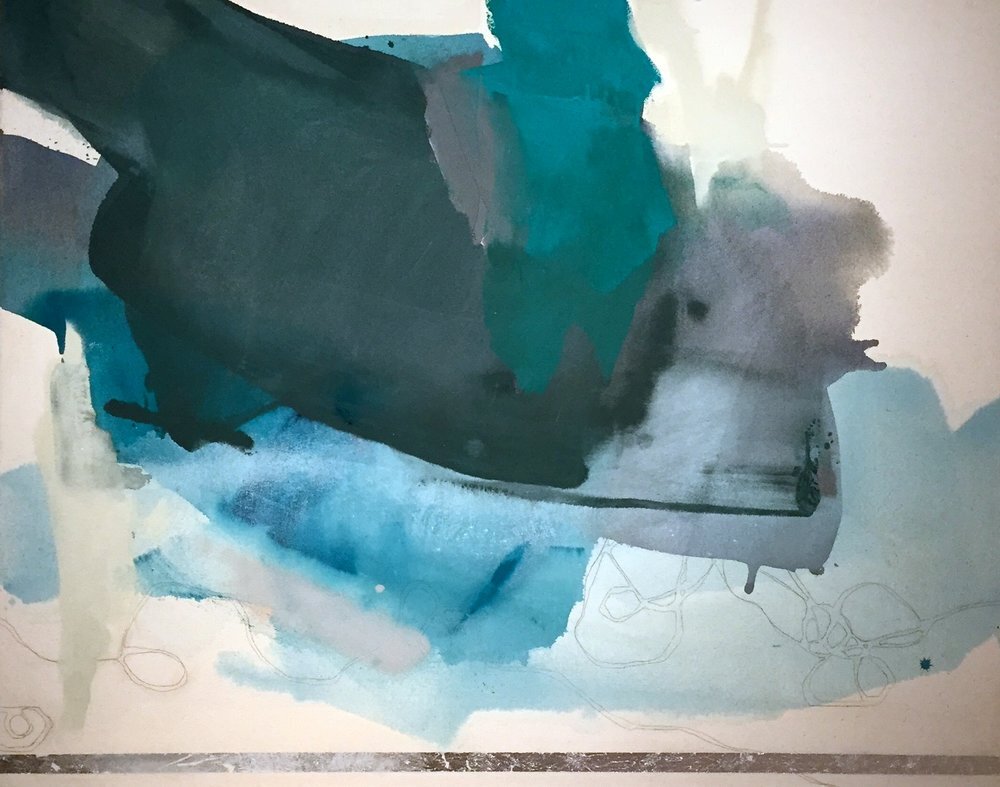
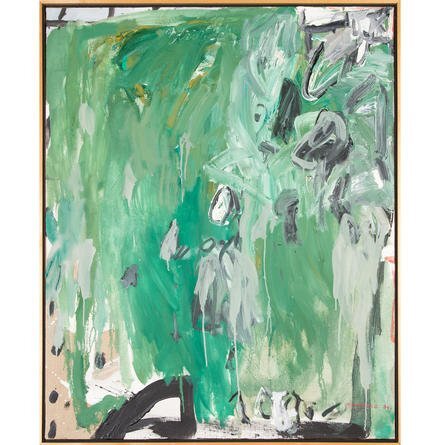
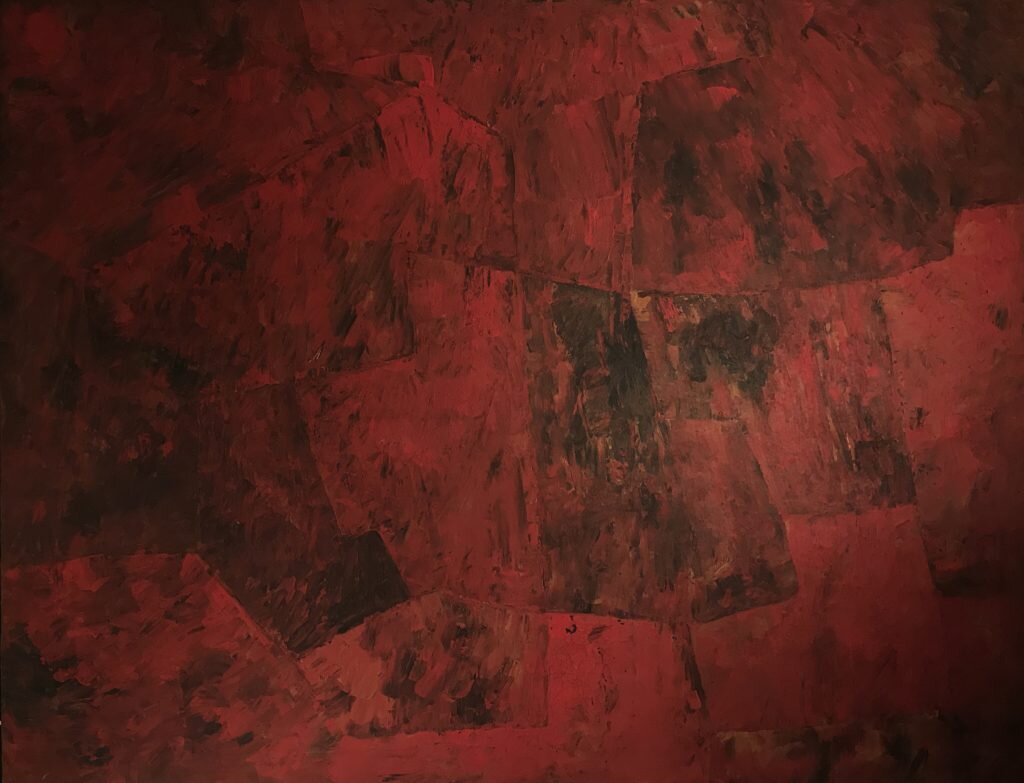
MAY 12 THIRD CLASS SLIDE SHOW - complementary
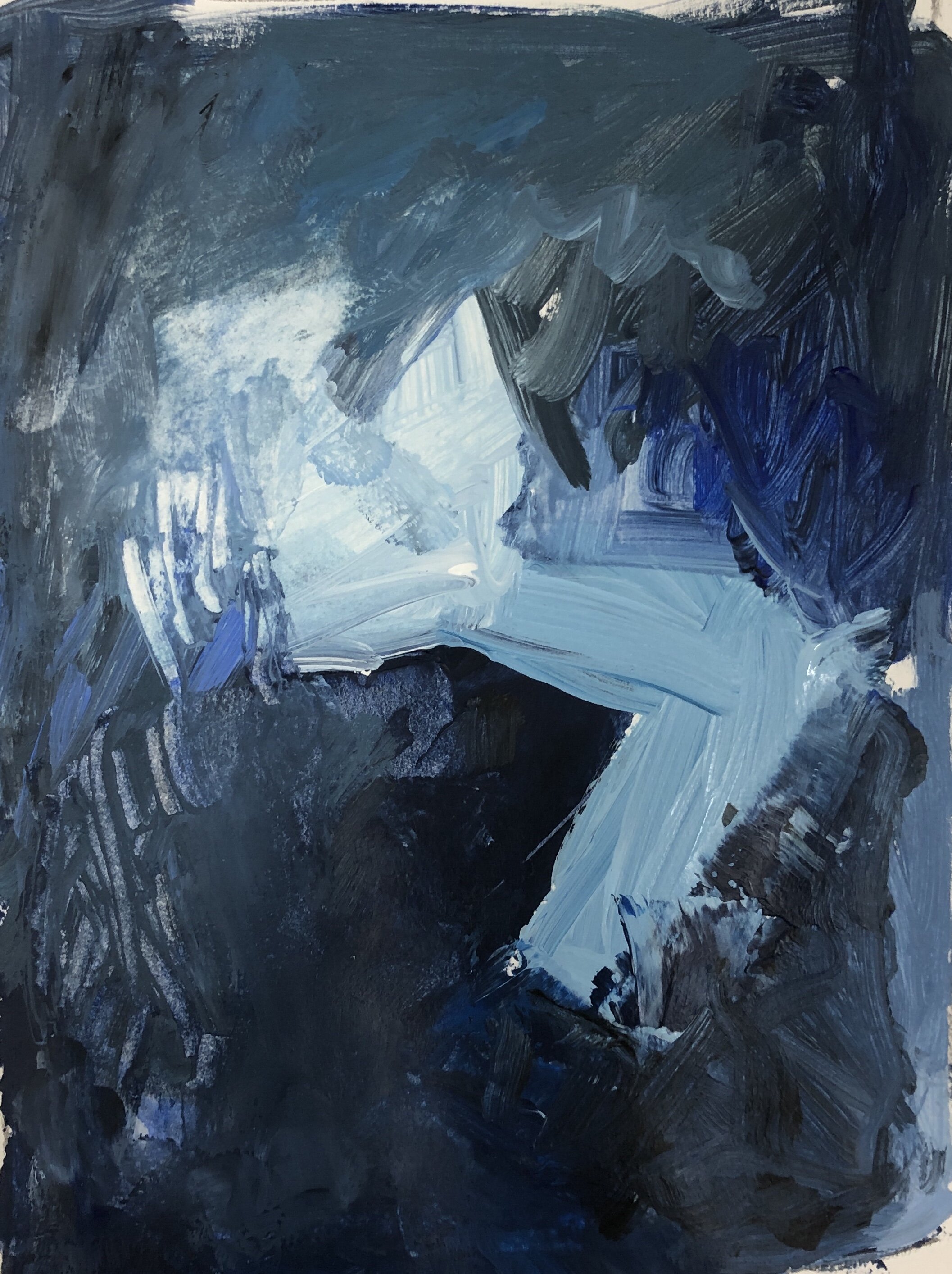
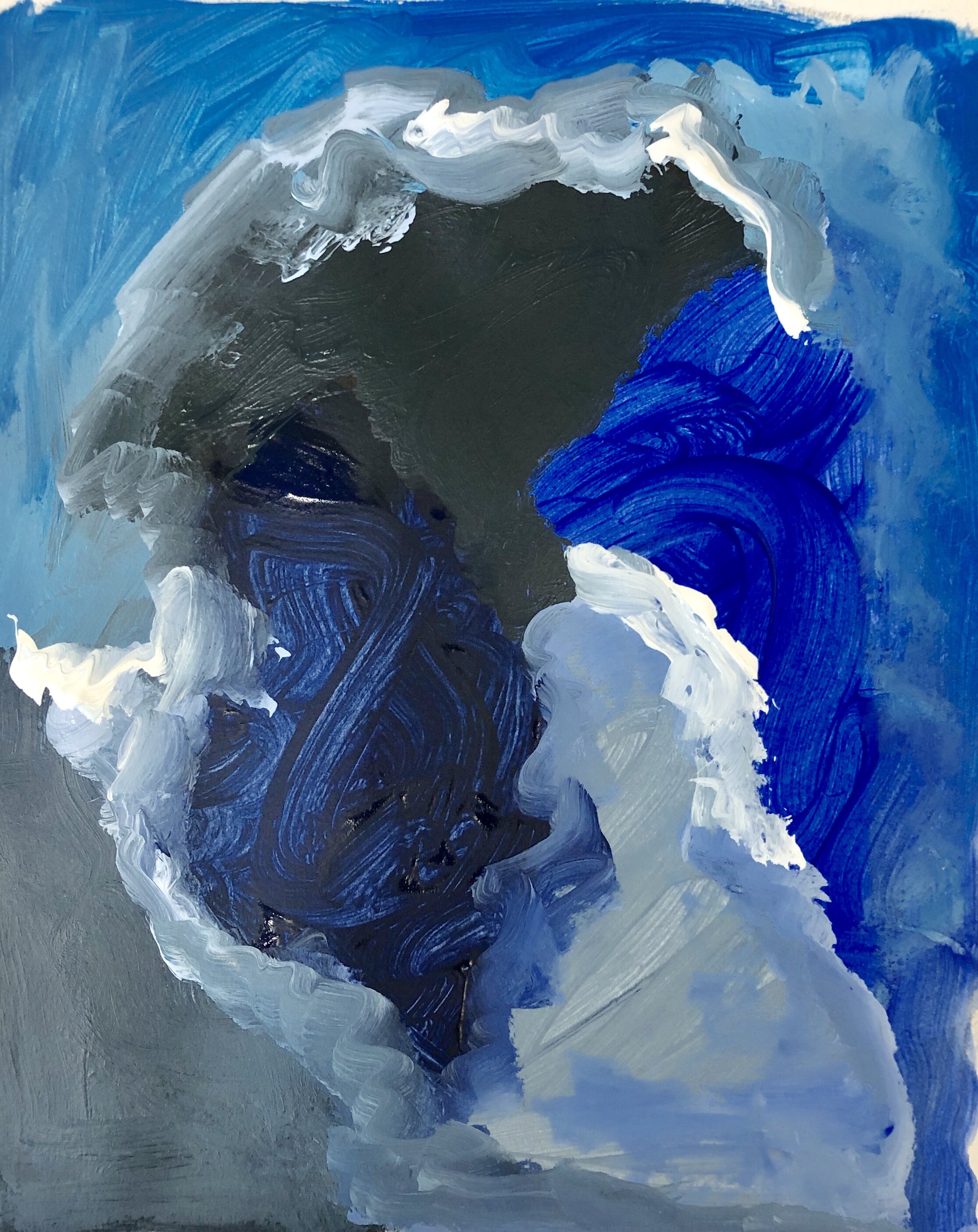

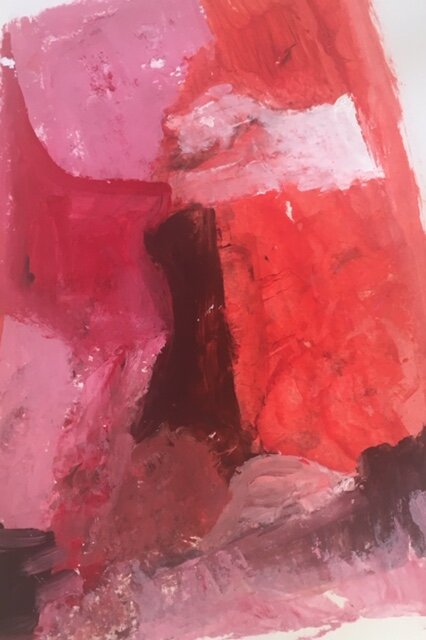
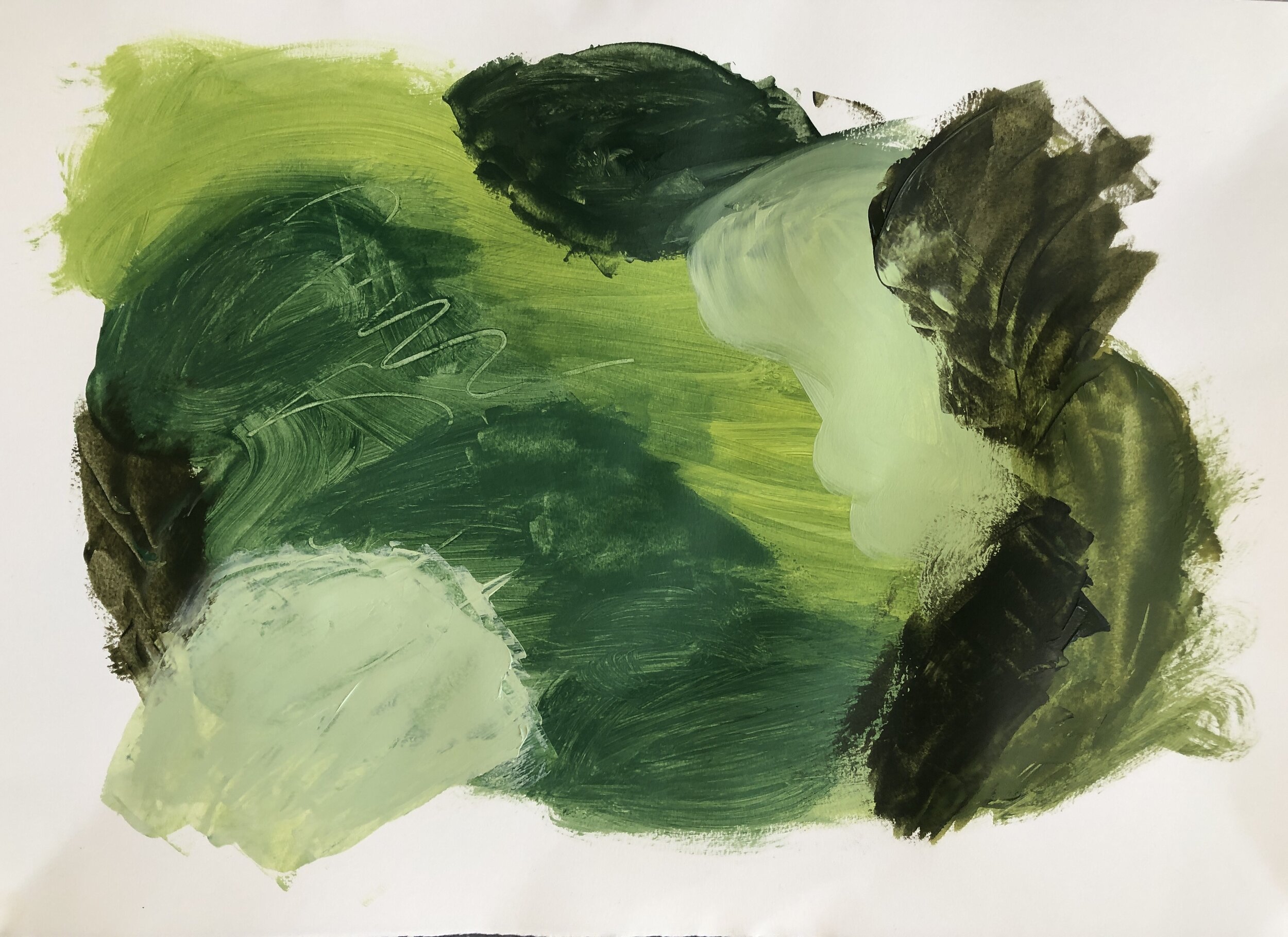
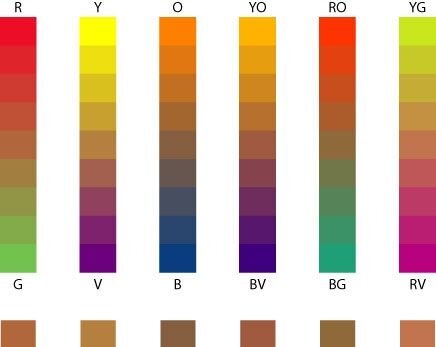

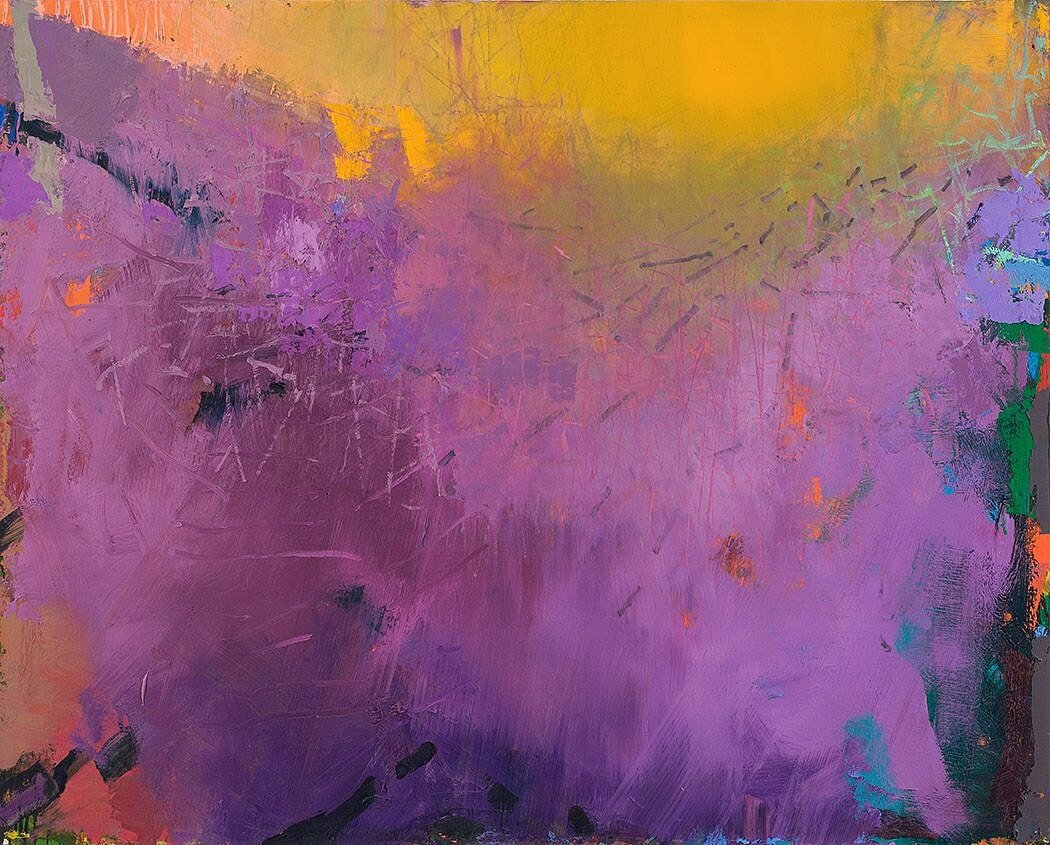
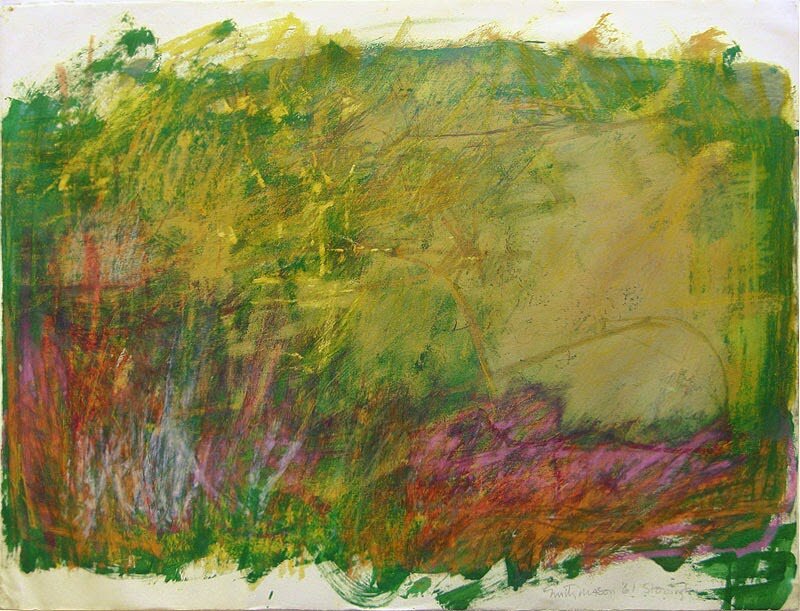
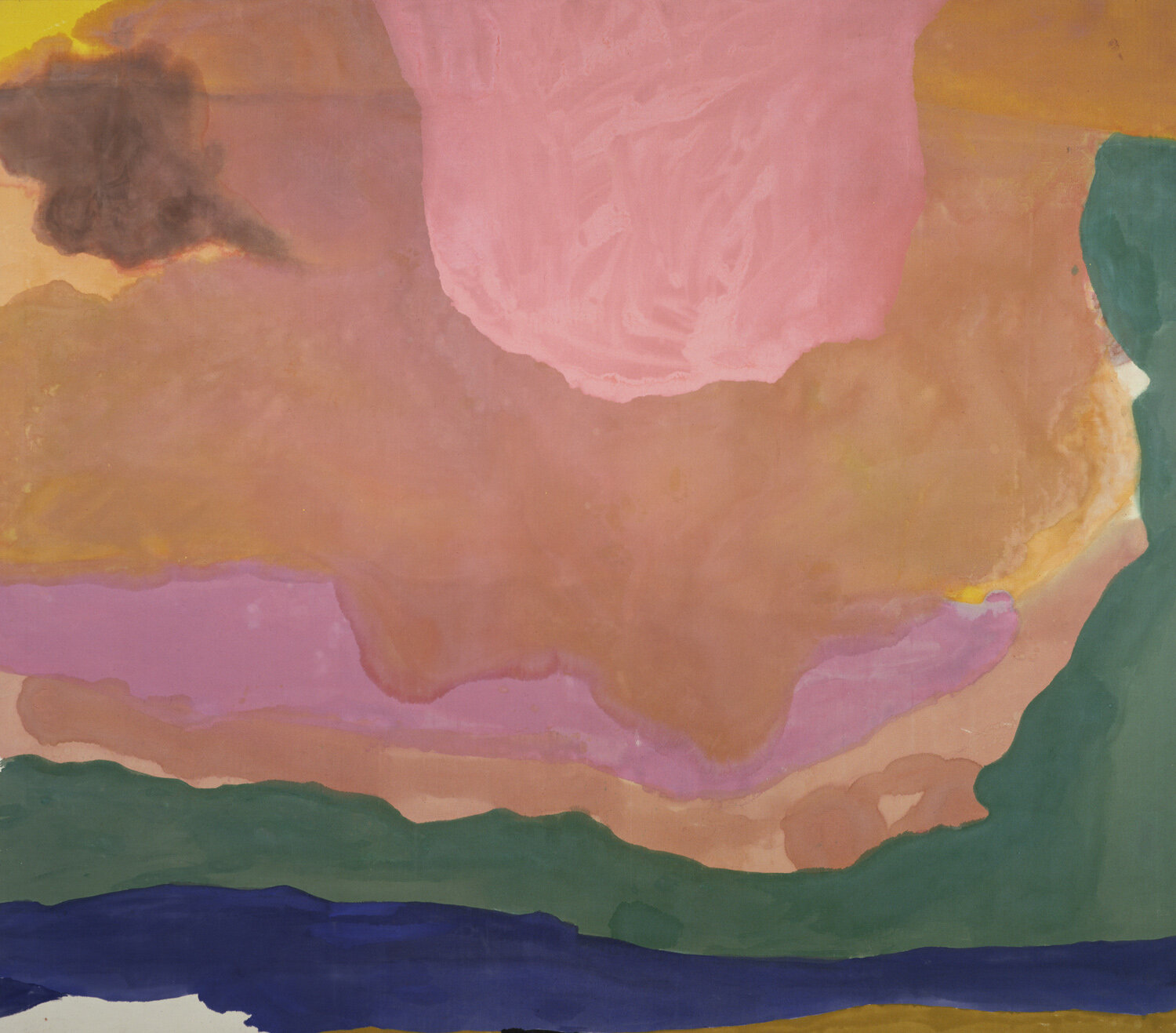
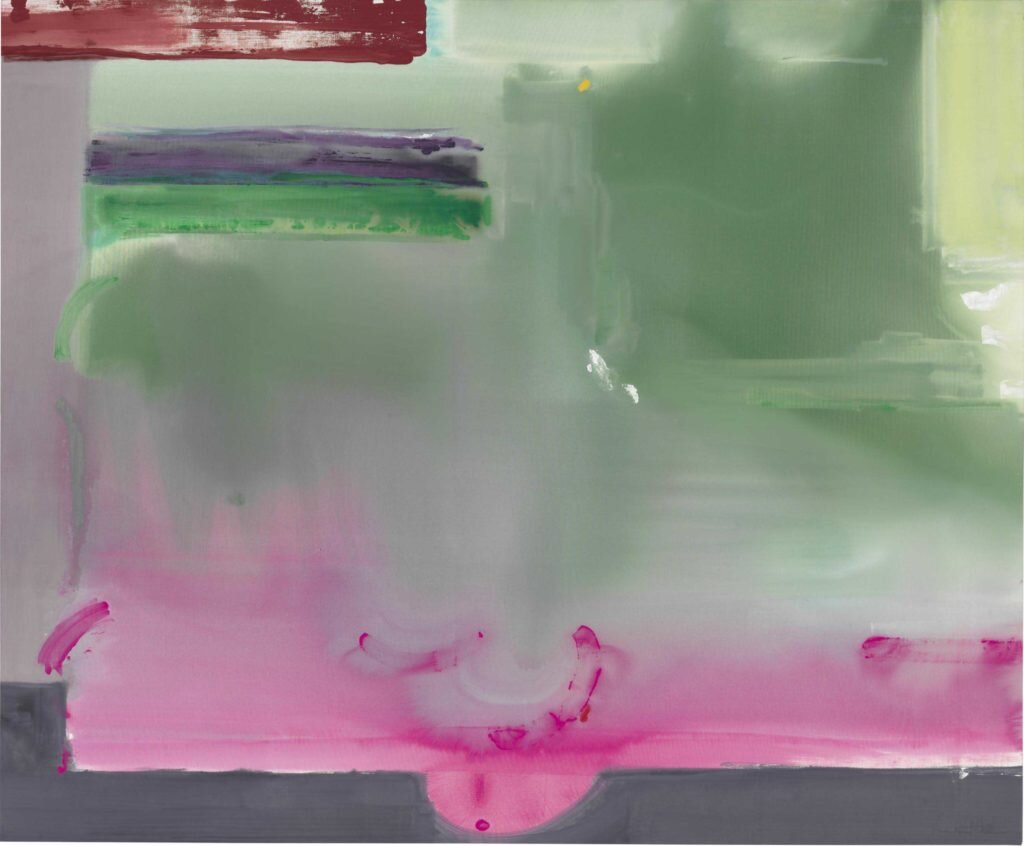
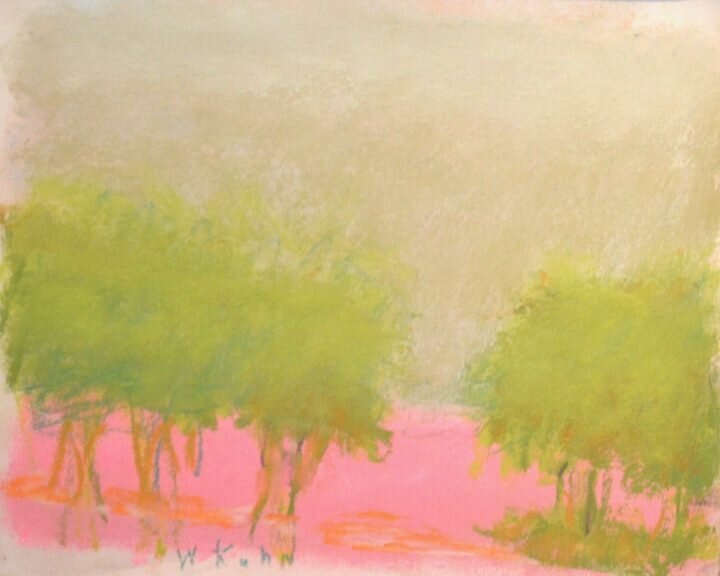
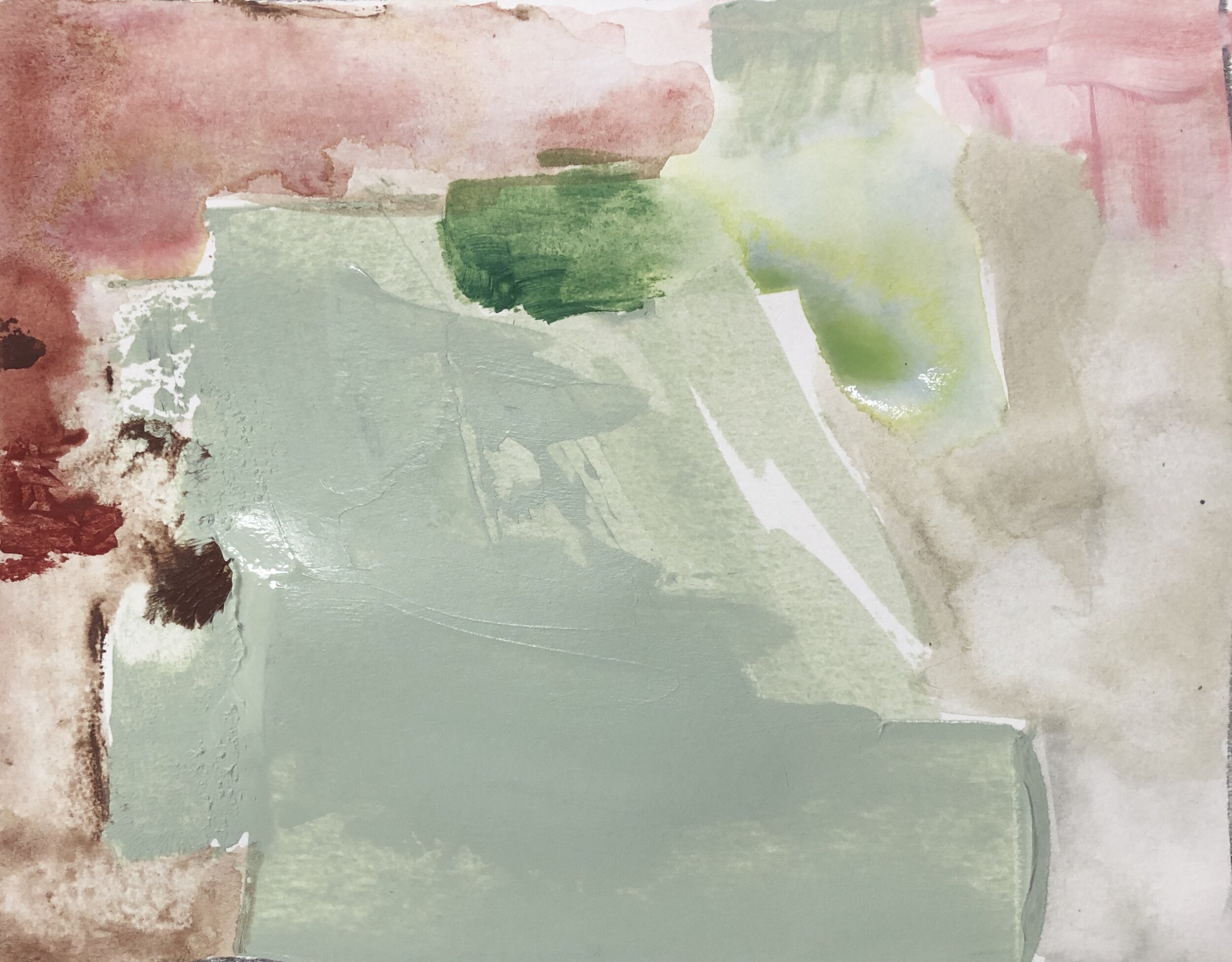
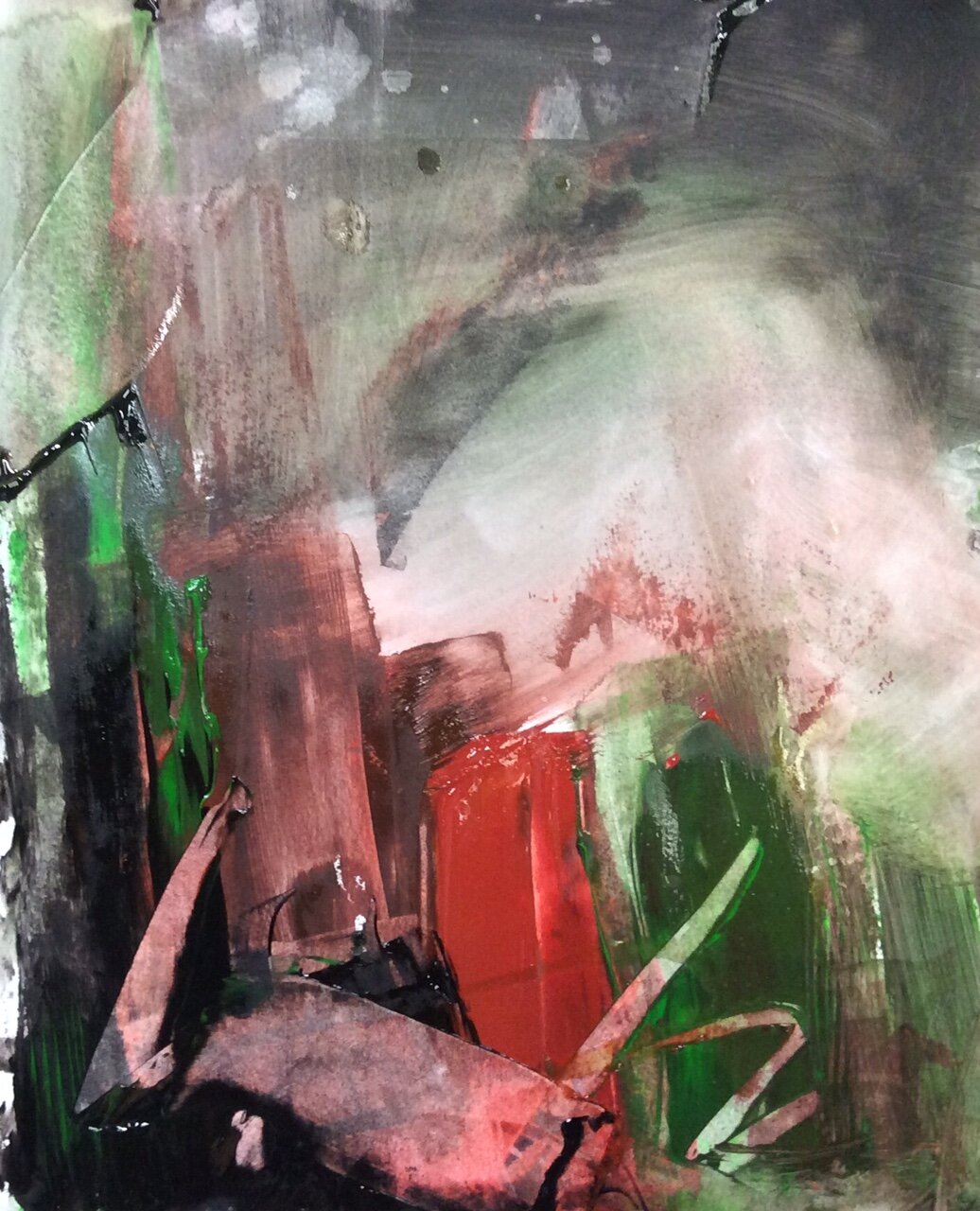
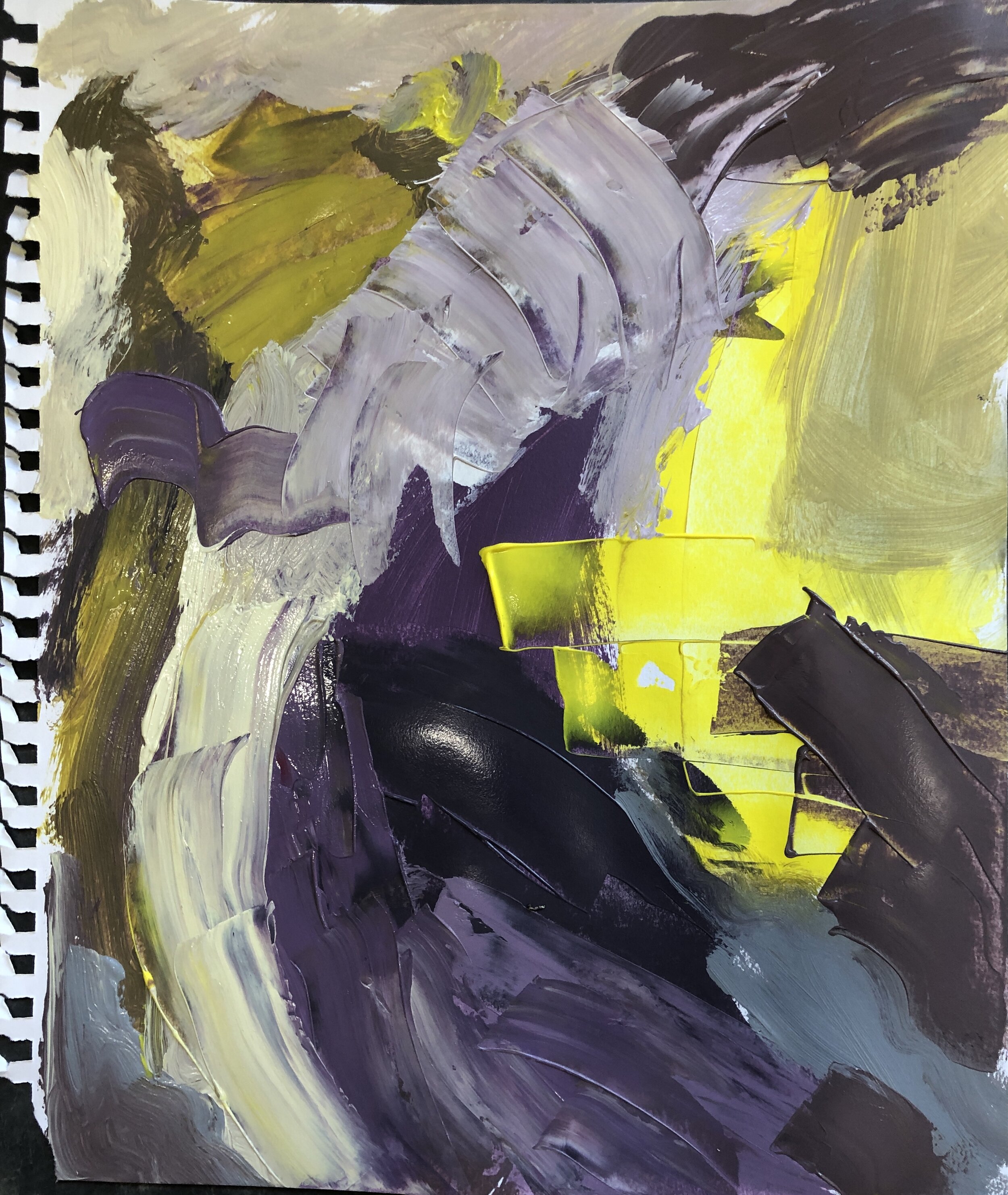
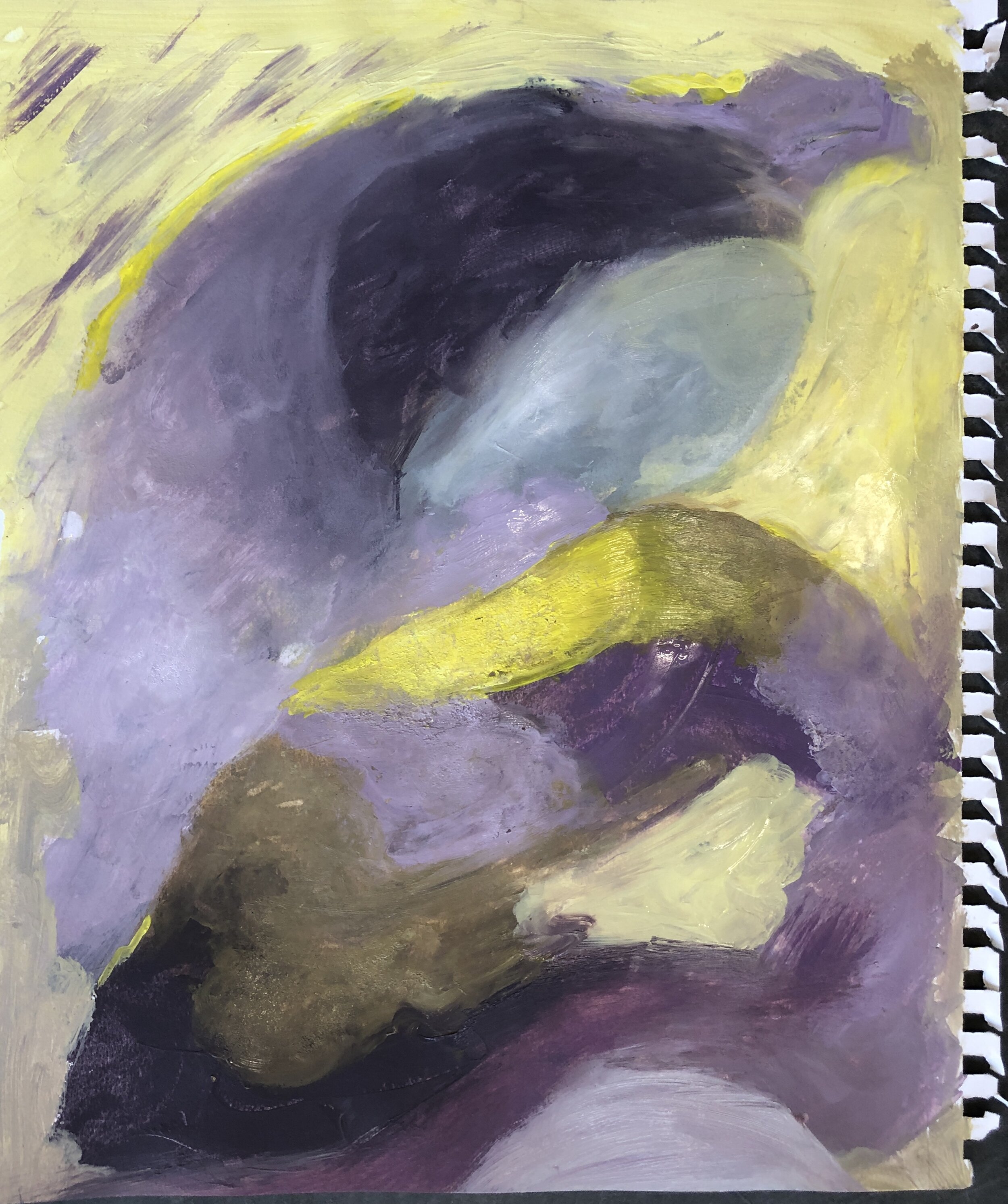
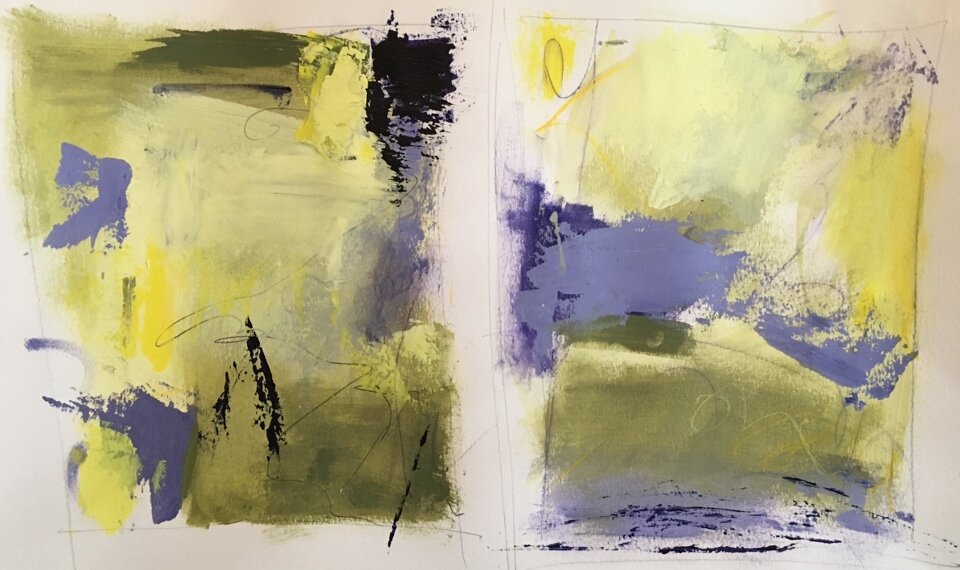



MAY 19 FOURTH CLASS SLIDE SHOW - analougous
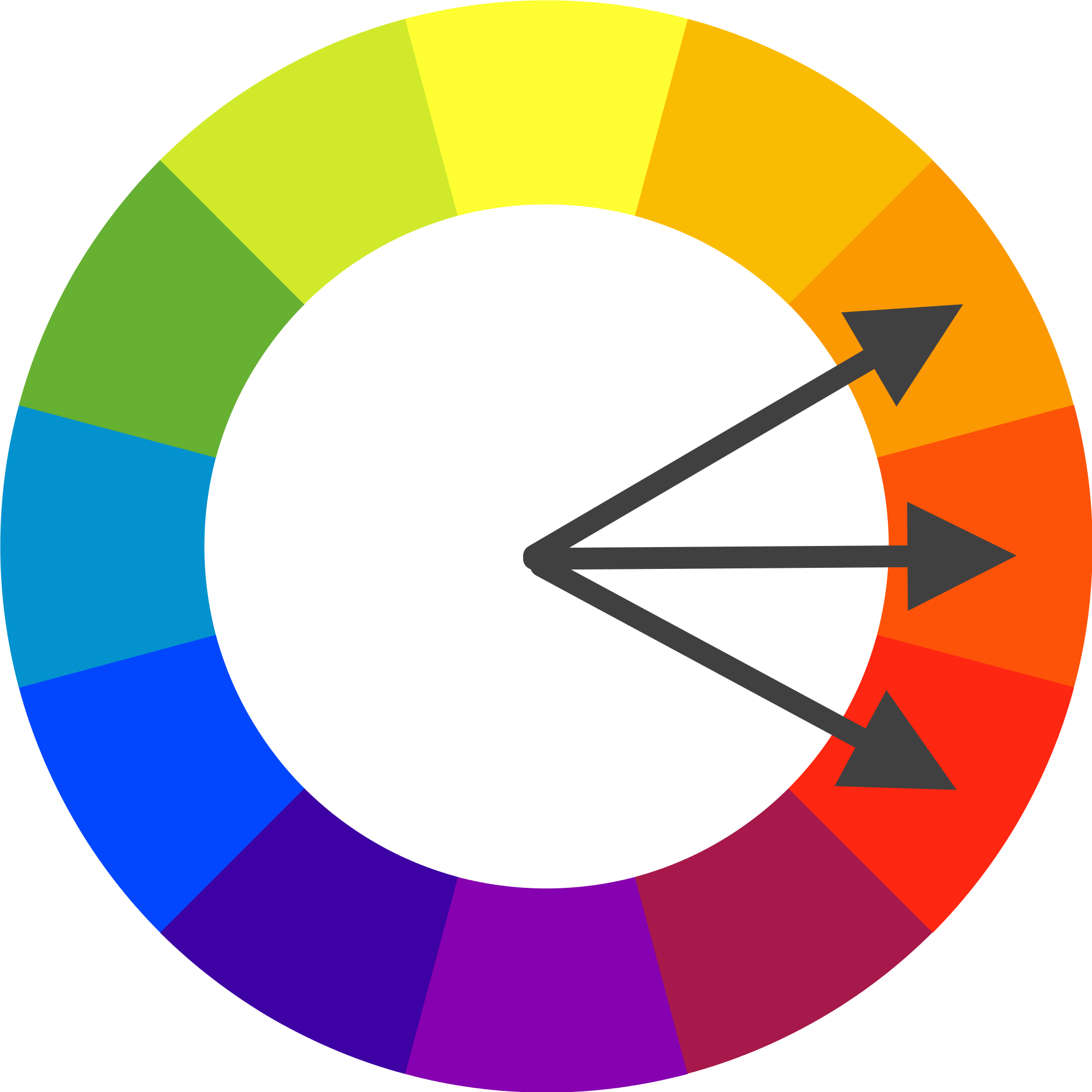
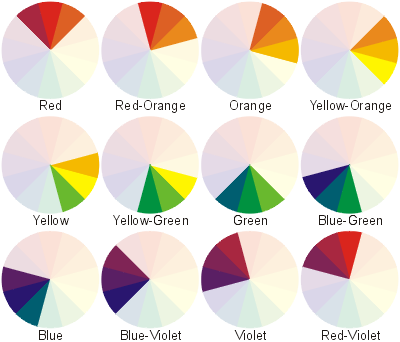
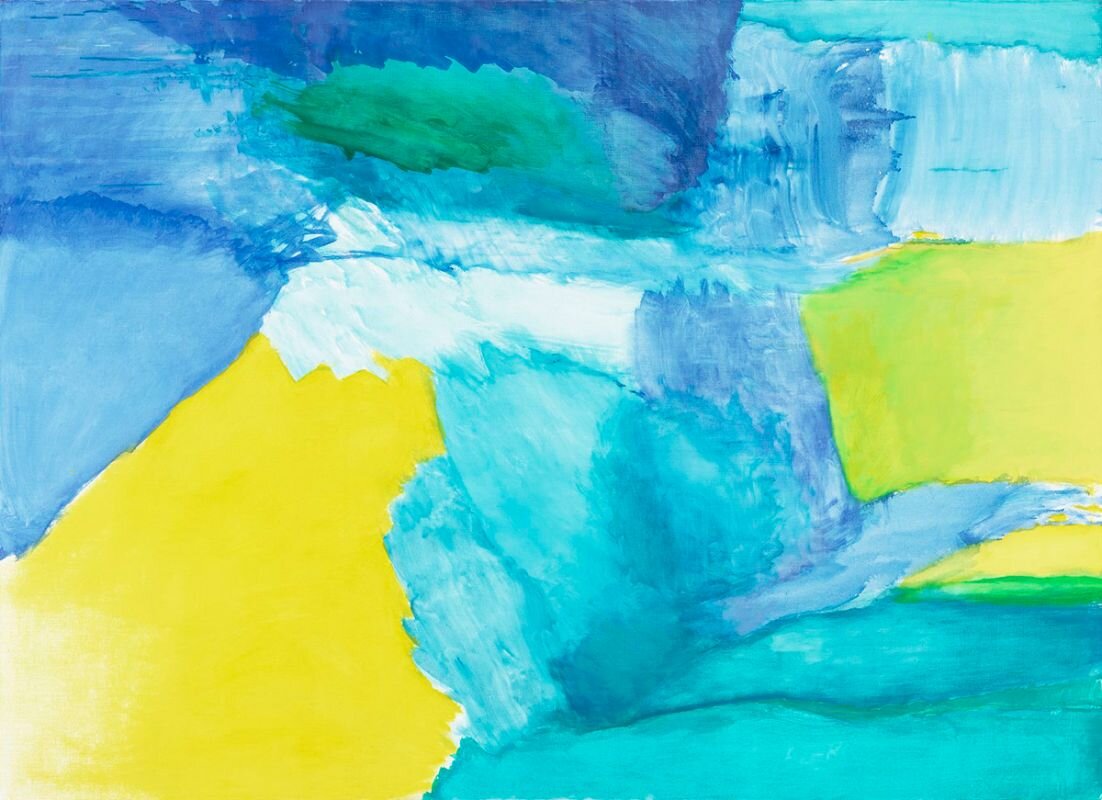
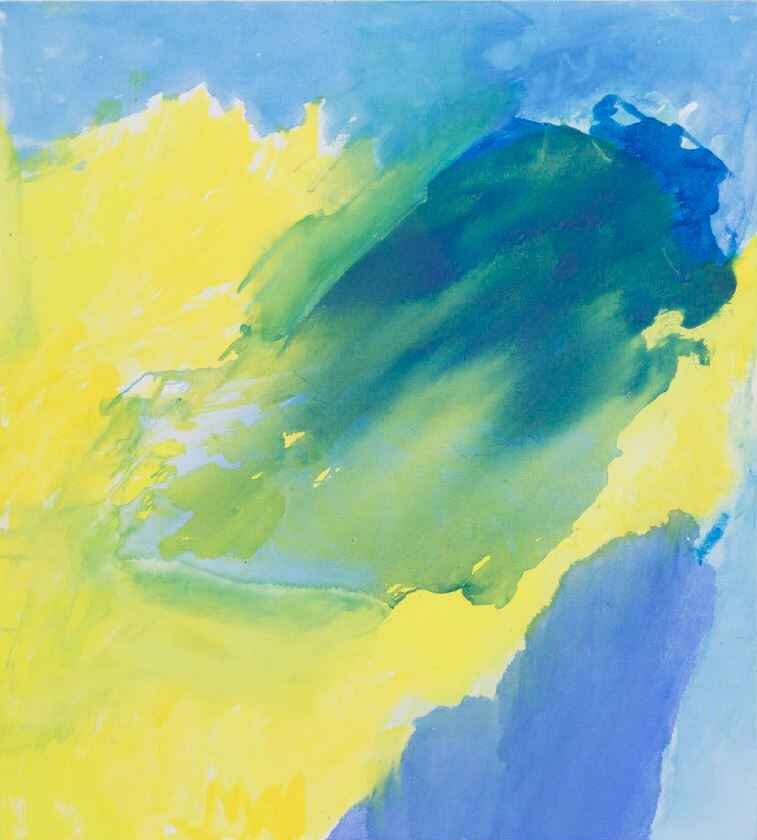


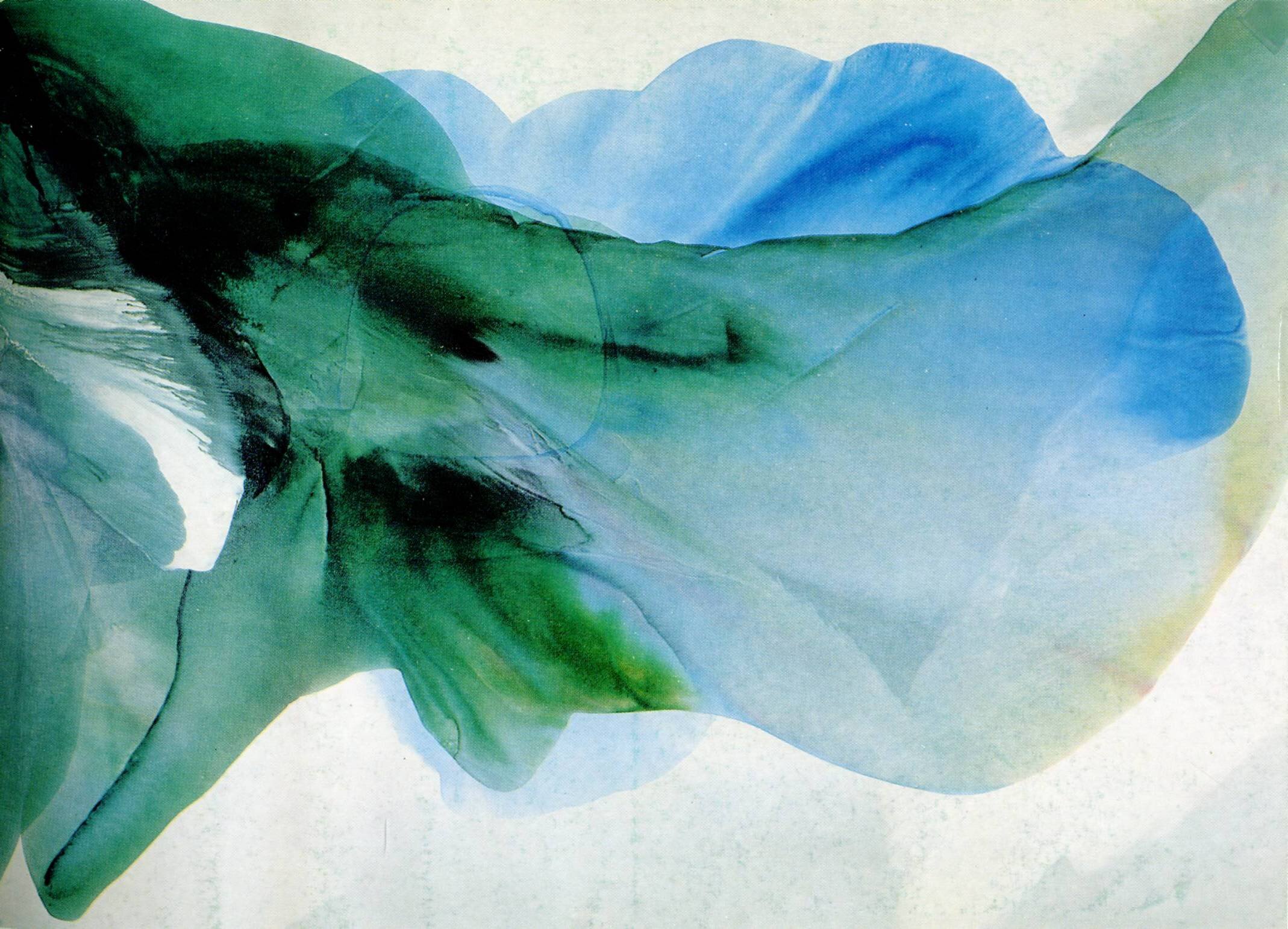
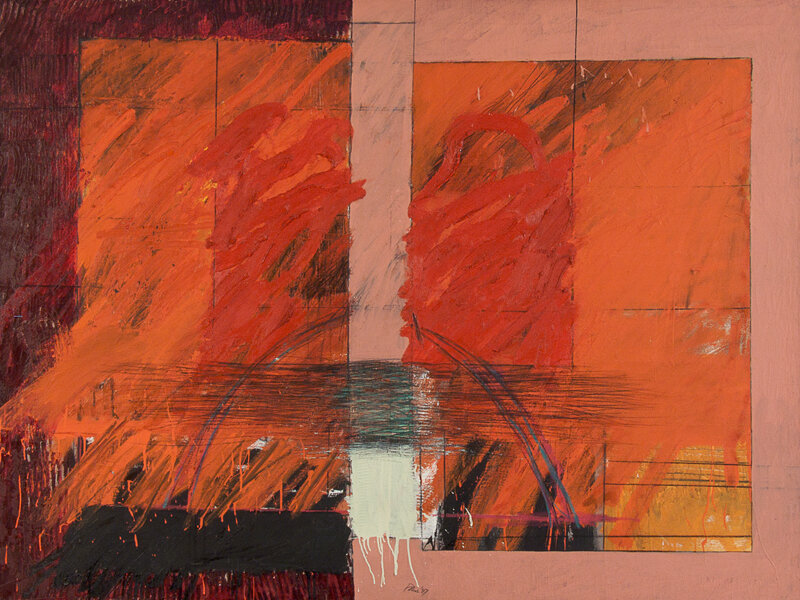
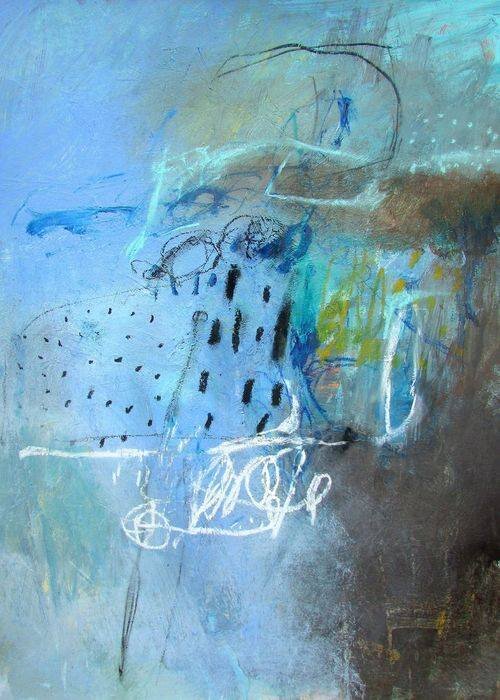
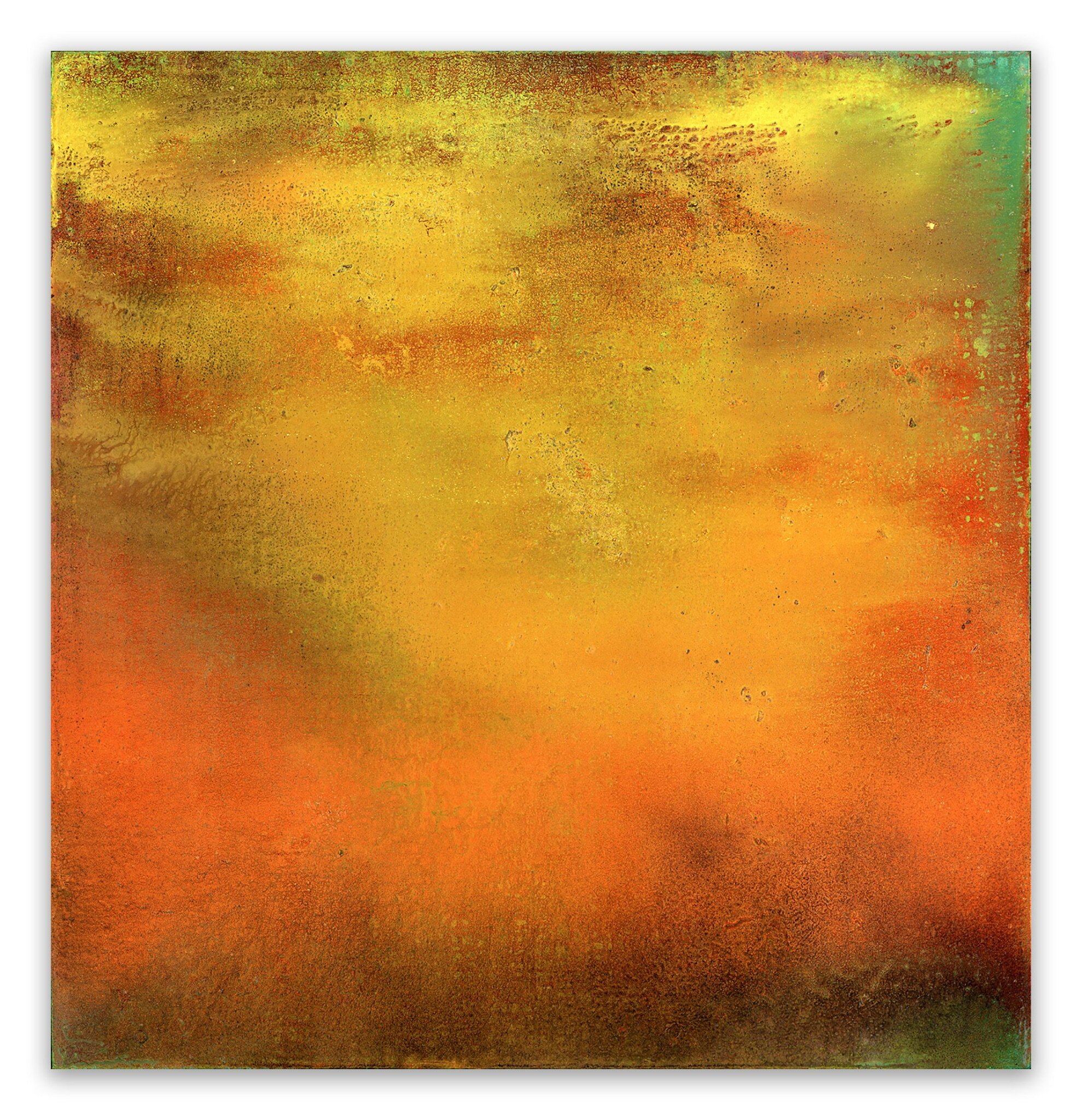
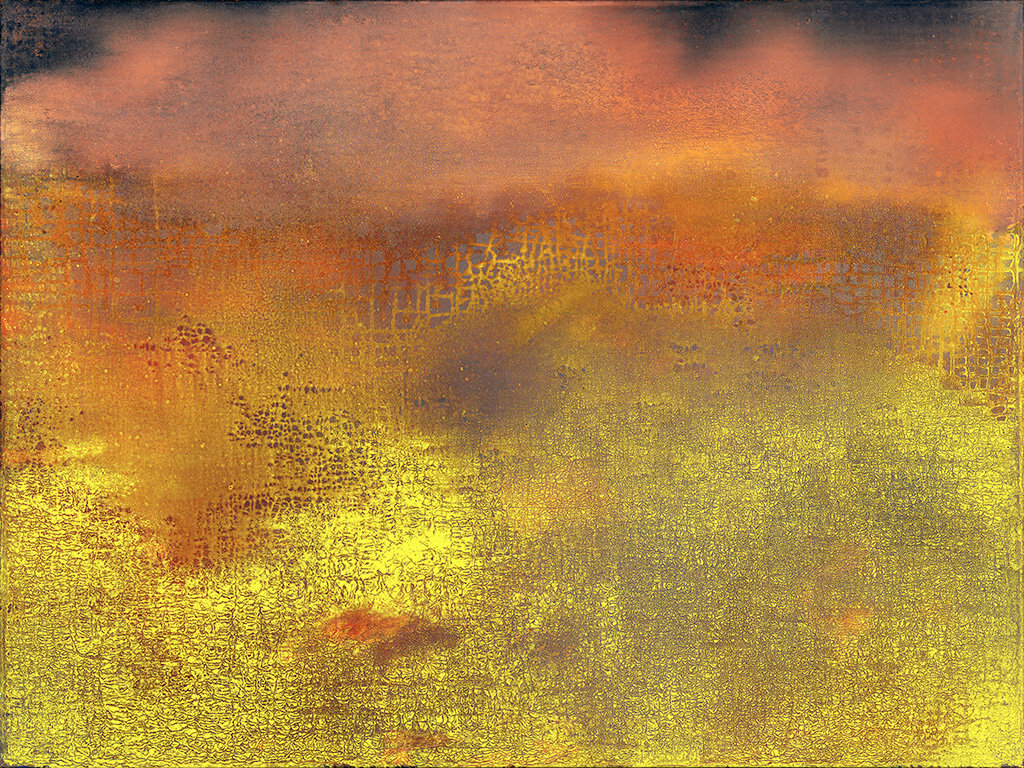
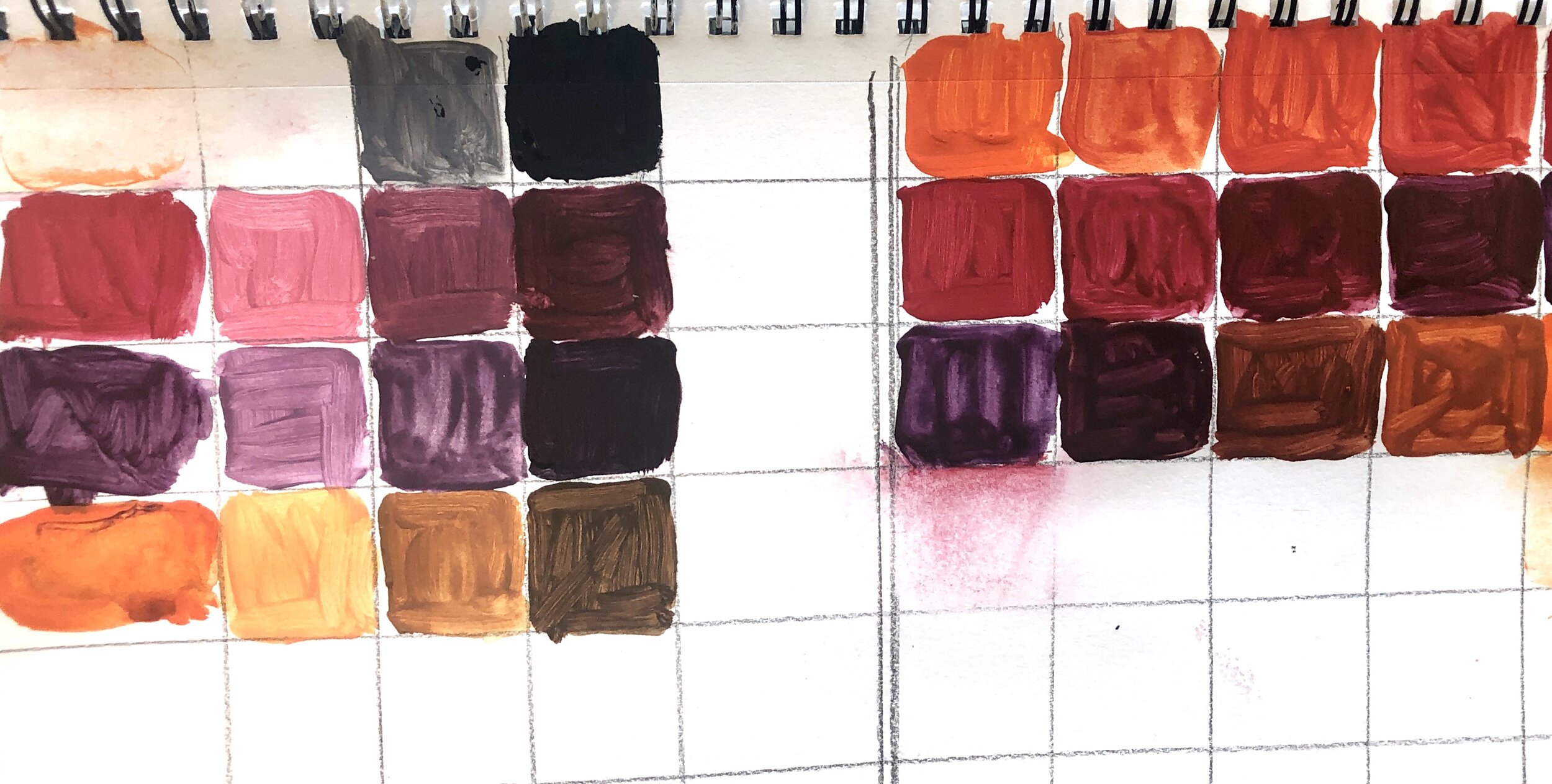
May 26 First Class Slide Show - neutrals
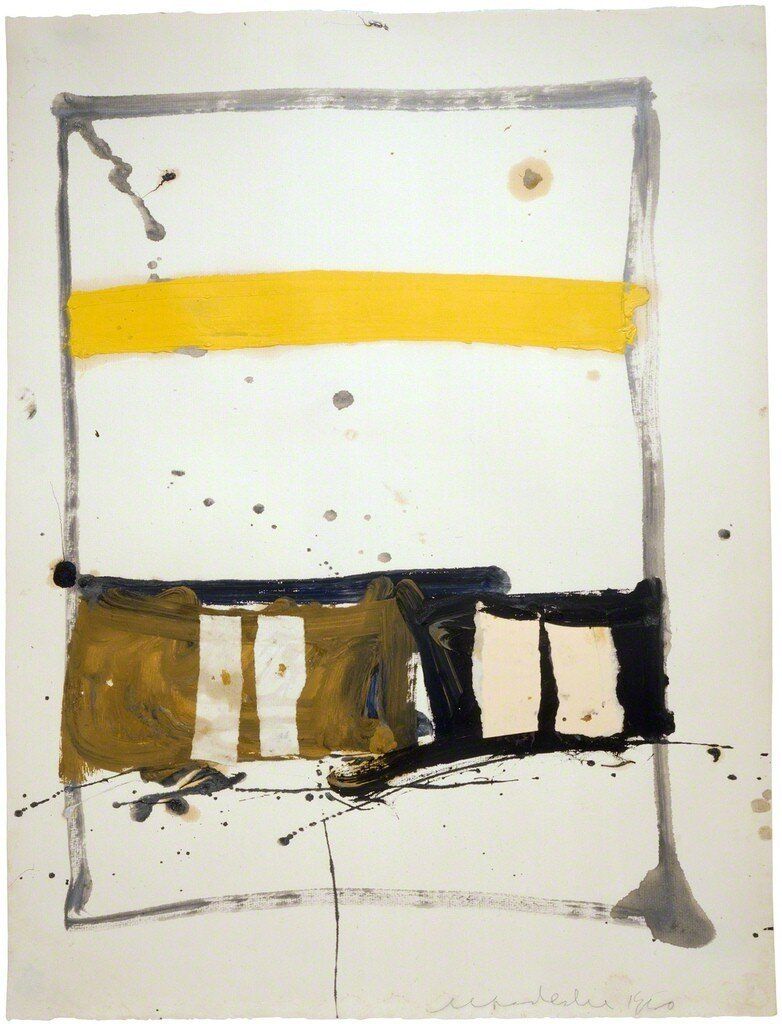
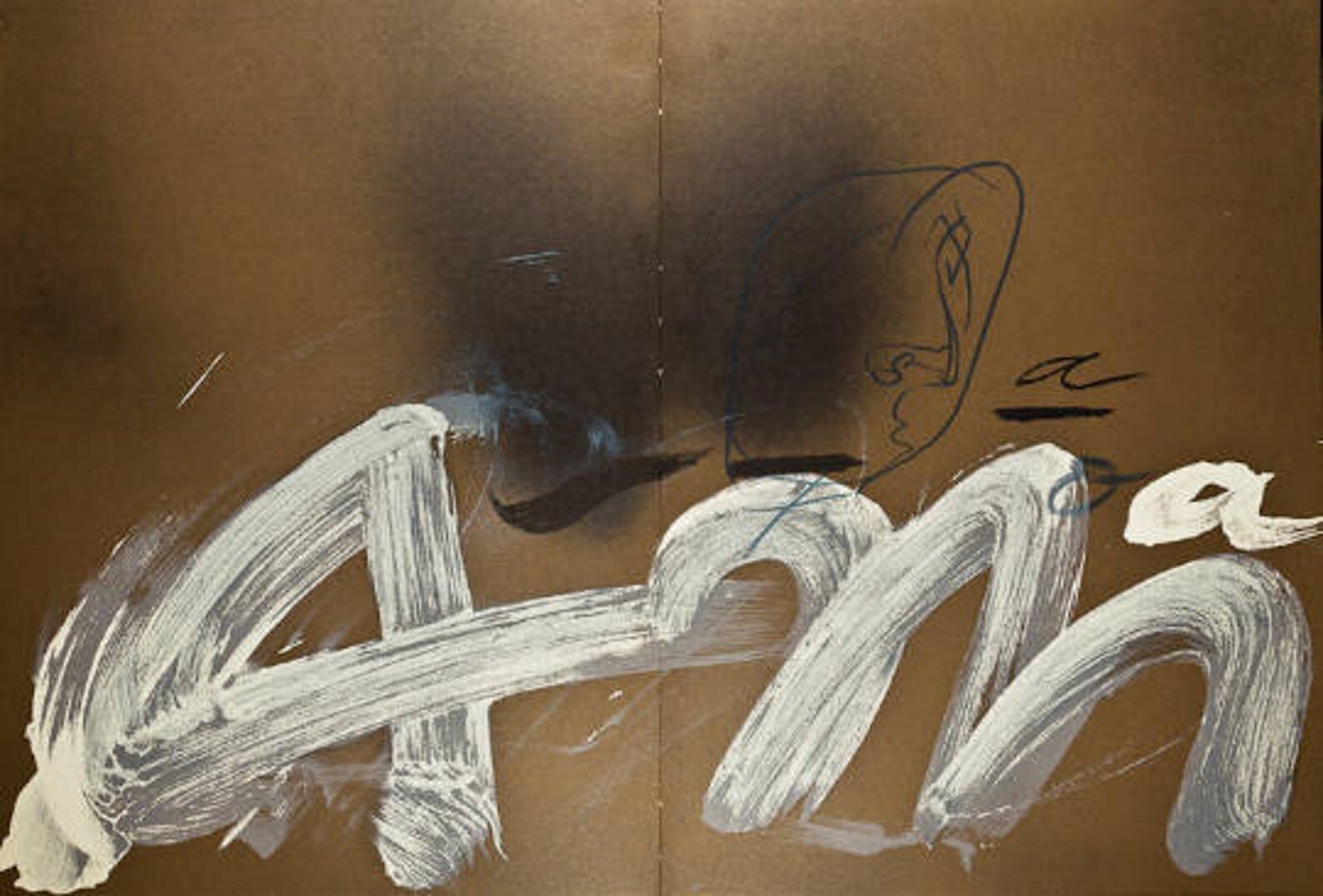

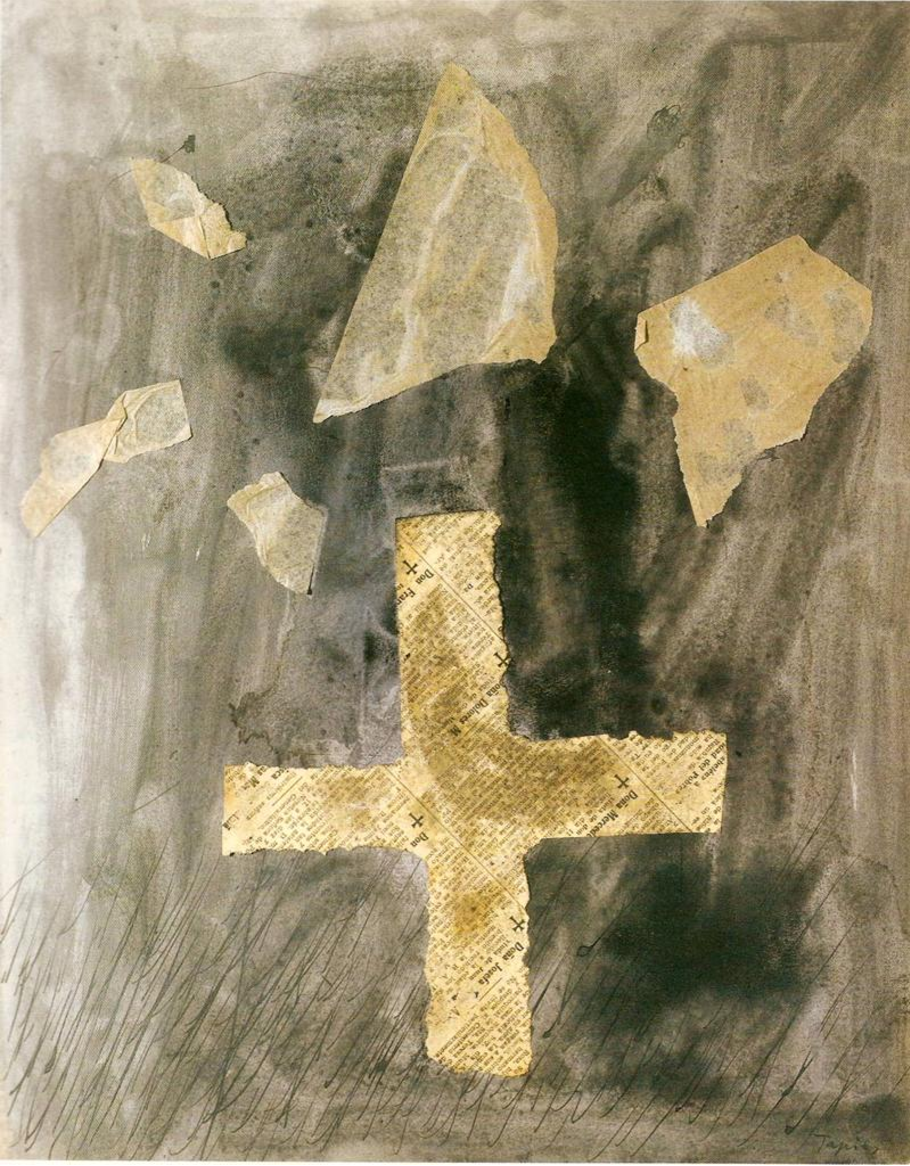
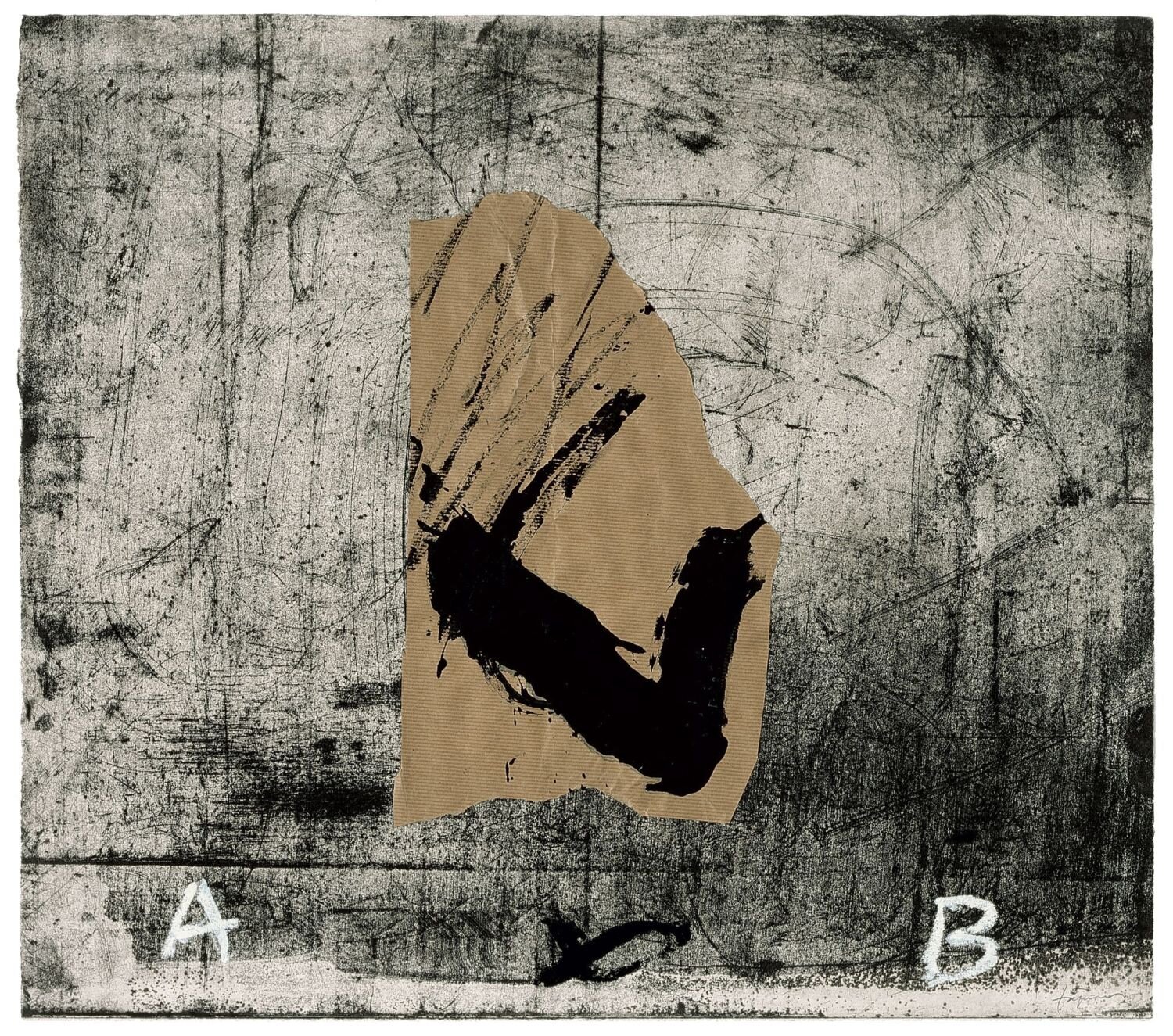
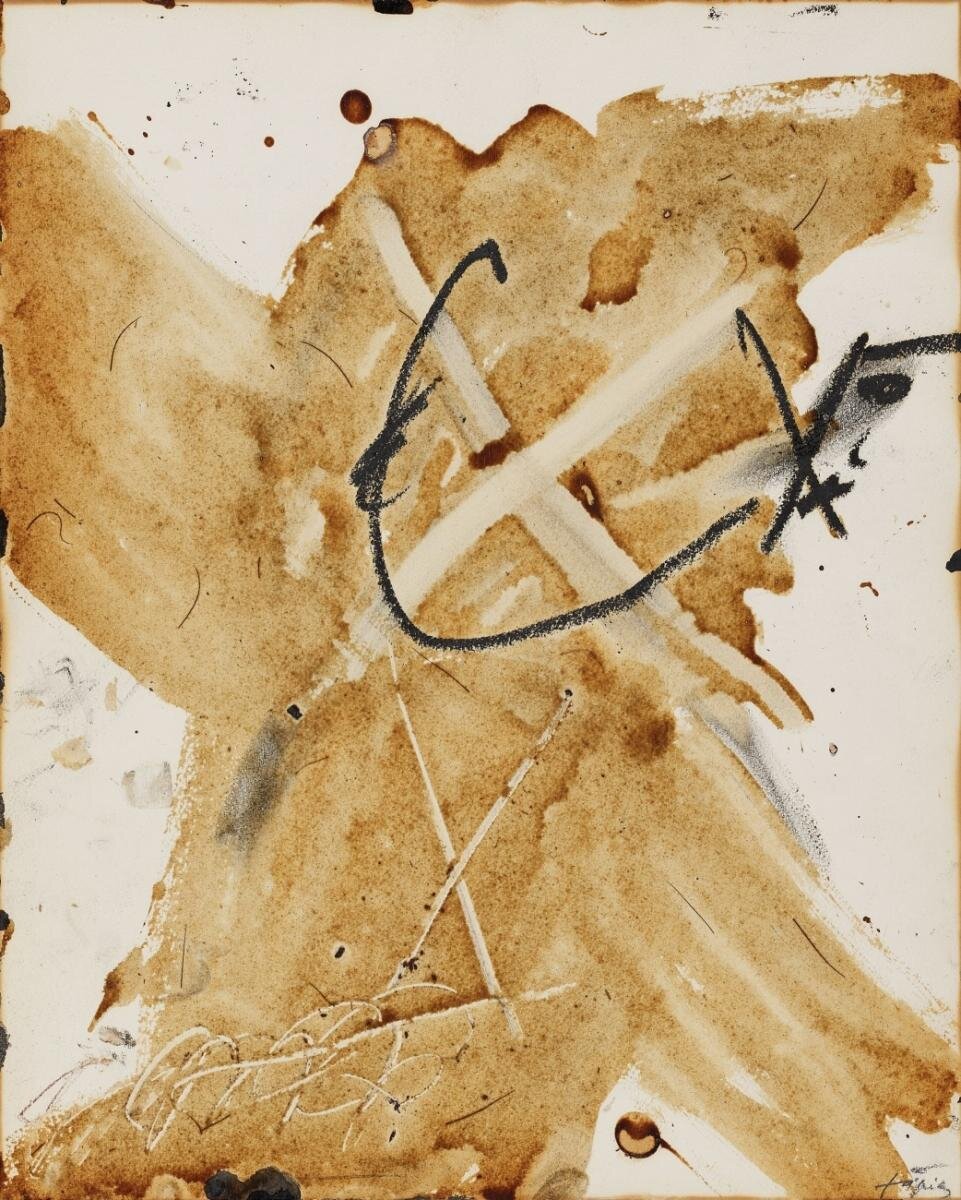
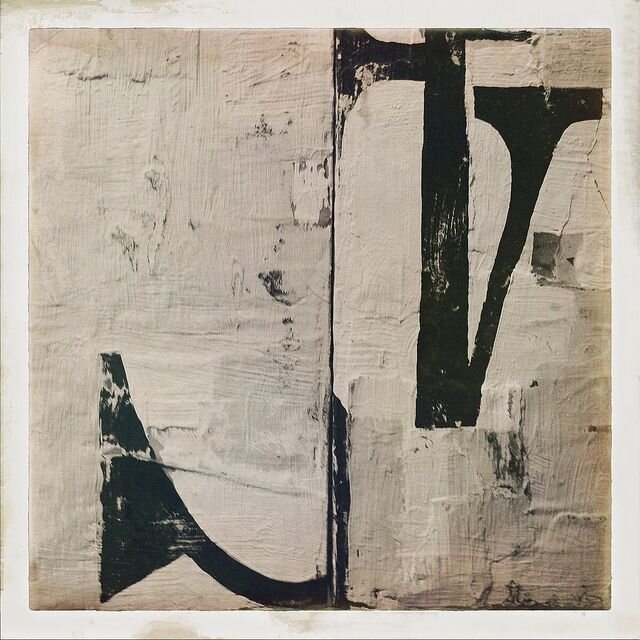
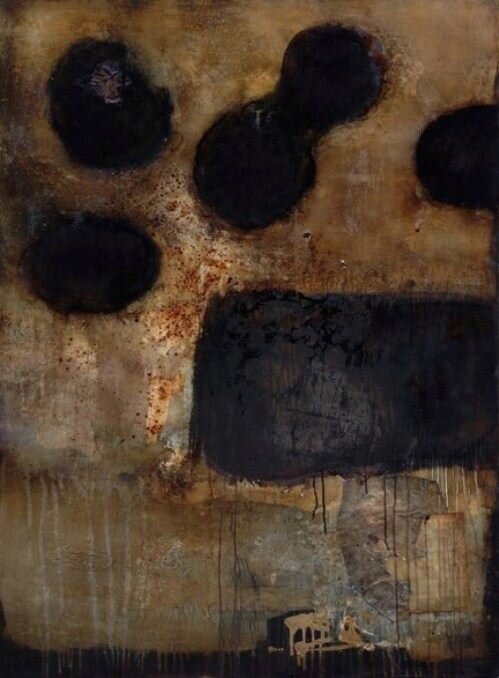
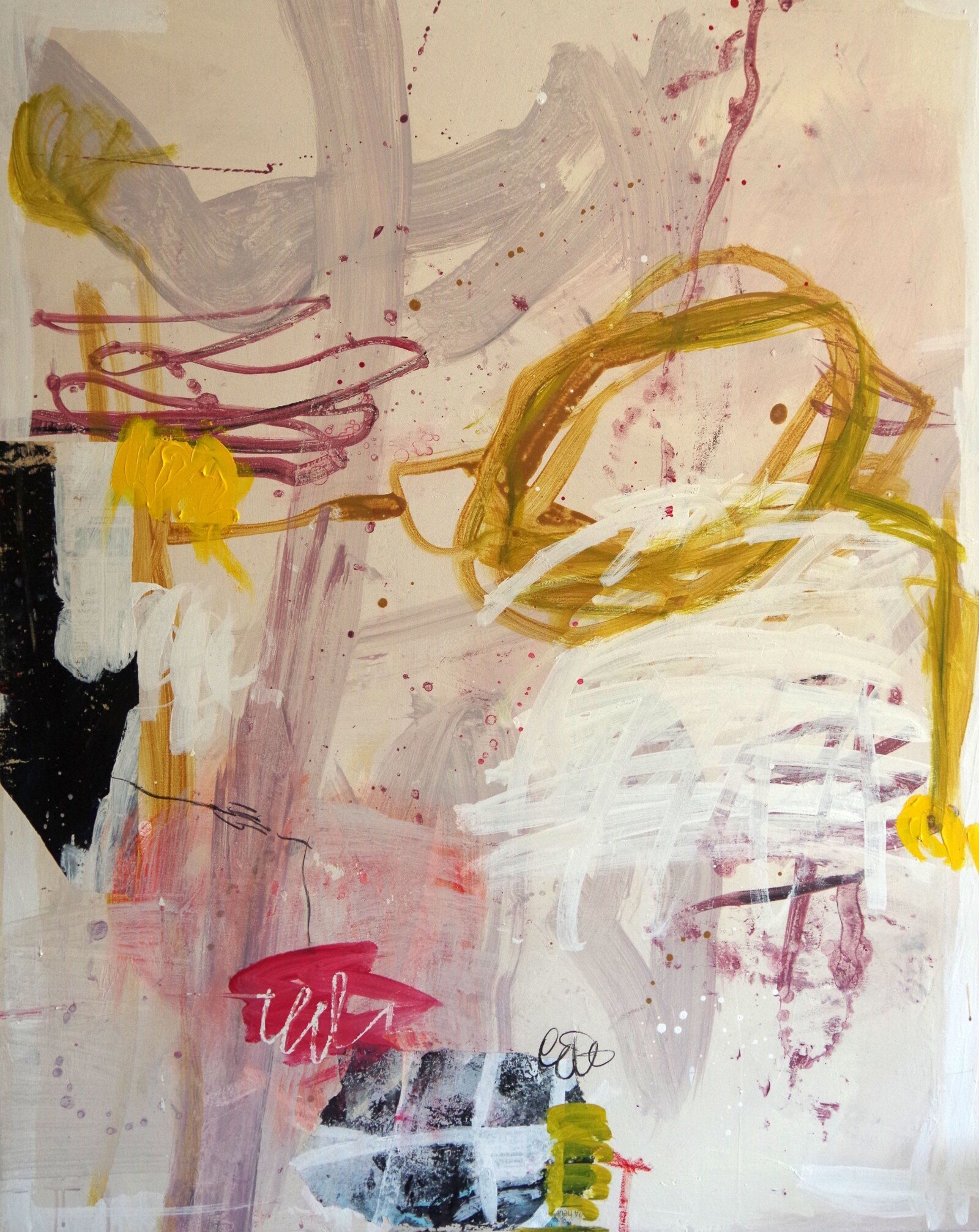
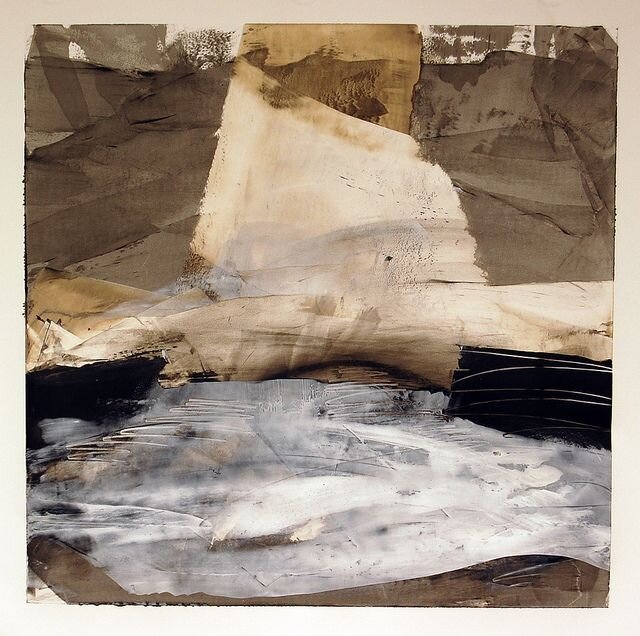
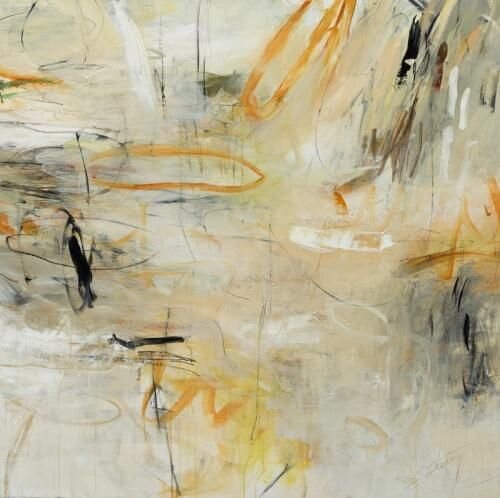
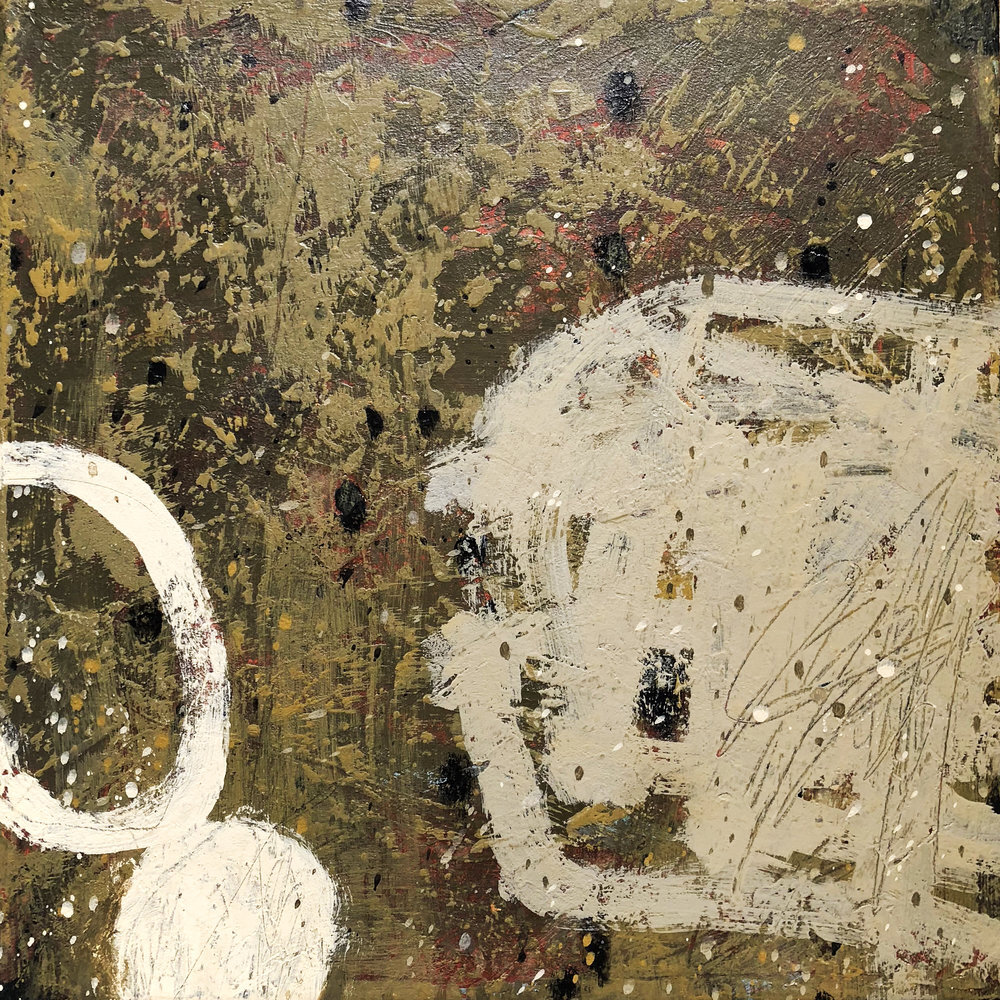
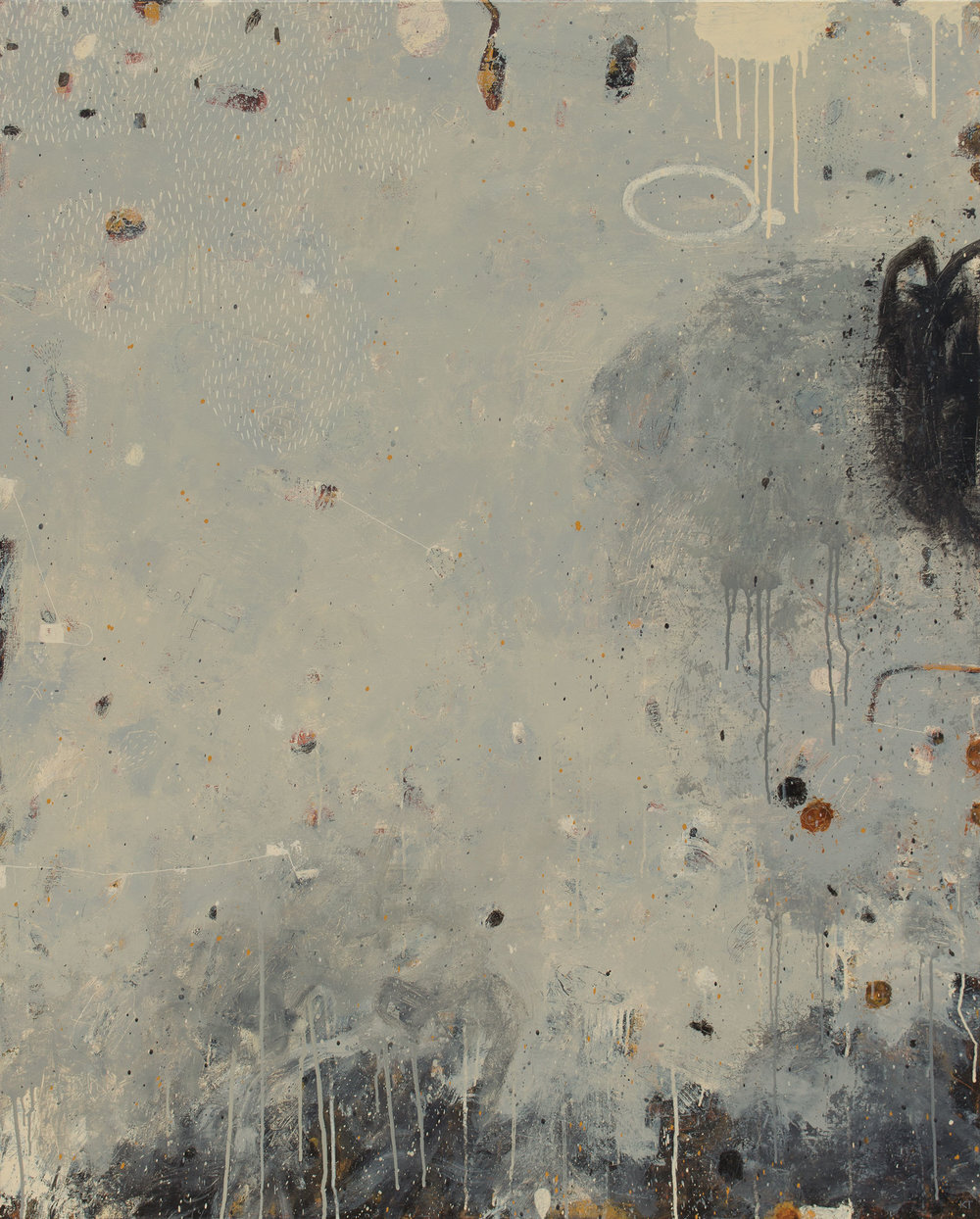
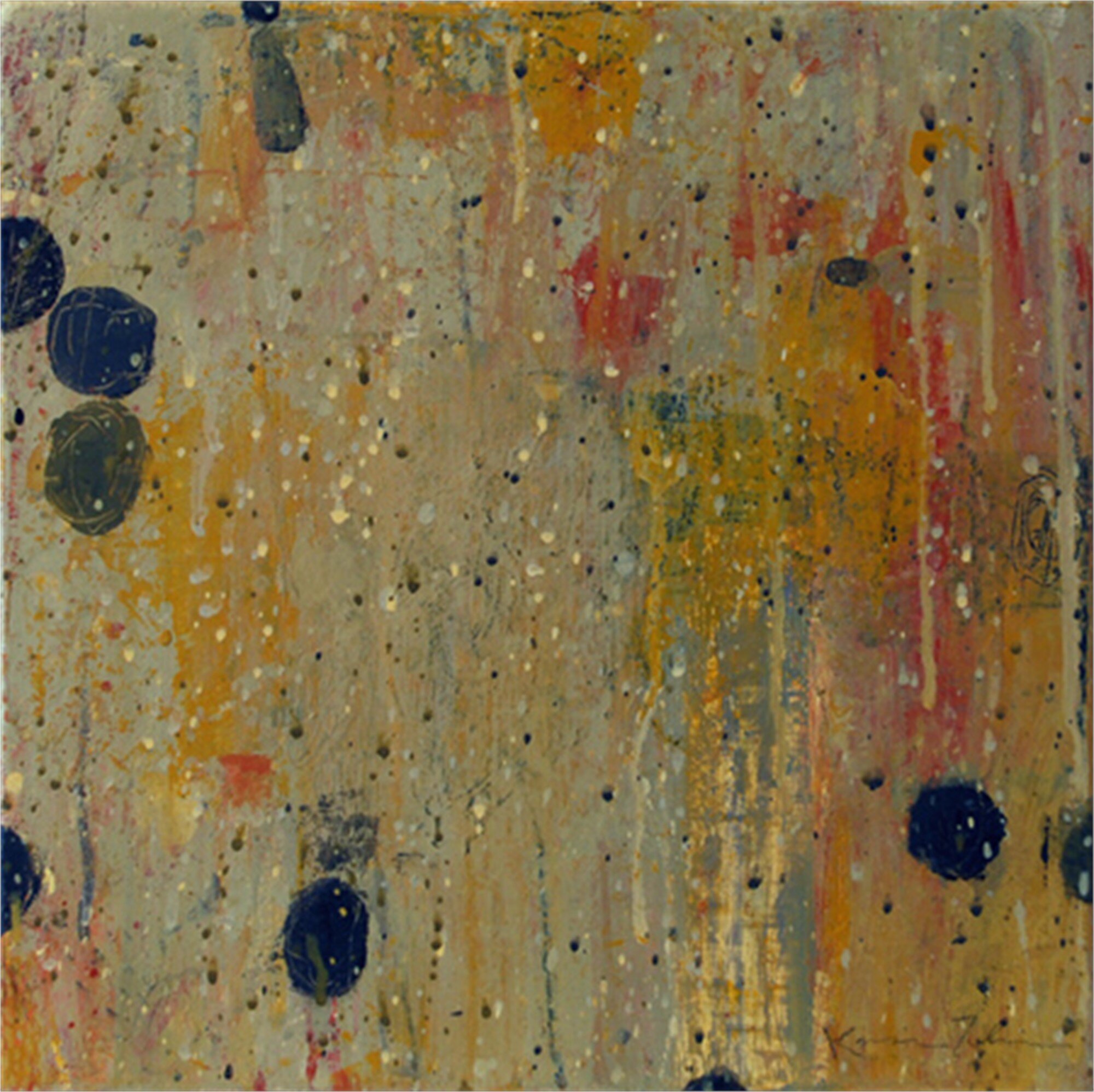
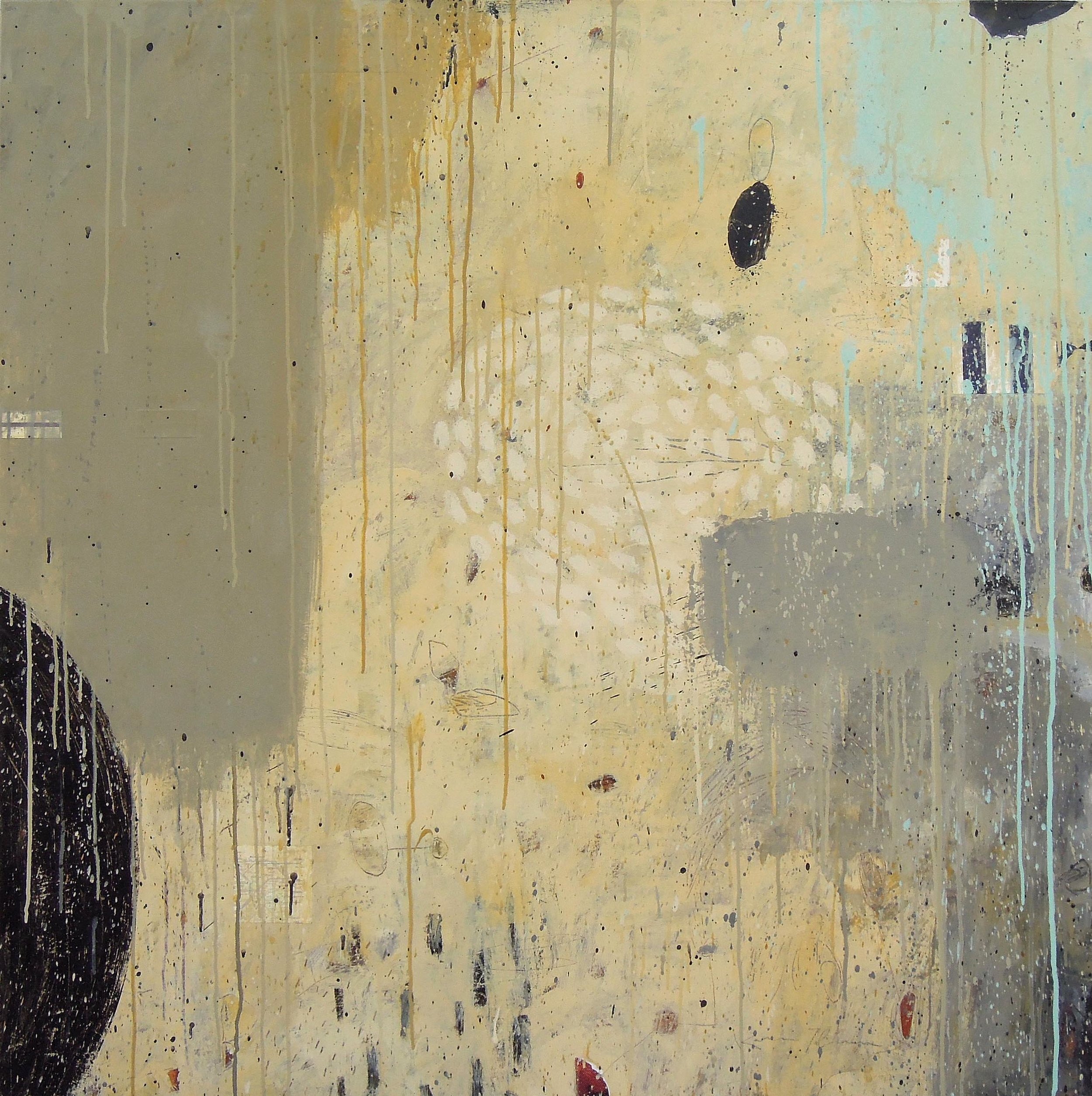
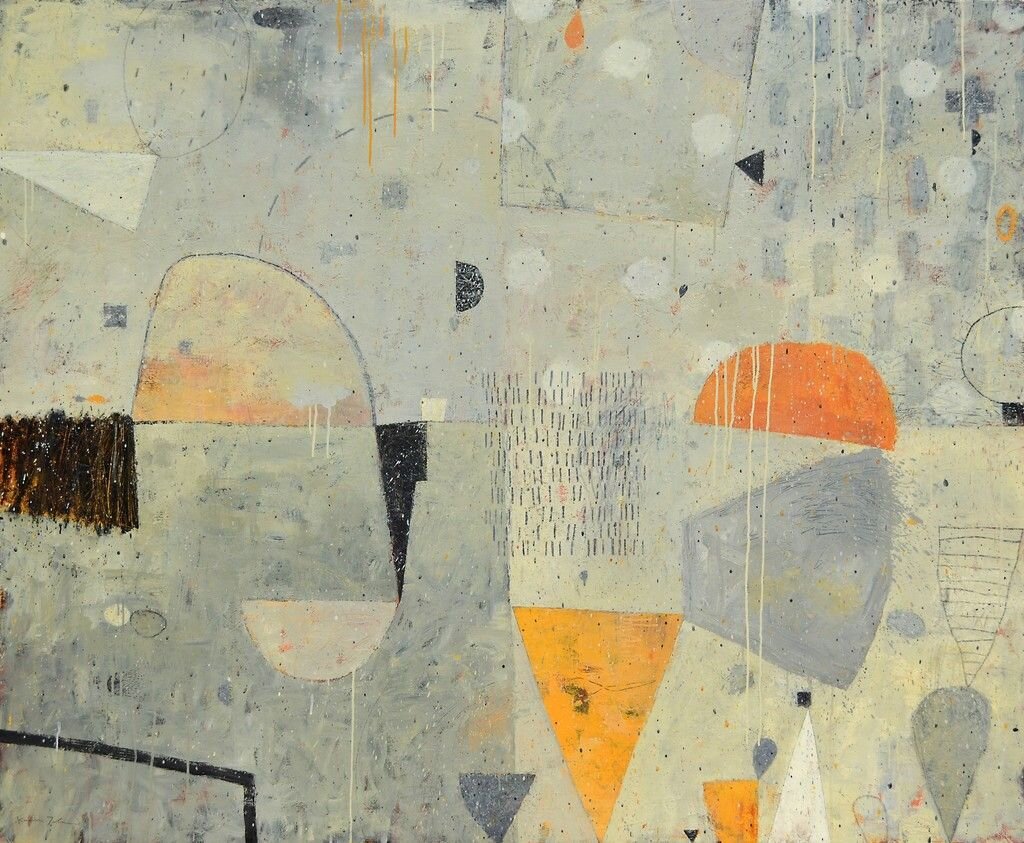
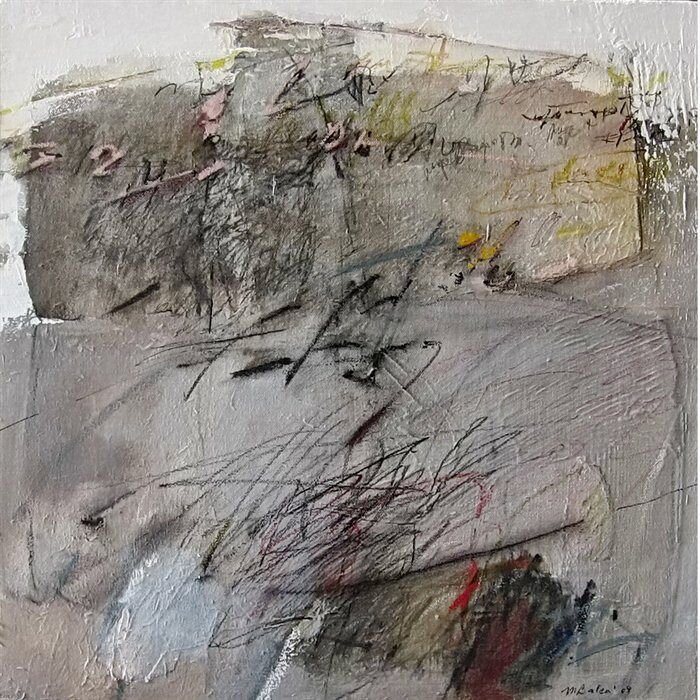
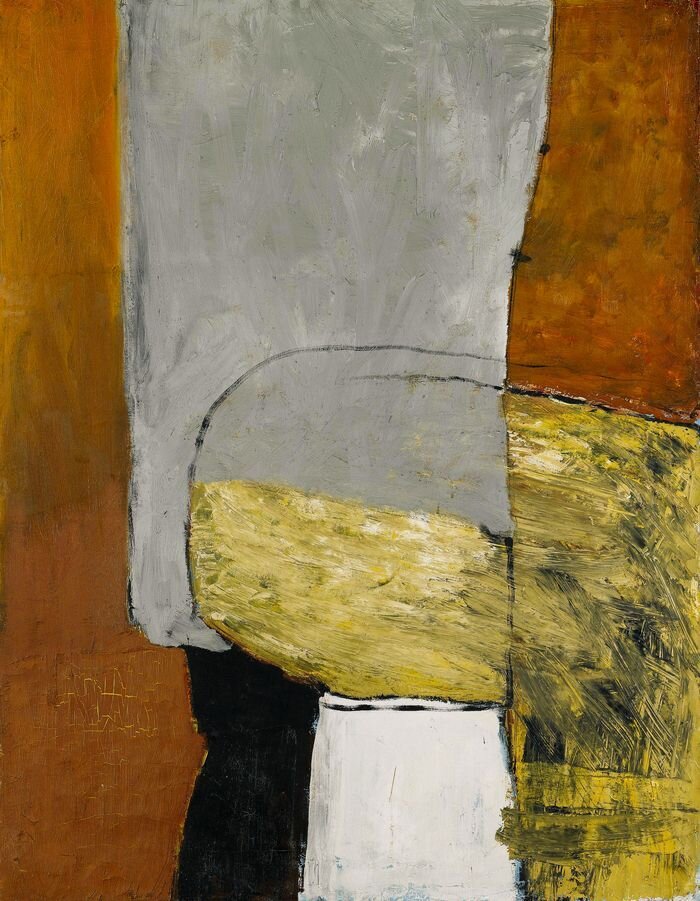
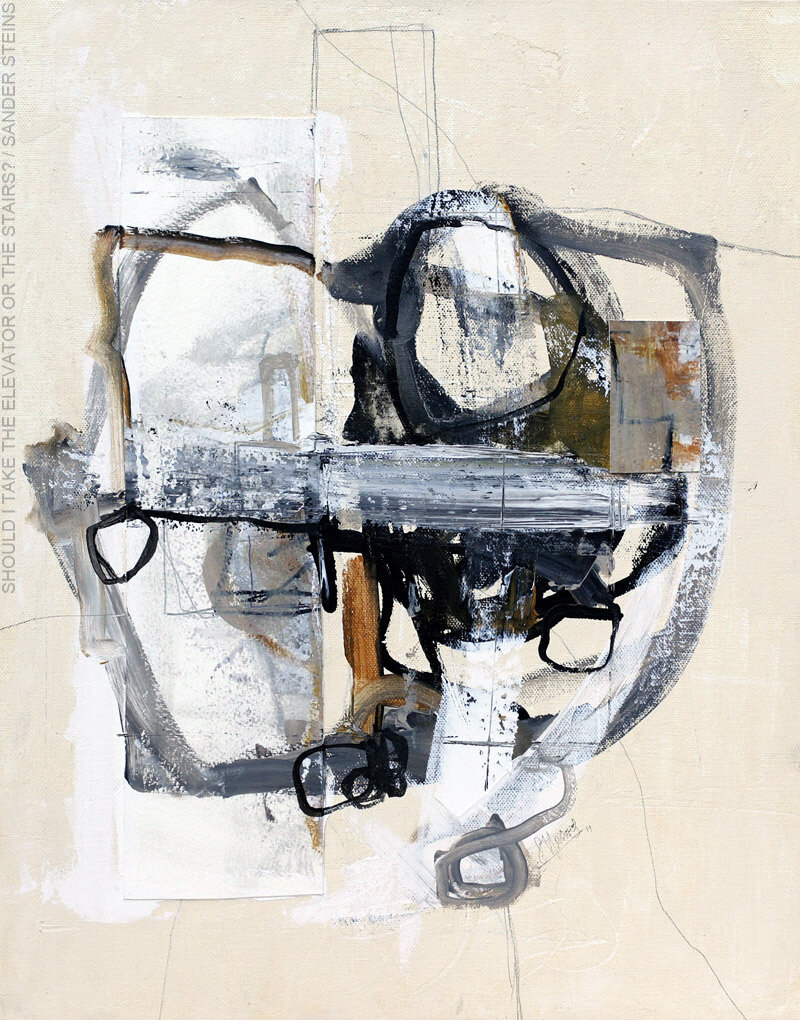
GALLERY OF ART WORK
ANN MARGOLIN
RICHARD KREMER
SUZANNE JACQUOT
WHAT YOU HAVE LEARNED IN COLOR 1
See if you can define the following:
Terminology for Color Basics
Spectrum
Hue
Saturation/Intensity/Chroma
Value
Color Wheel
Prismatic Hues
Gray scale
Tints
Shades
Tones
High Key
Low Key
Muted Colors
Overtone
Warm and Cool Colors
Primary hues
Secondary hues
Tertiary hues
Color Schemes
Monochromatic
Complementary hues - name the 6 pairs
Analogous hues
Triadic hues – primary, secondary
Achromatic greys
Neutrals
Chromatic greys
Color harmony
Simultaneous contrast
THANK YOU FOR PARTICIPATING IN COLOR 1!
I LOOK FORWARD TO SEEING YOU AGAIN IN ANOTHER CLASS.
